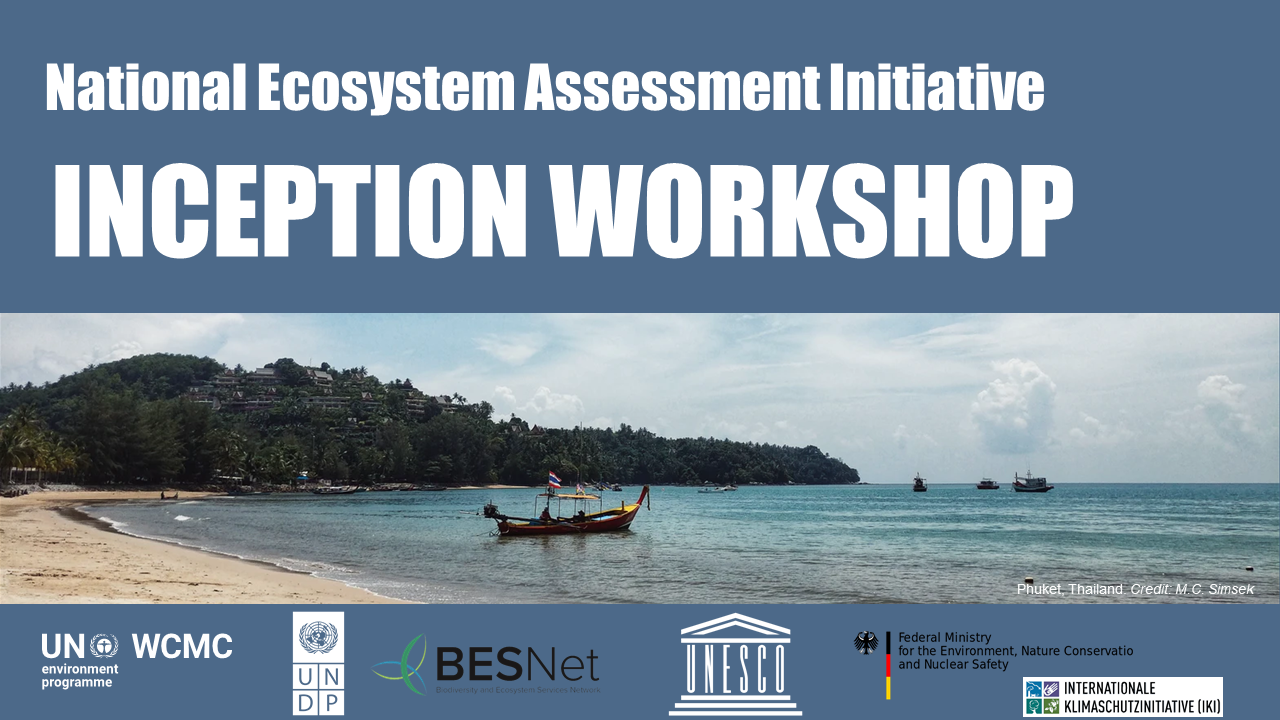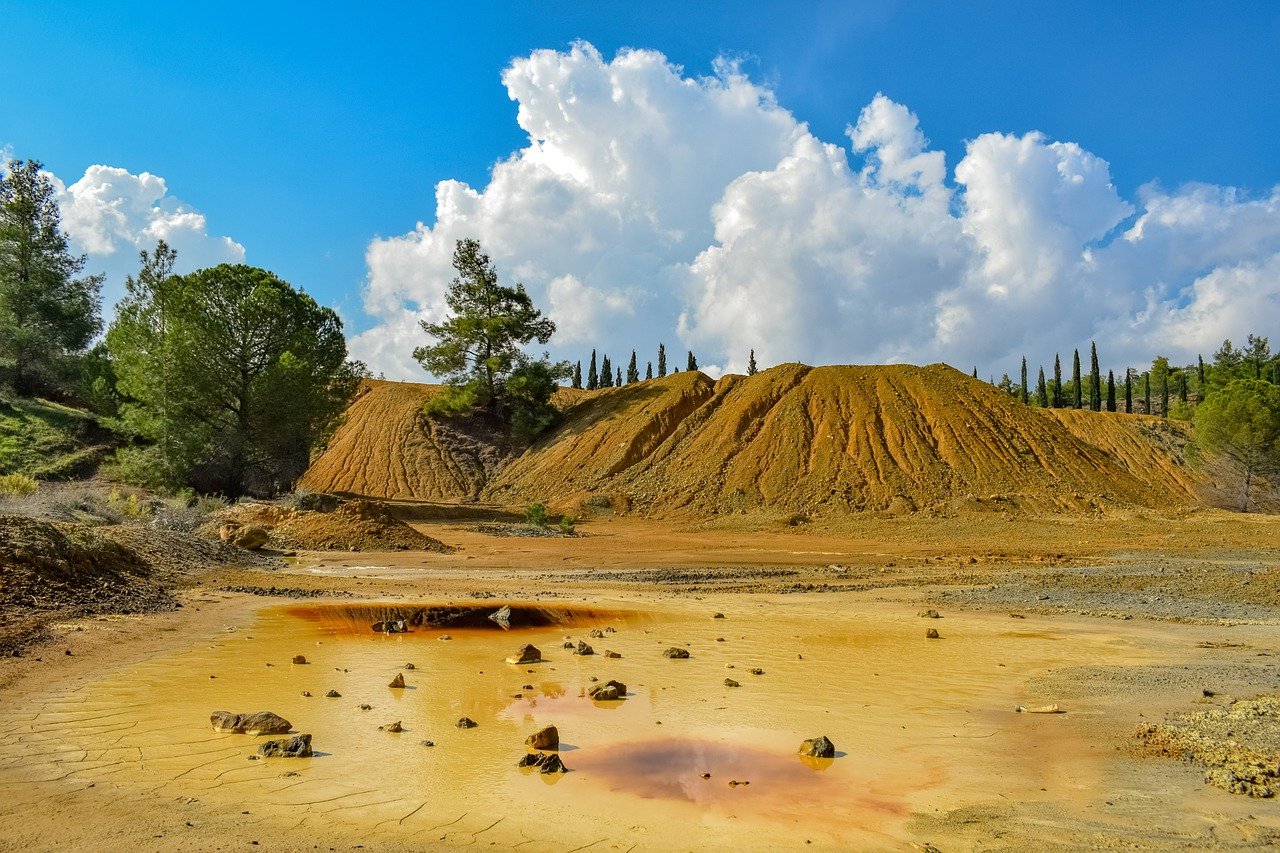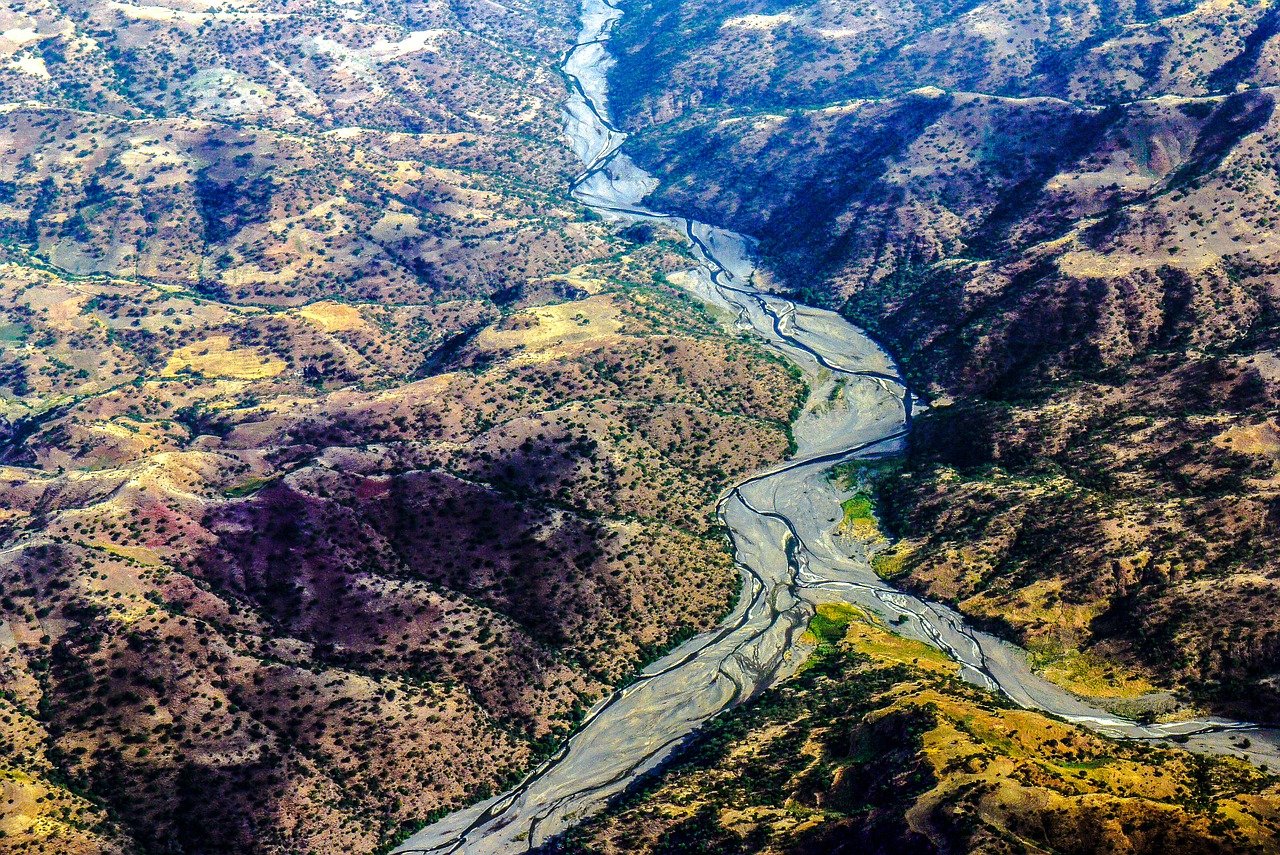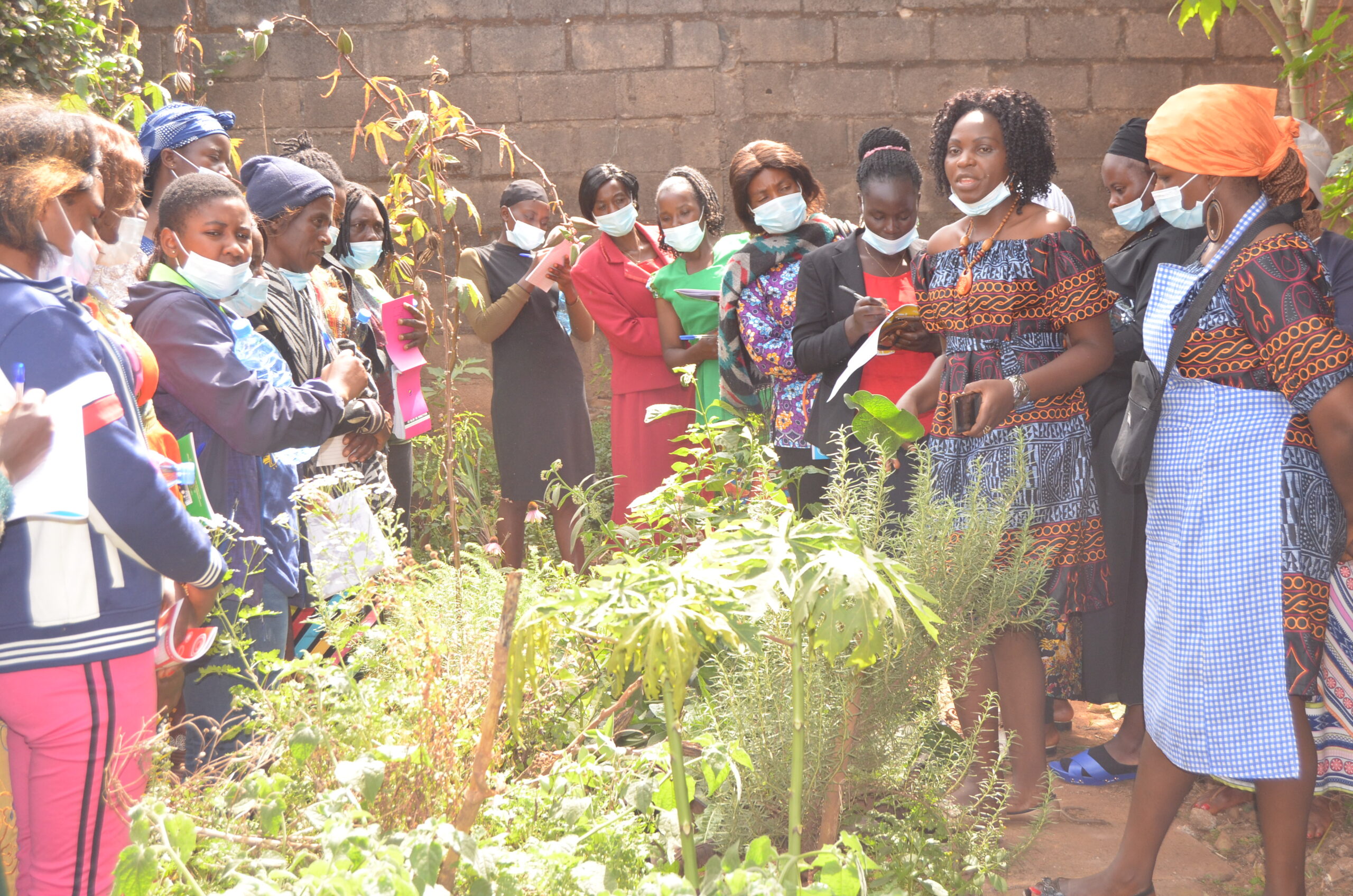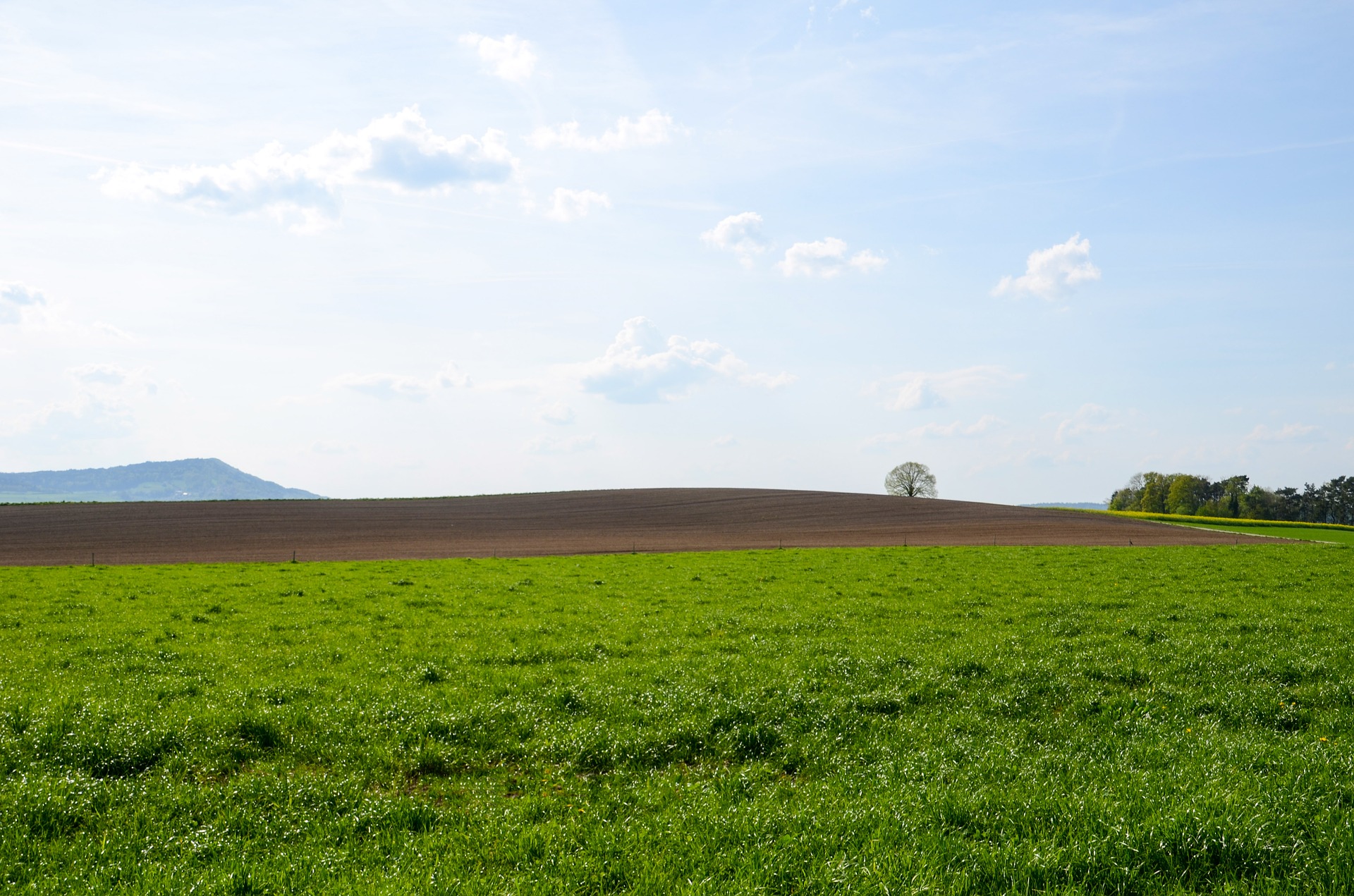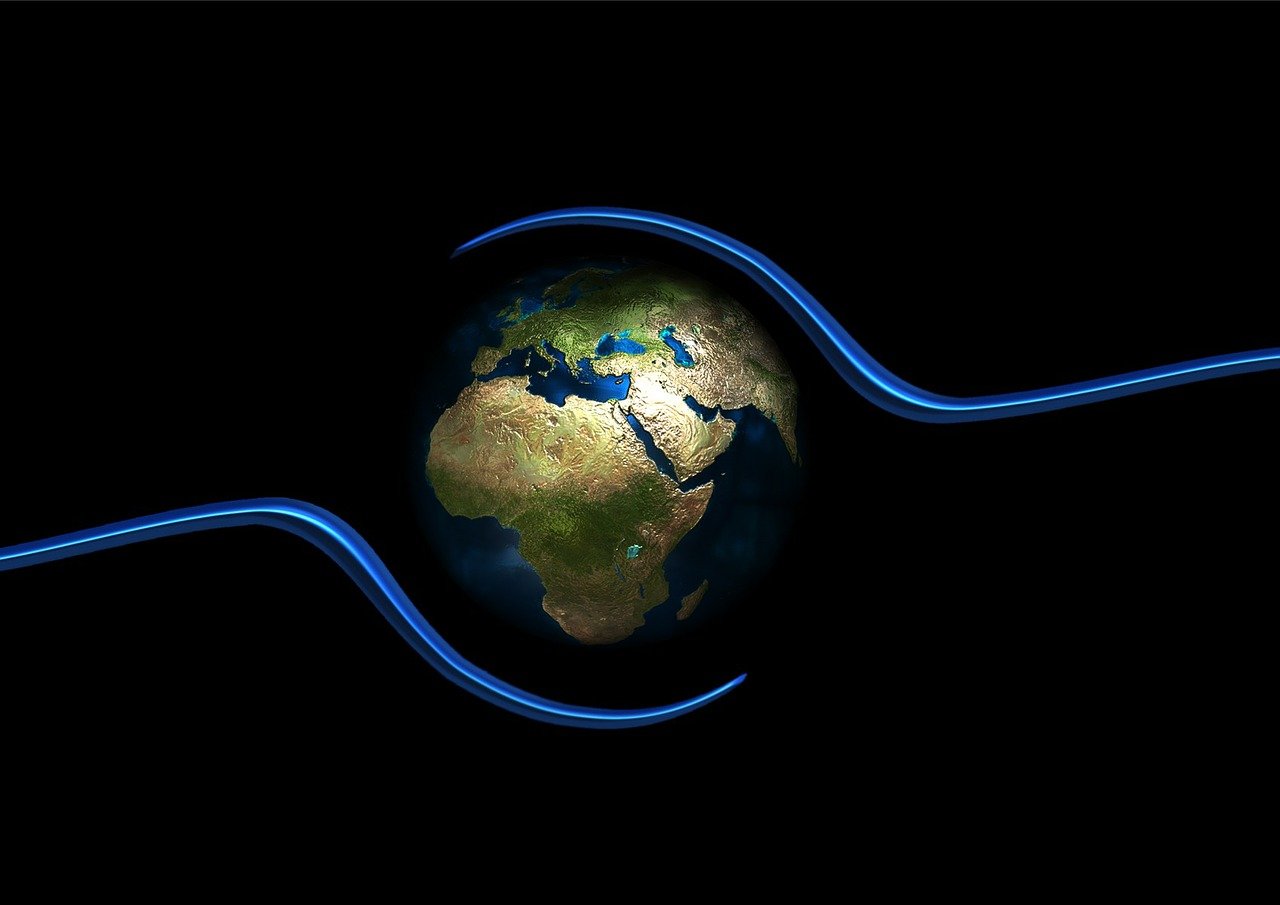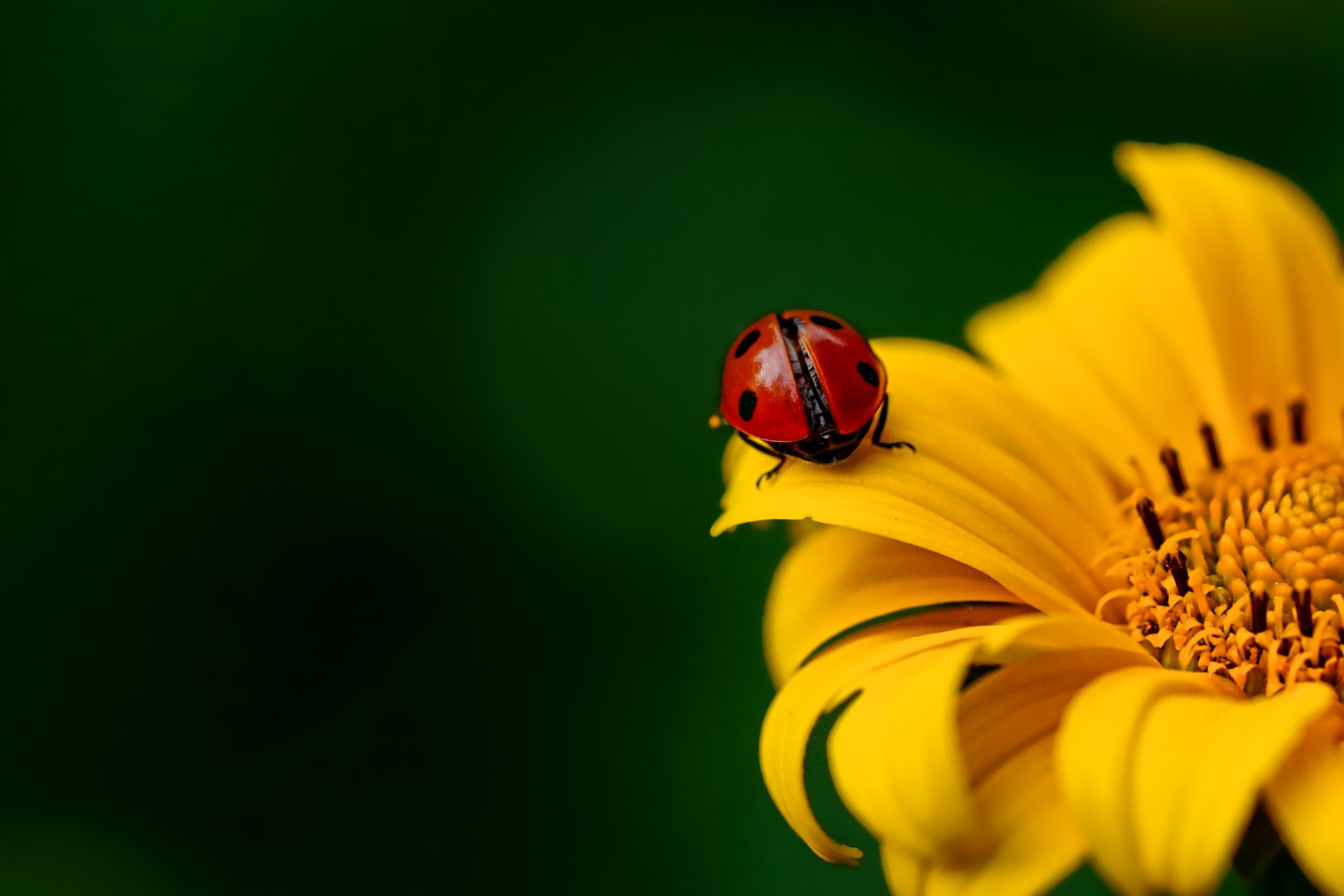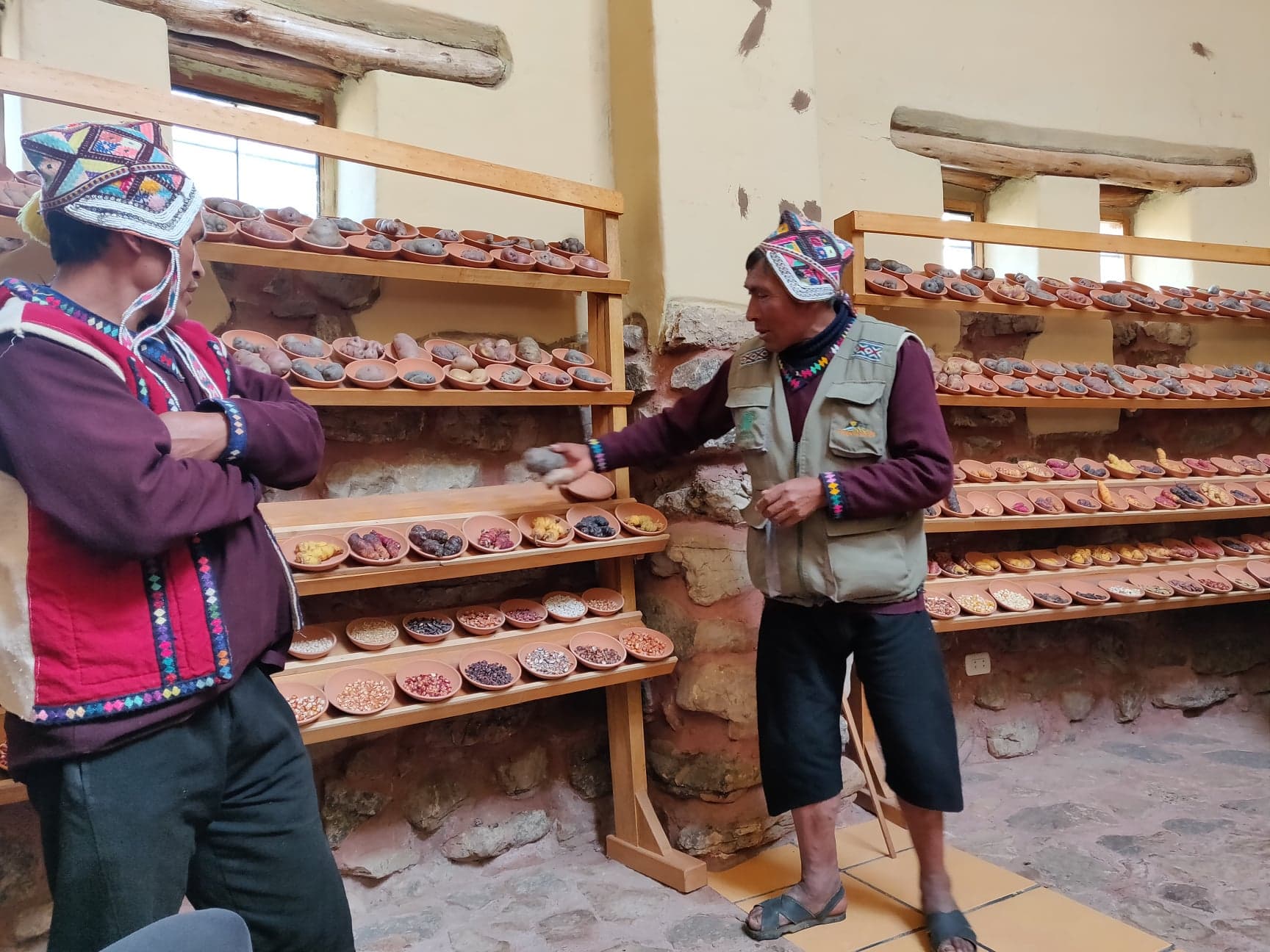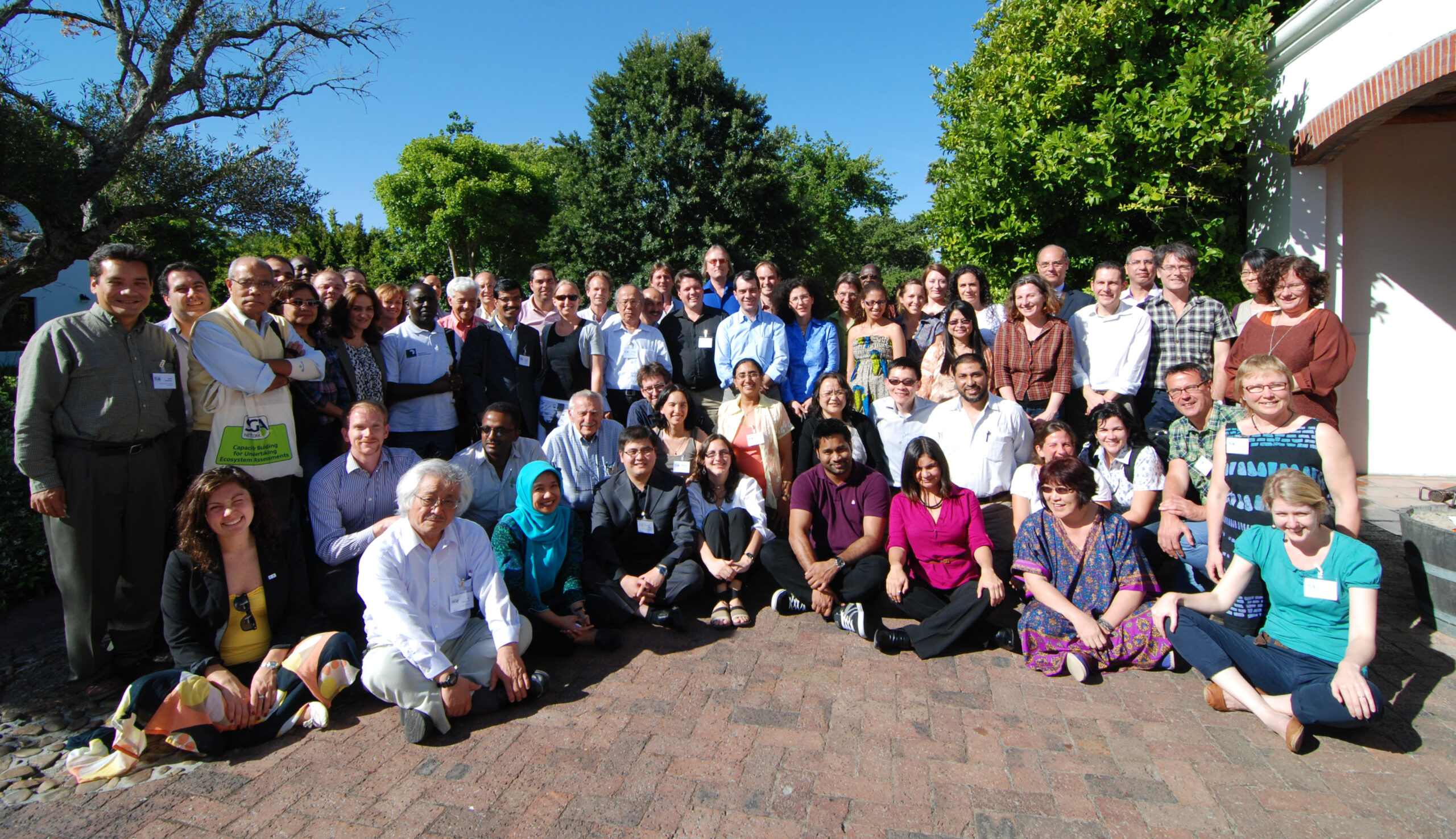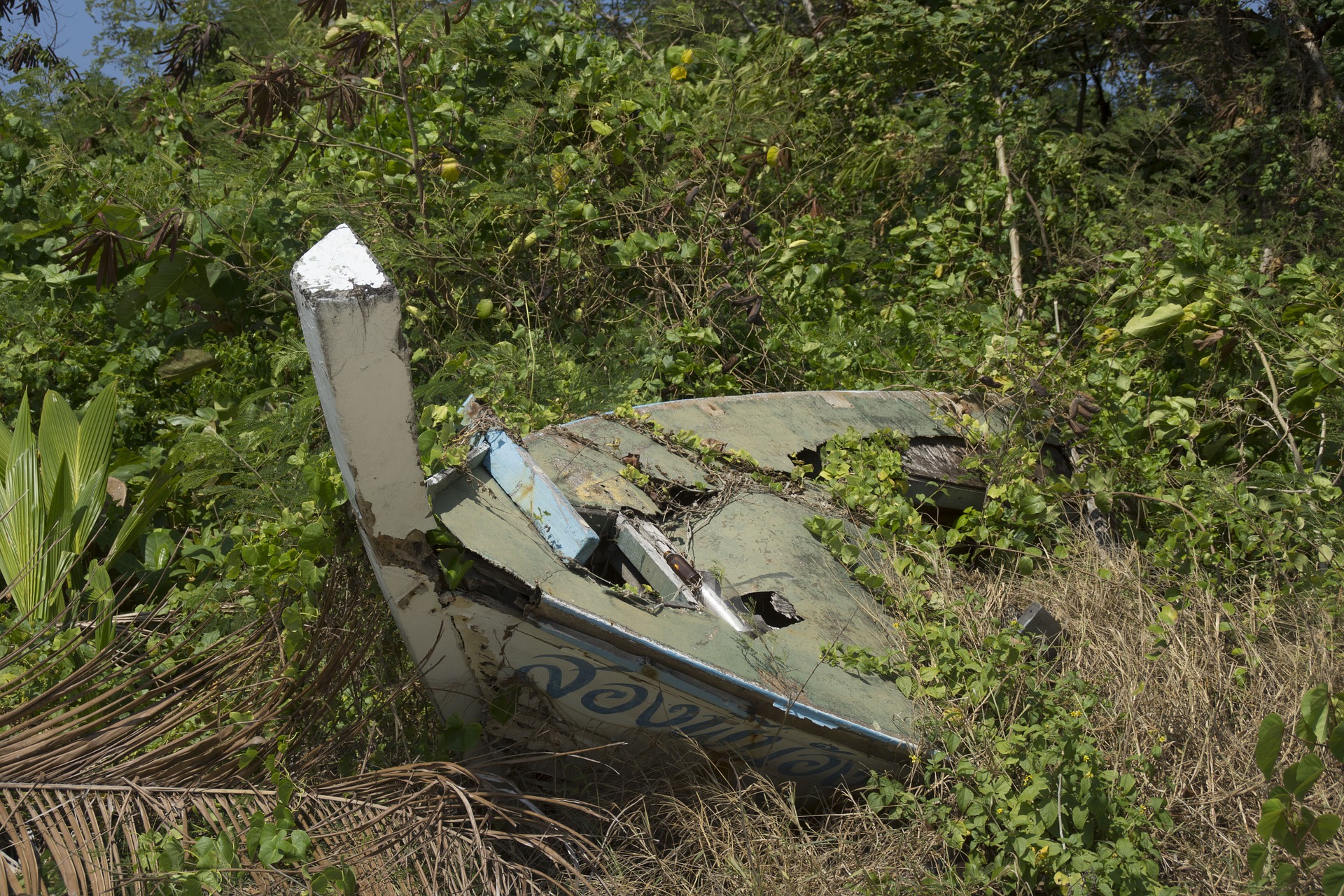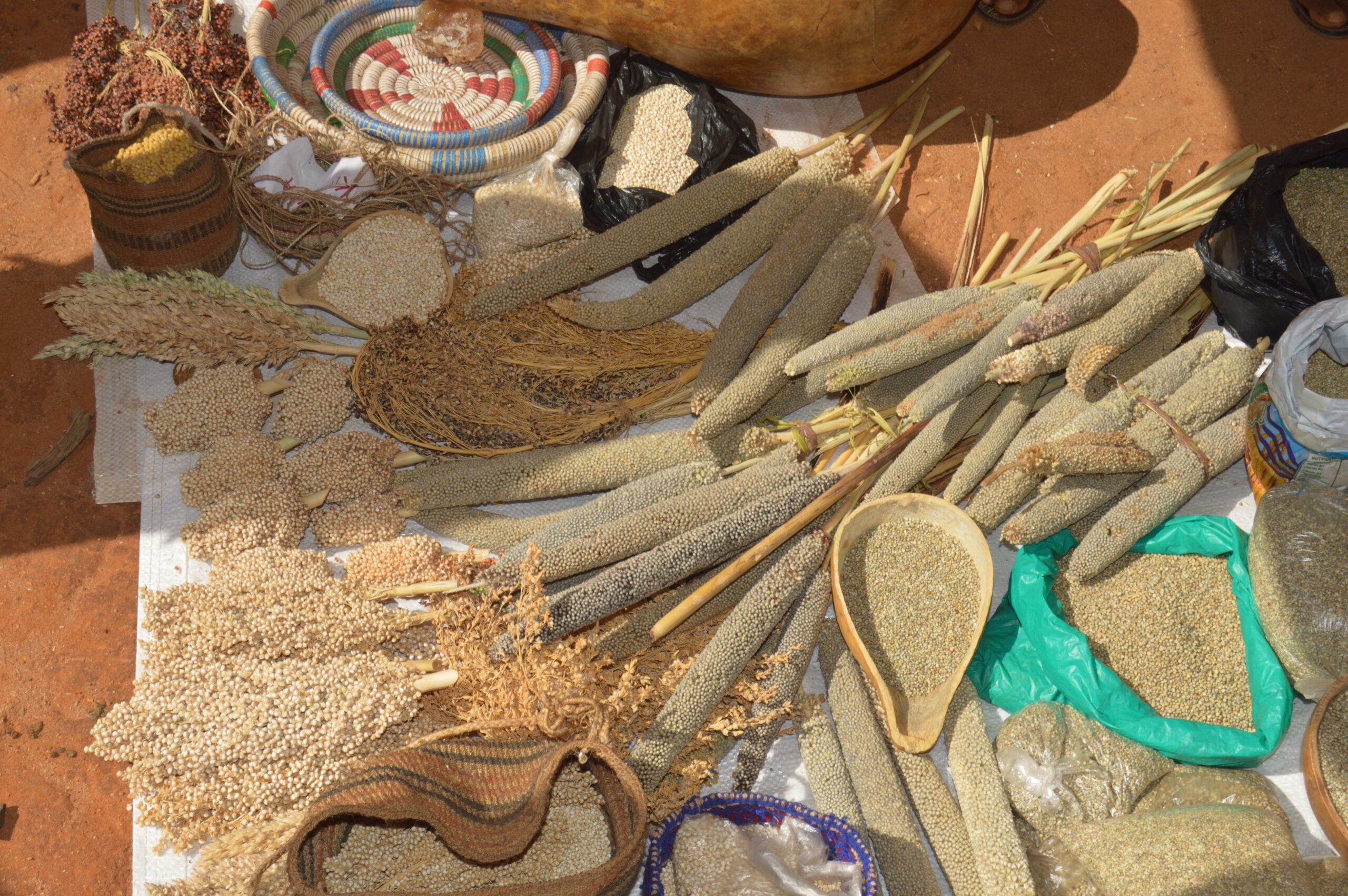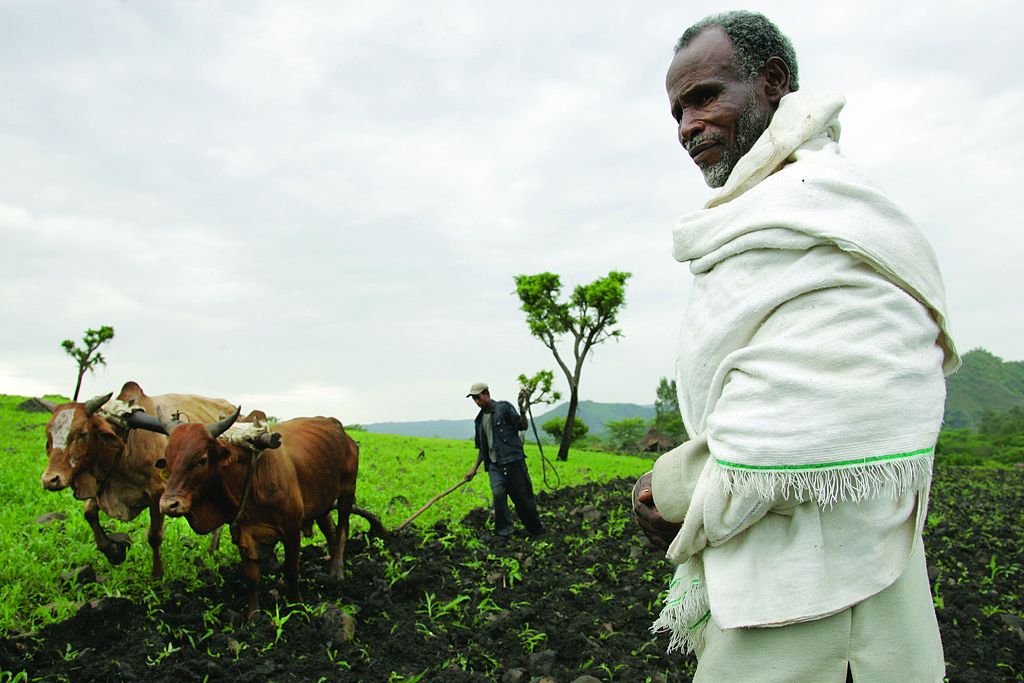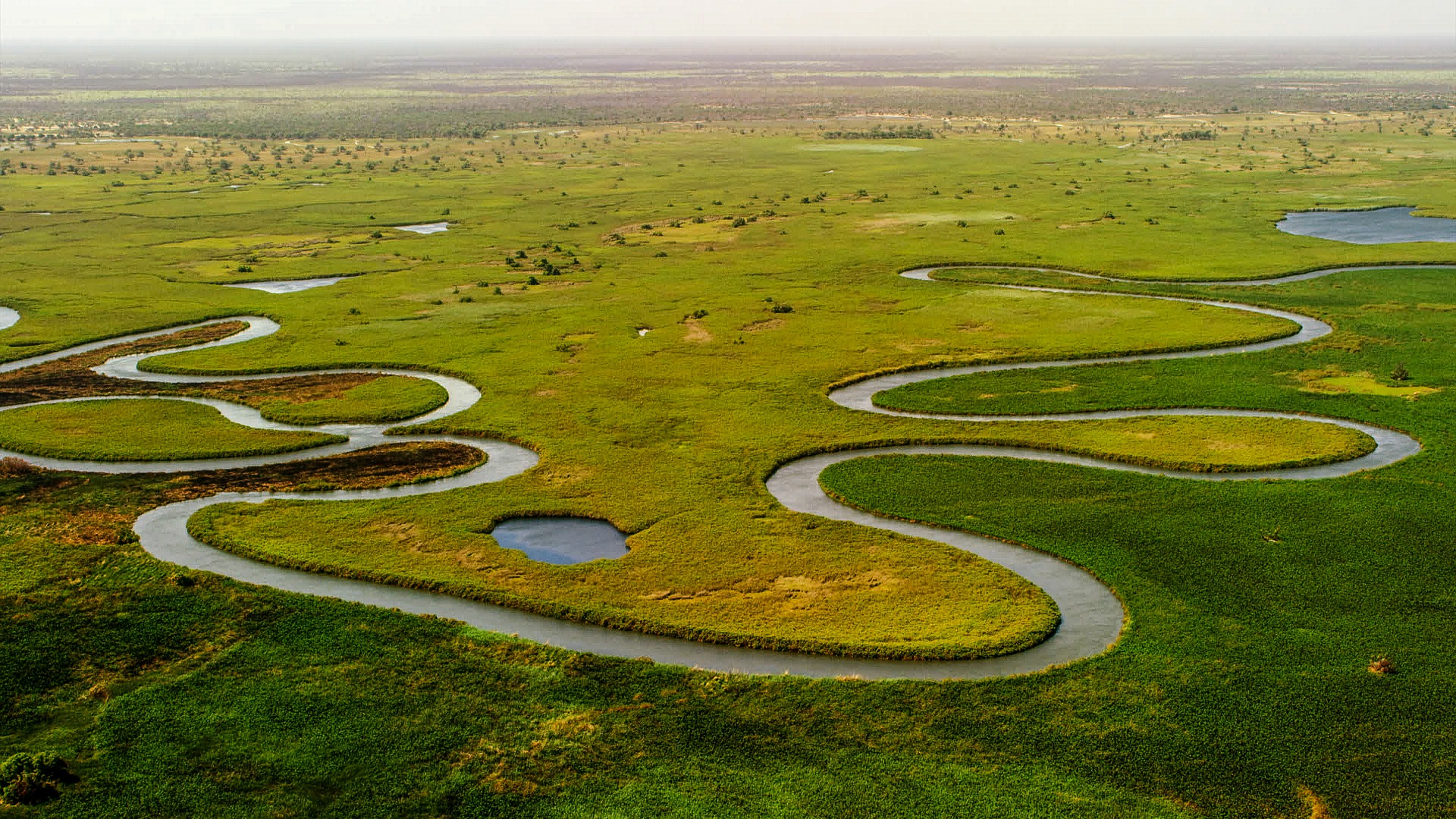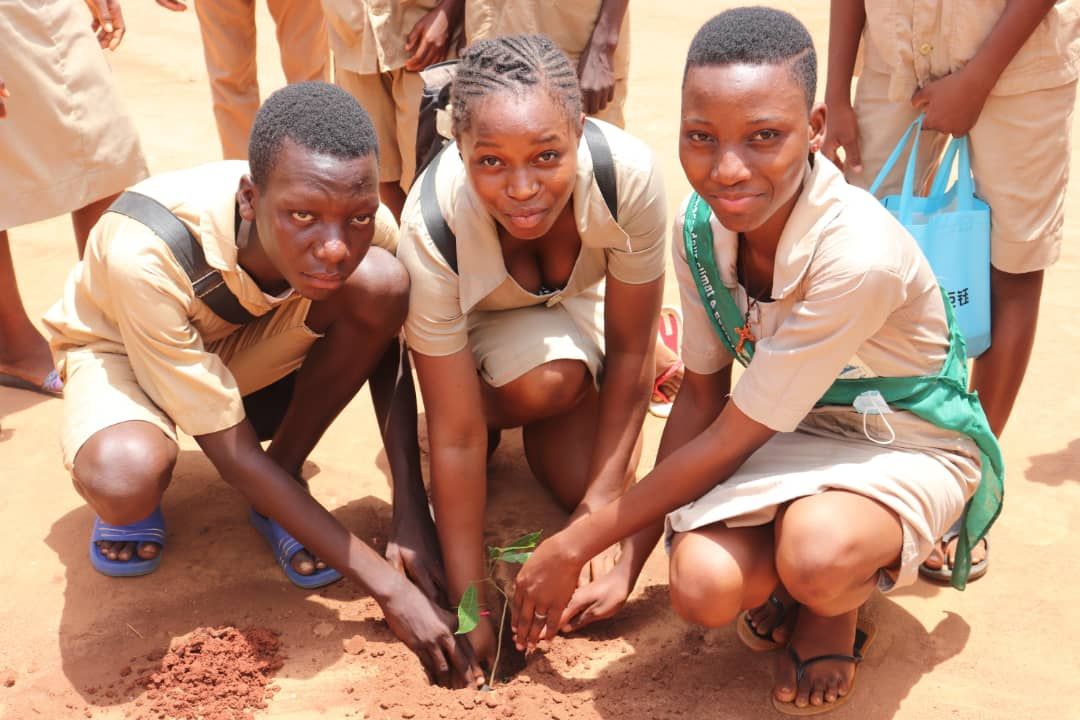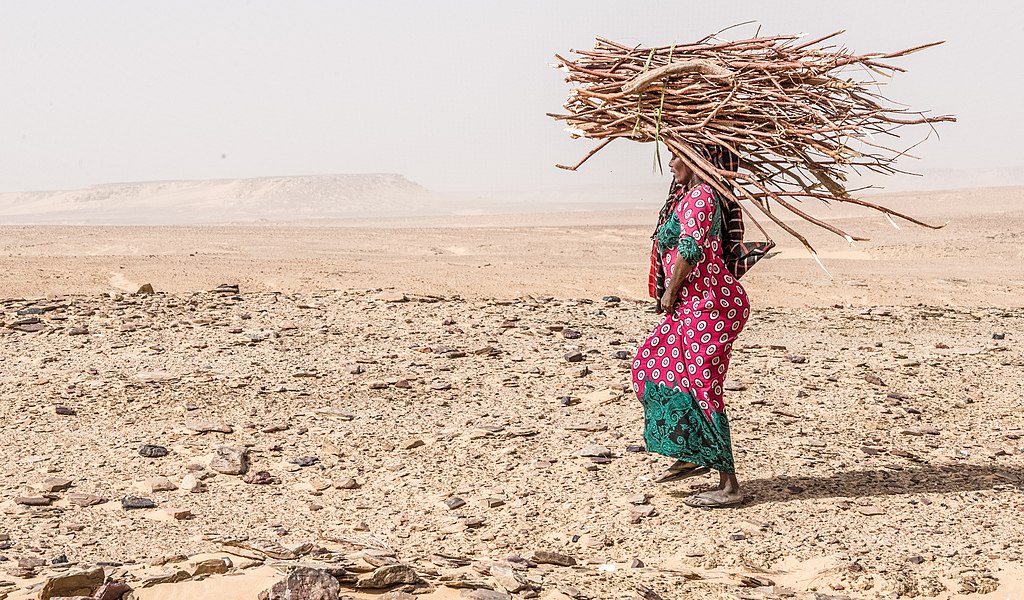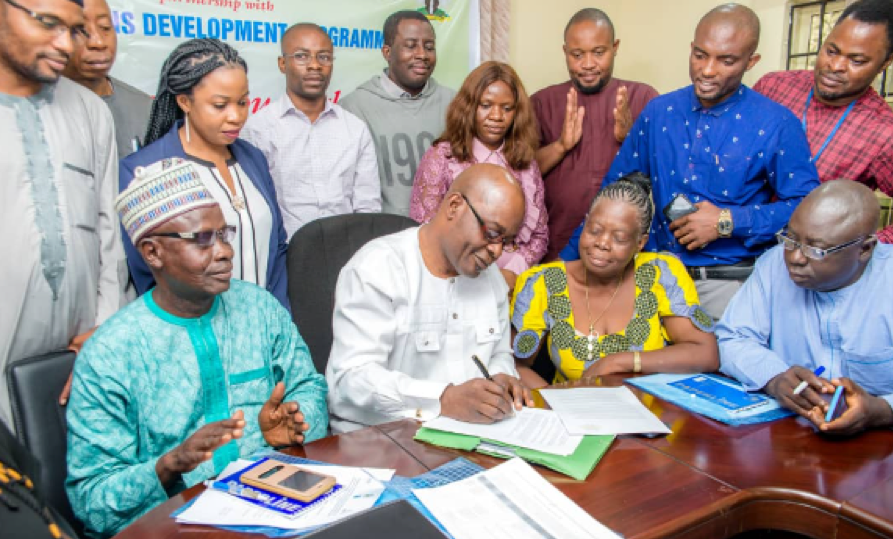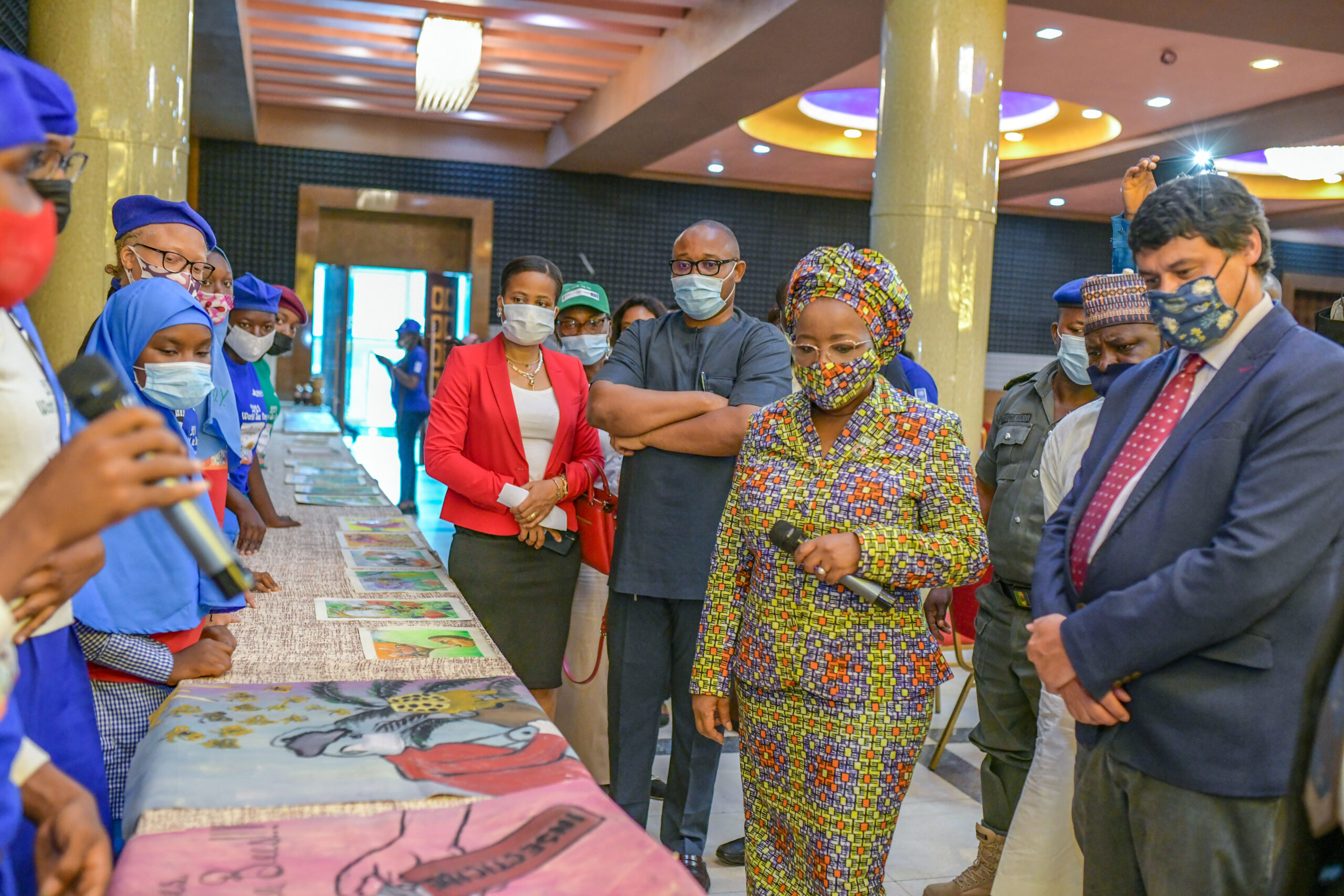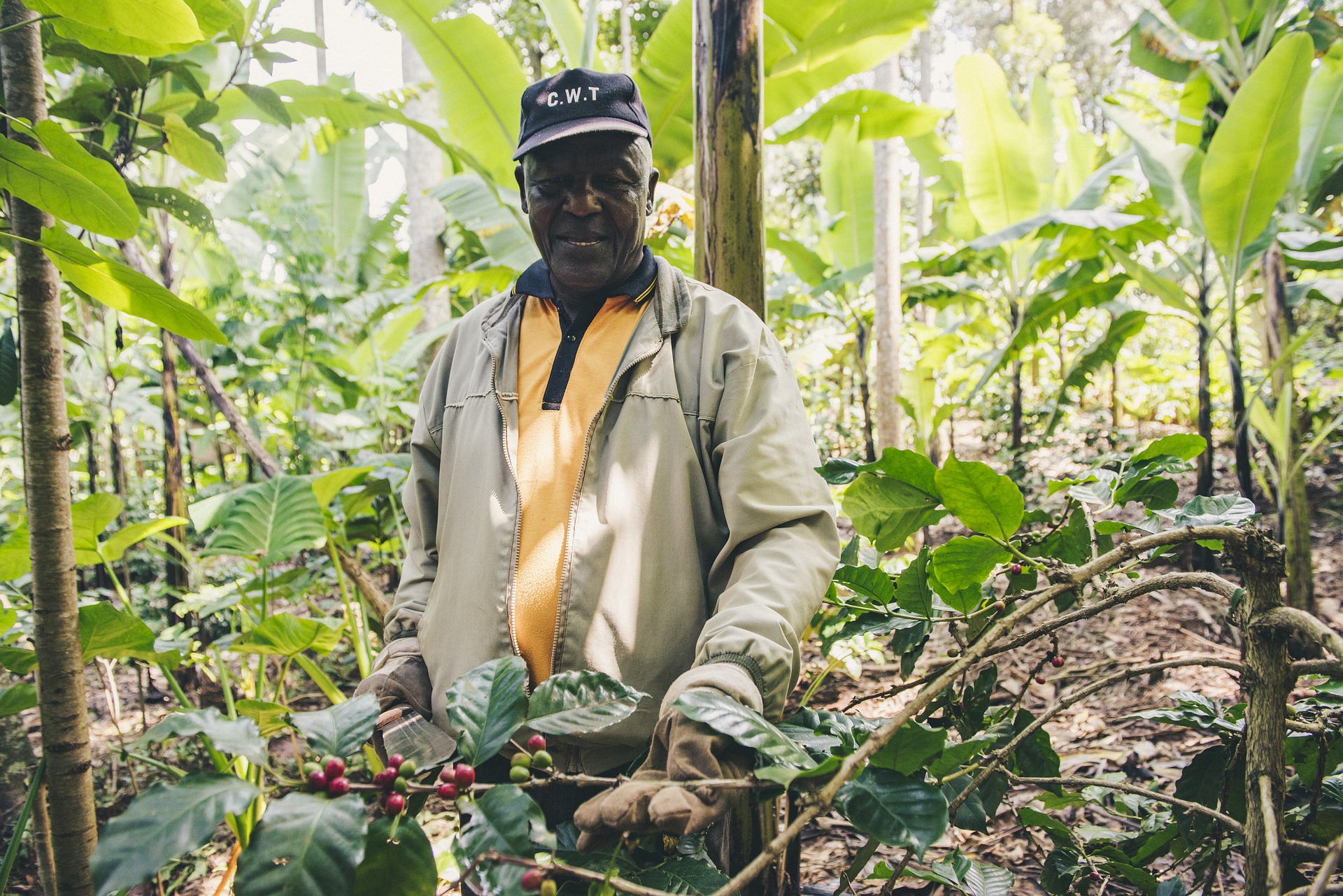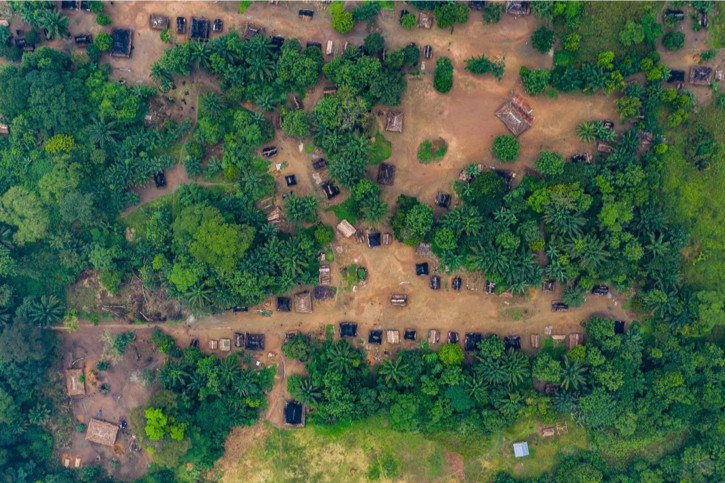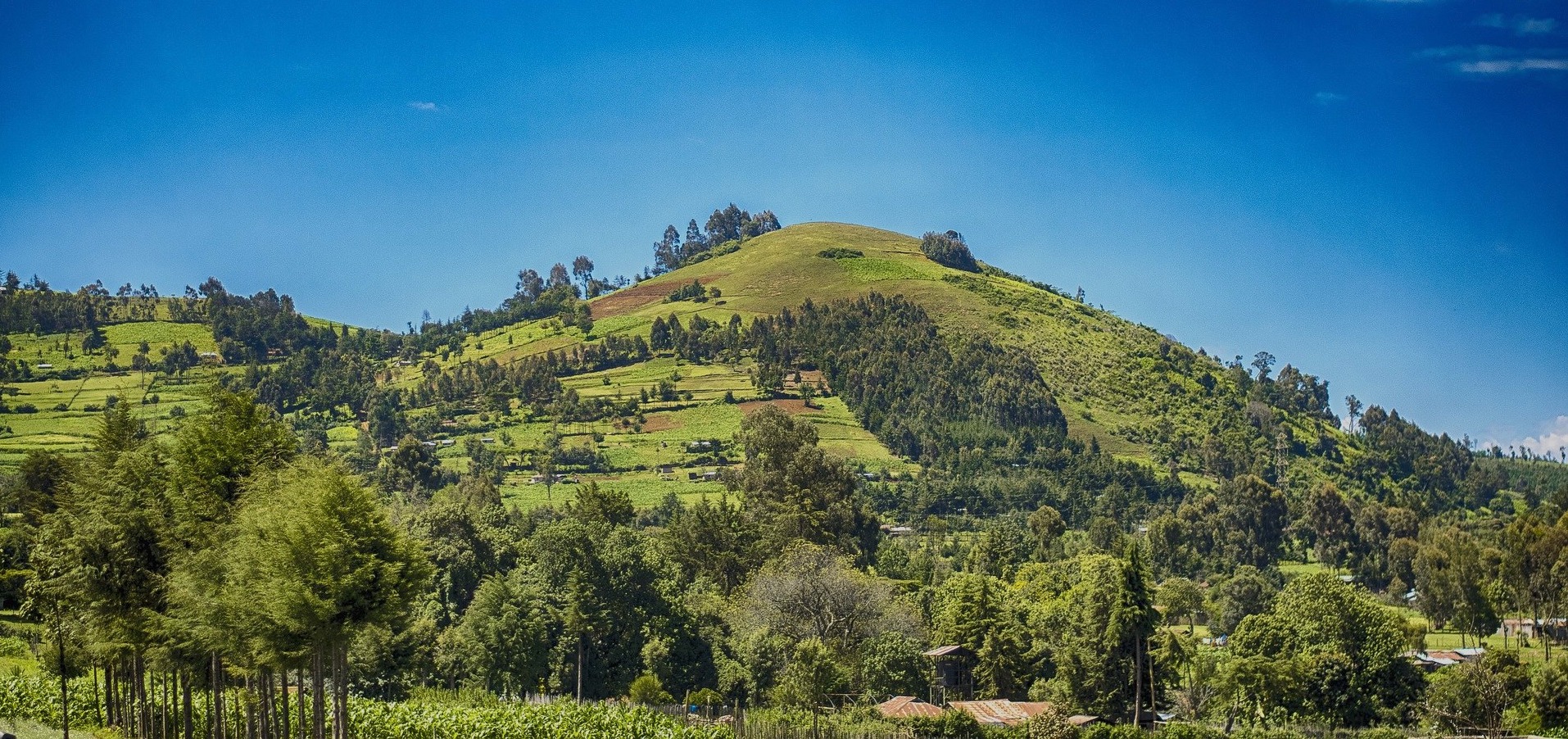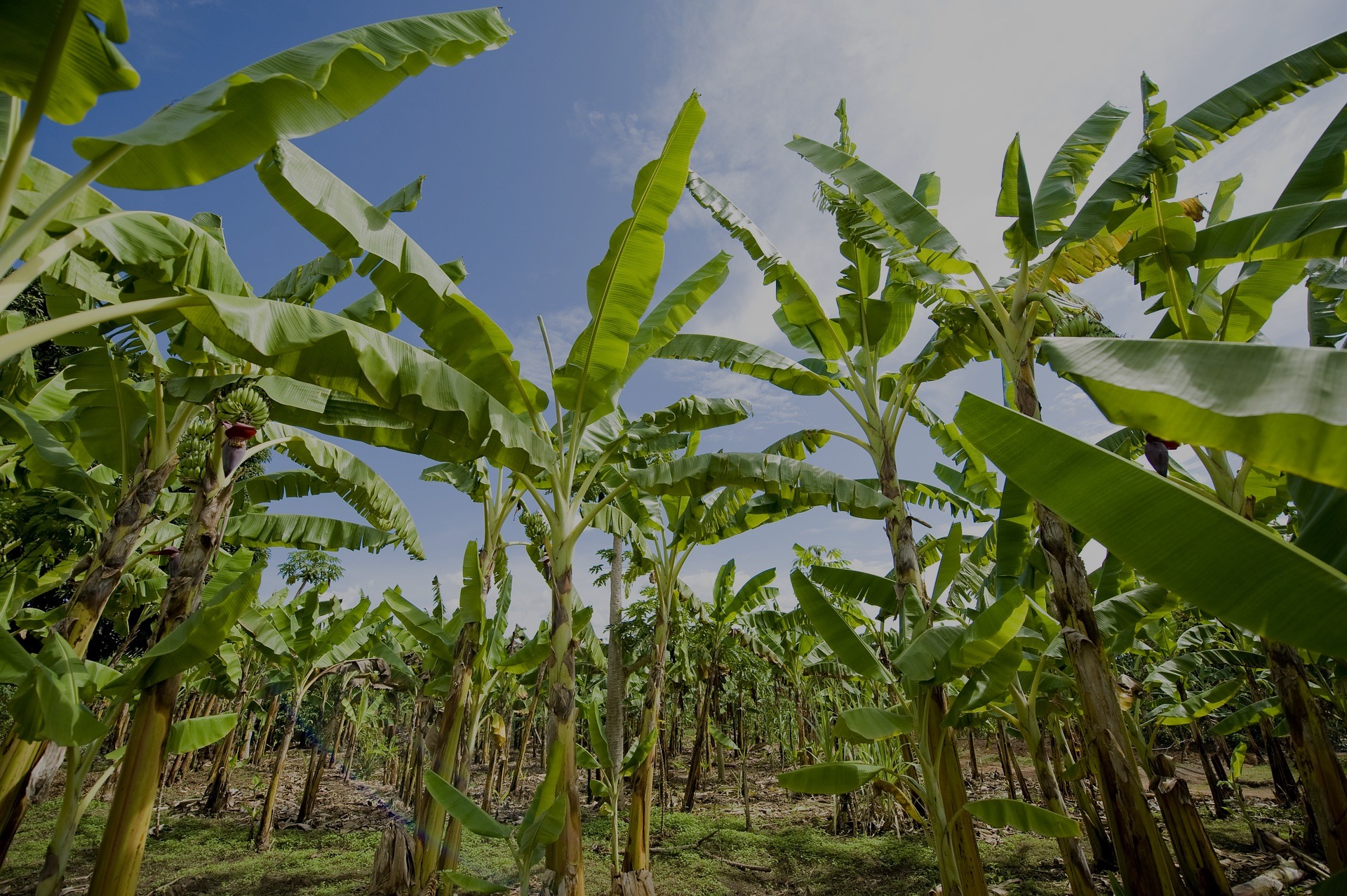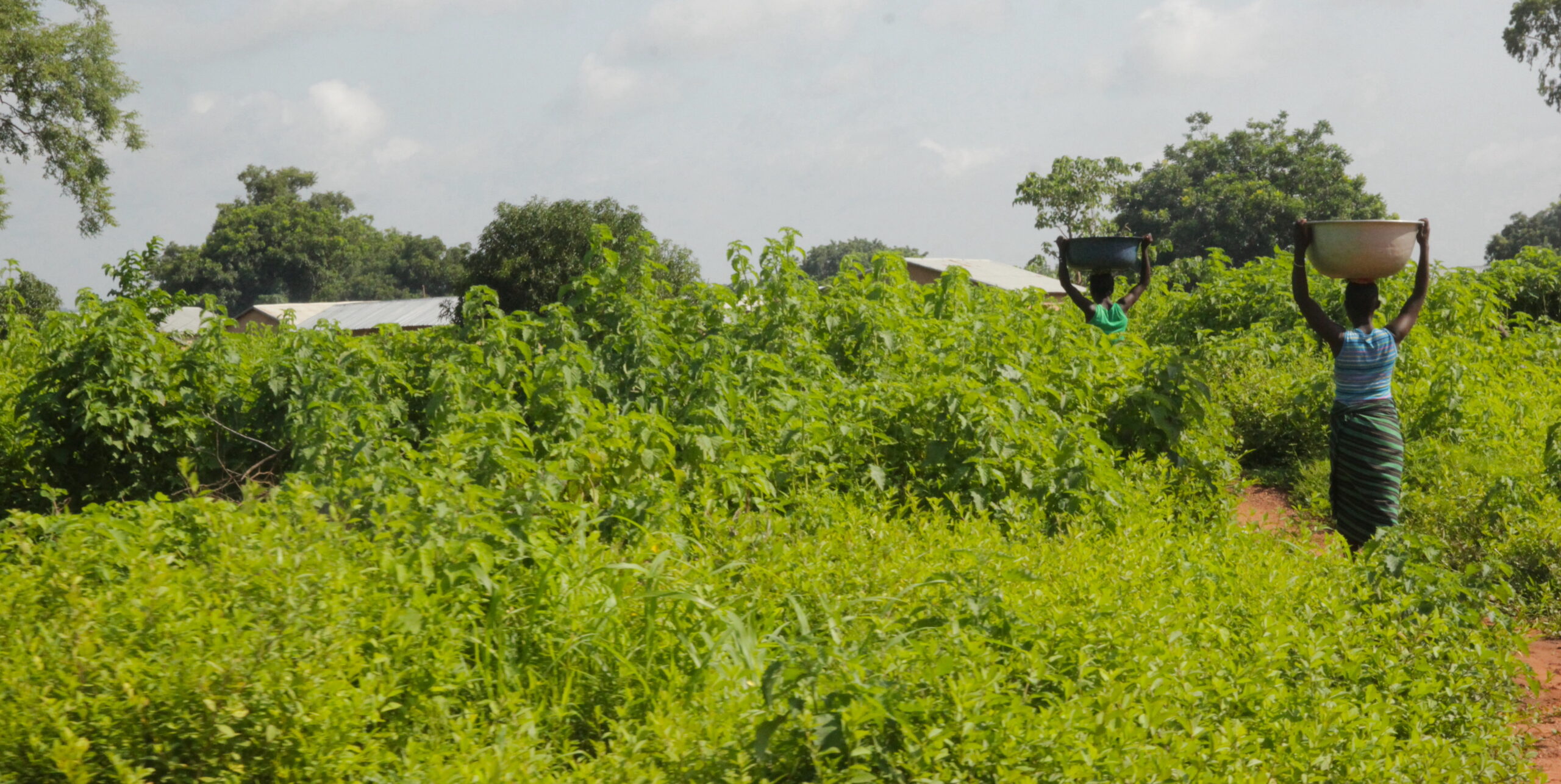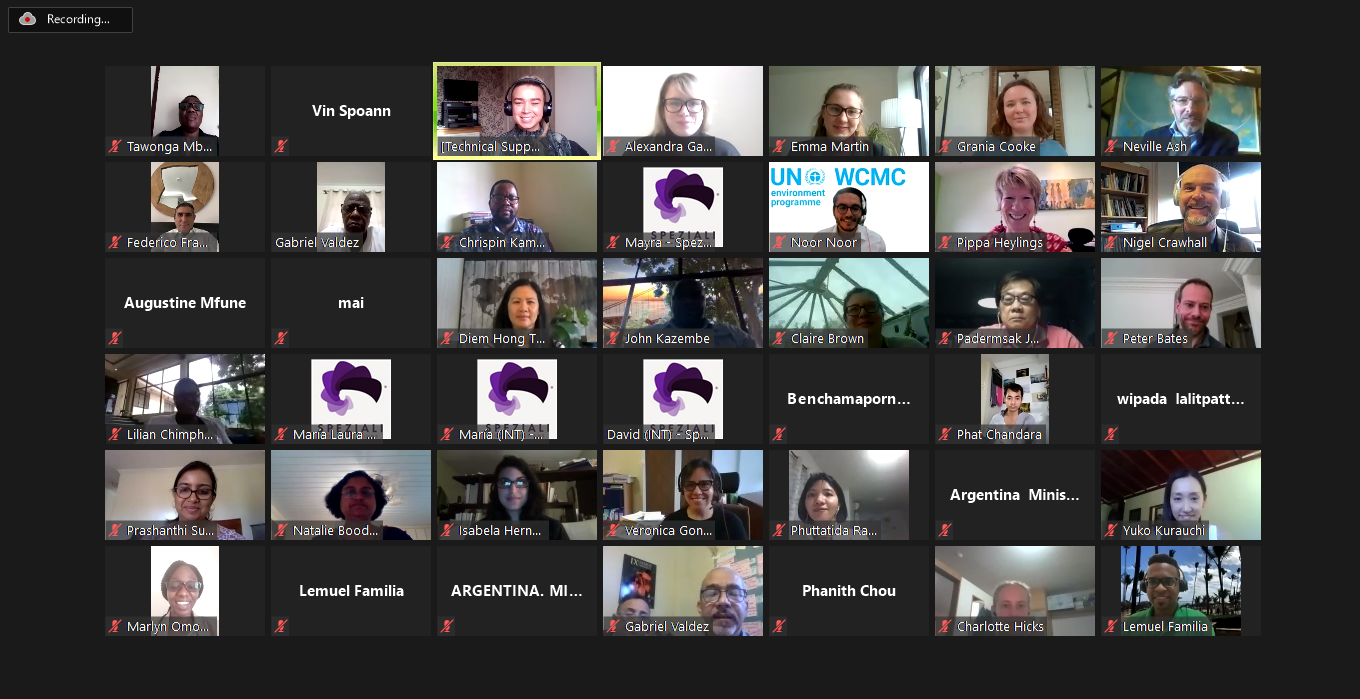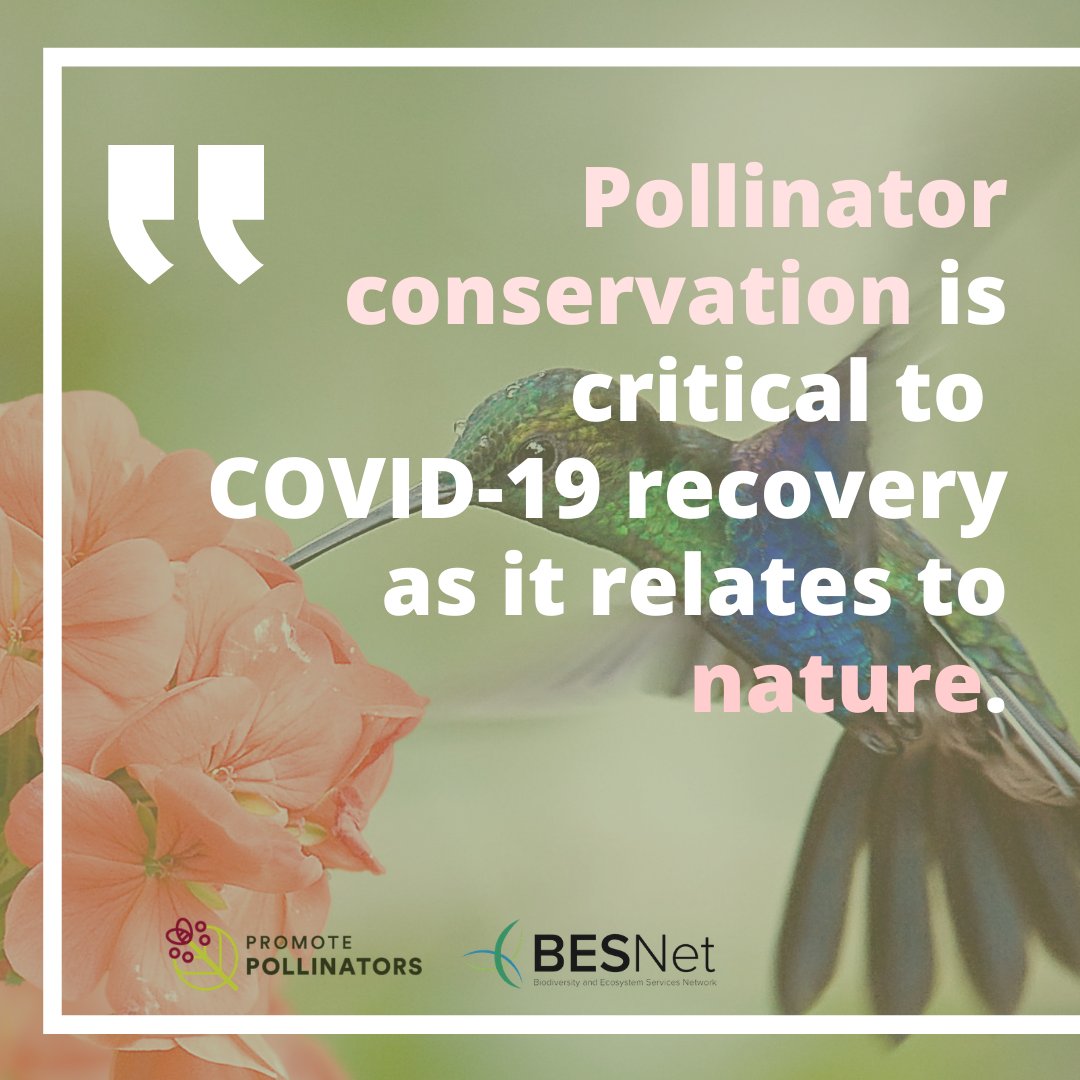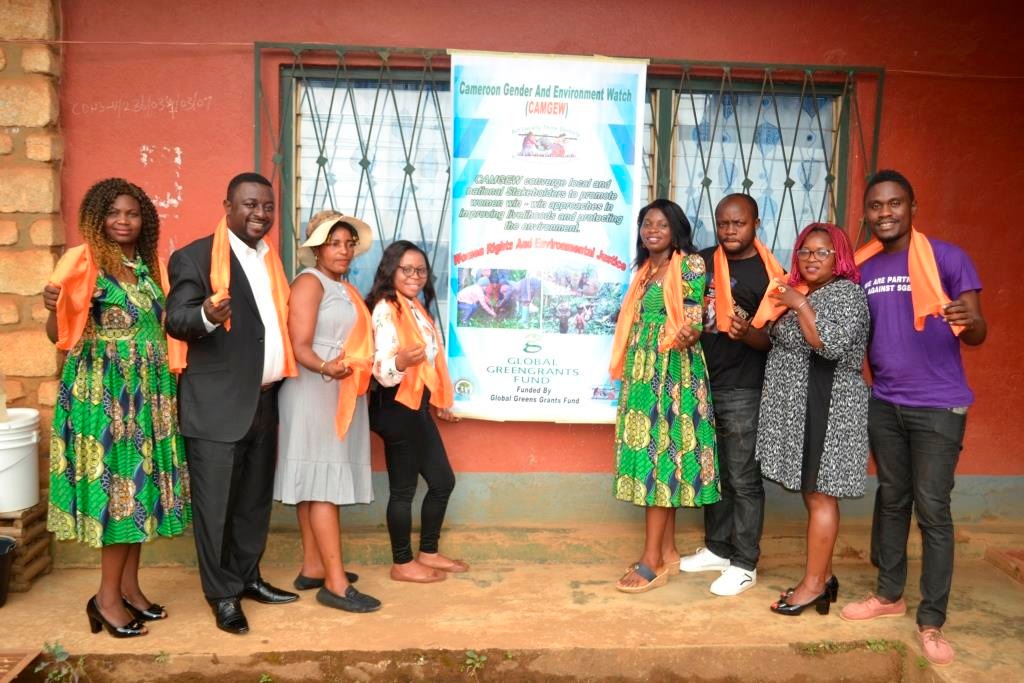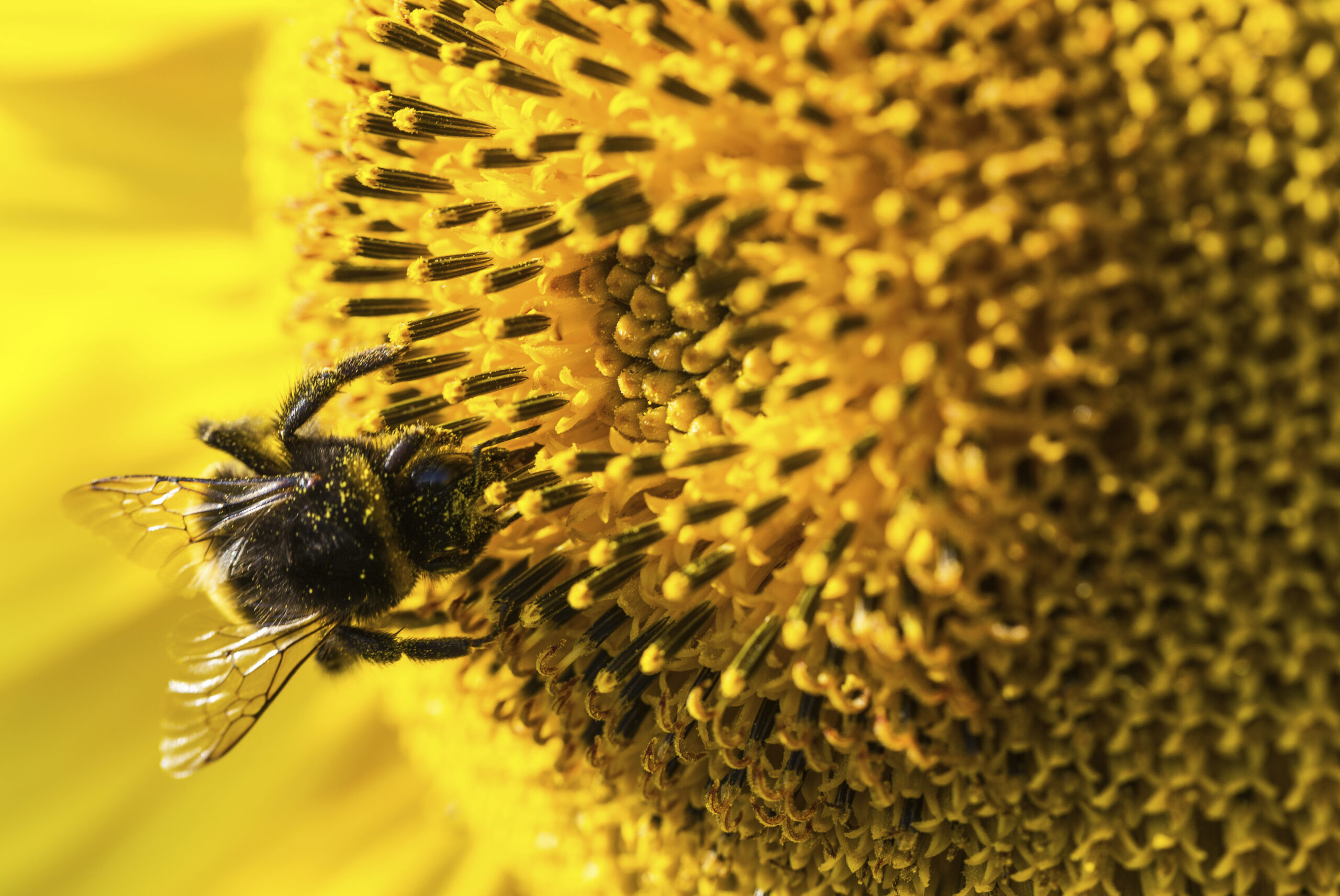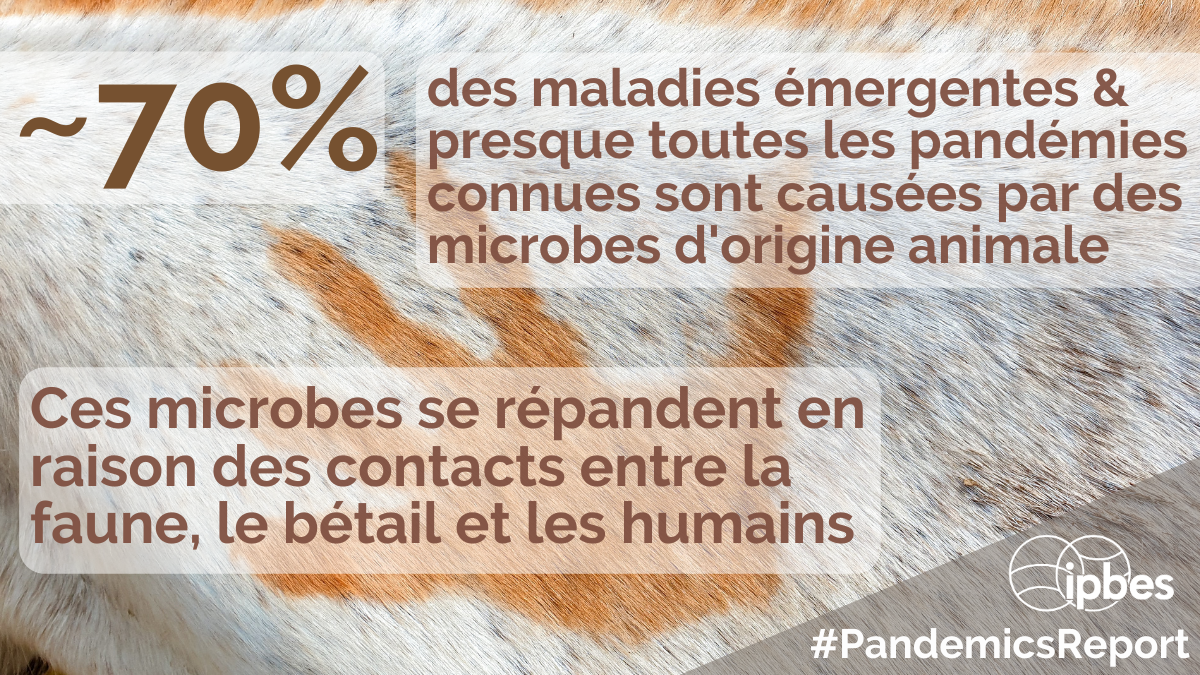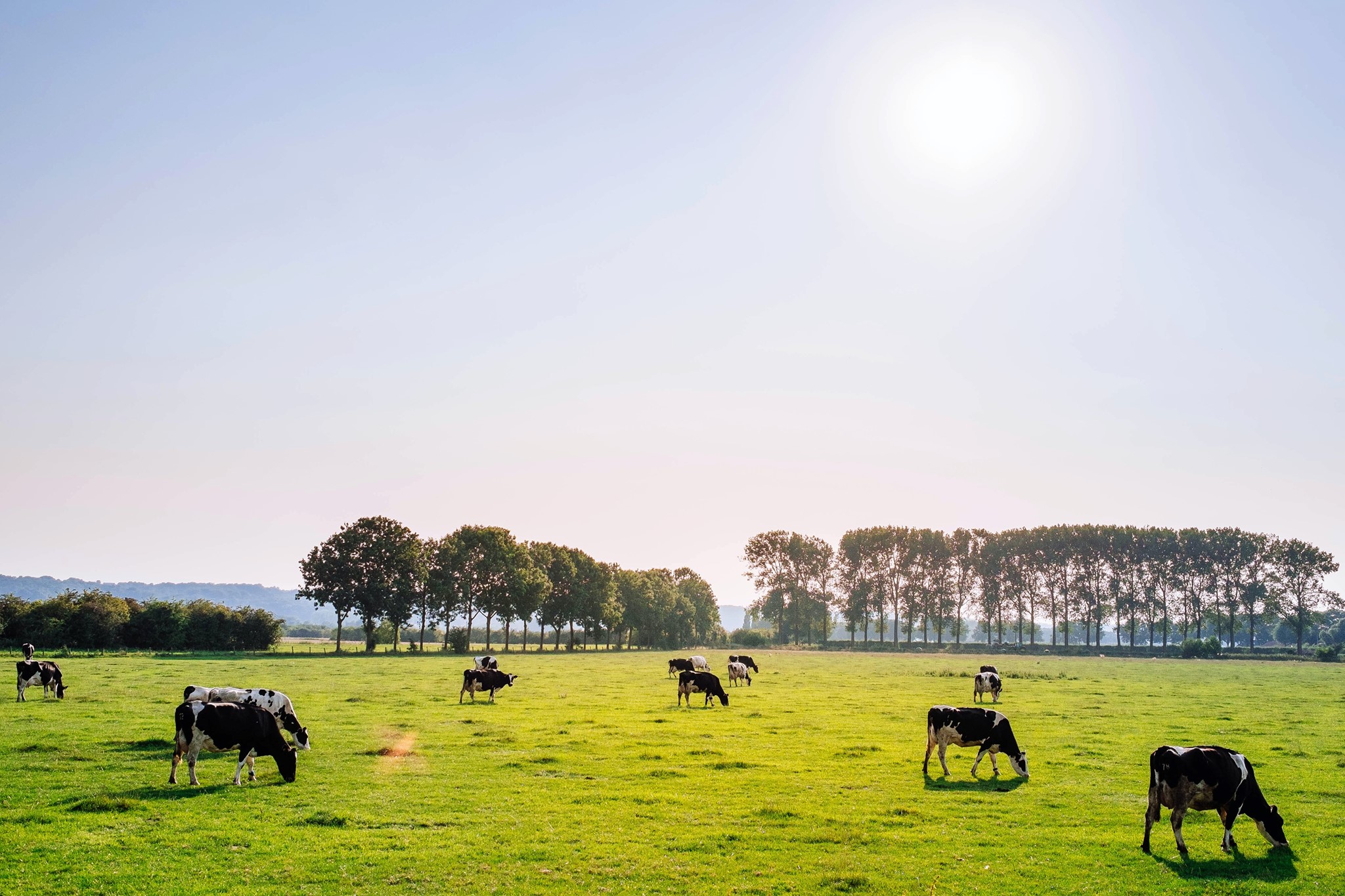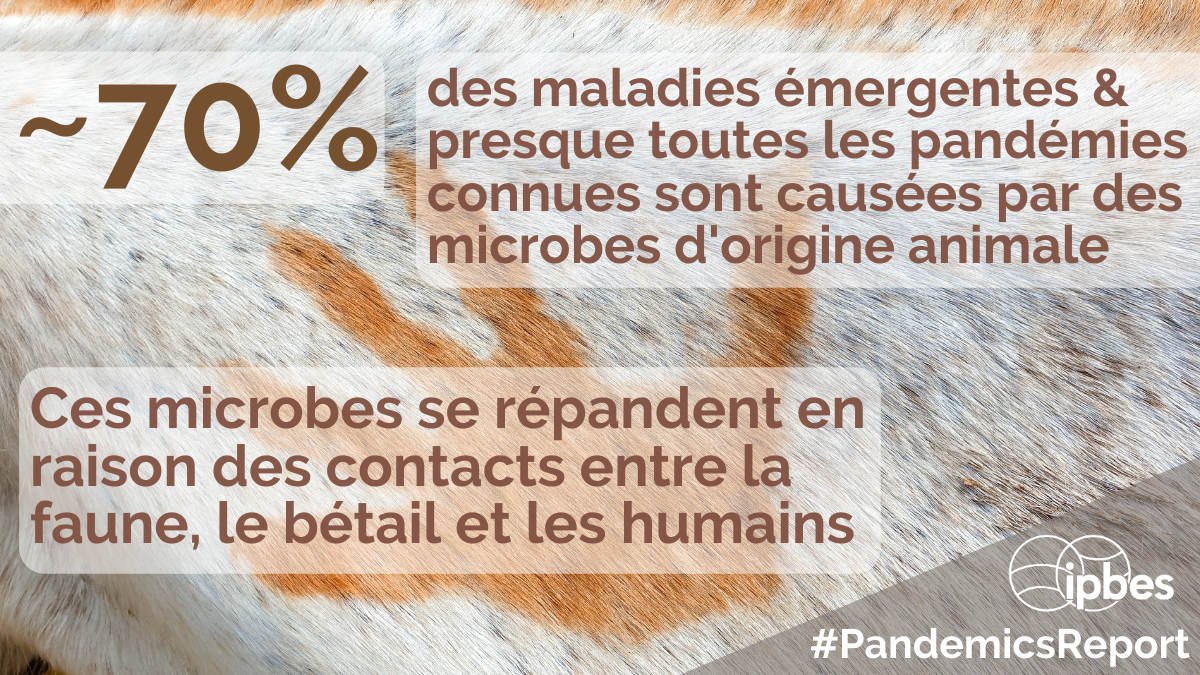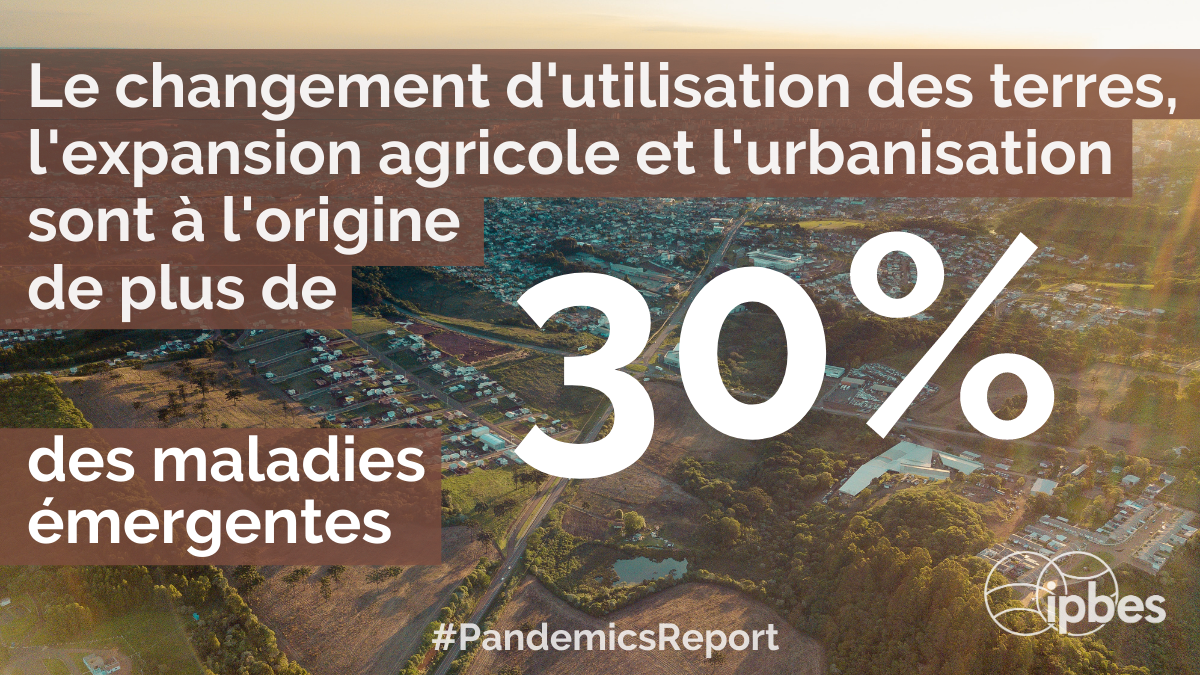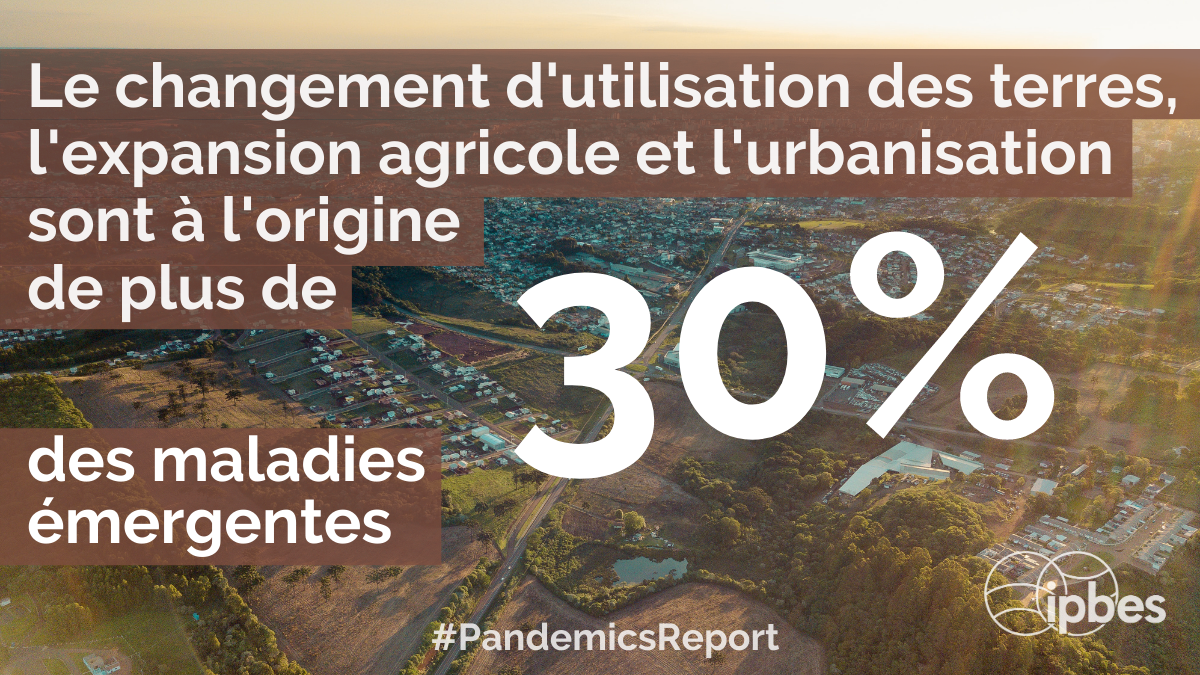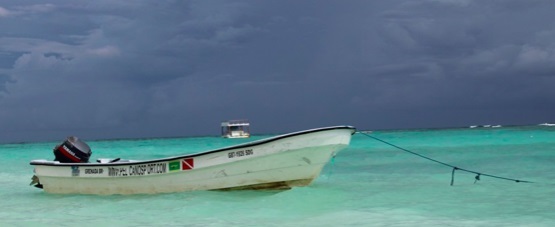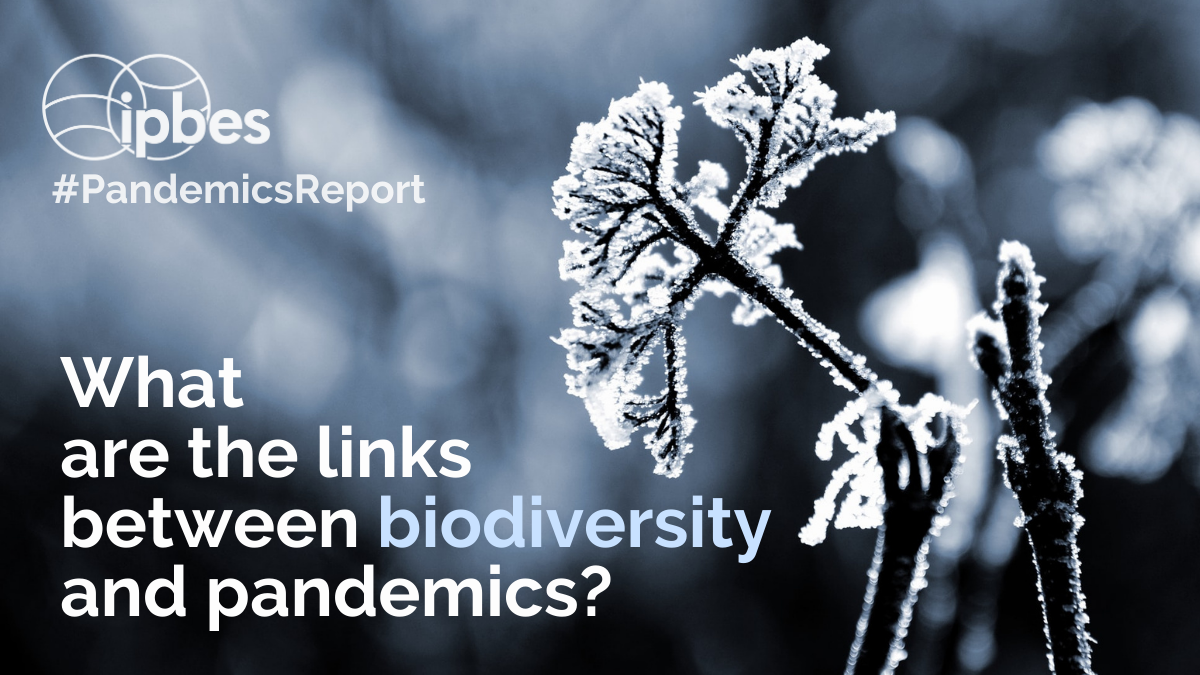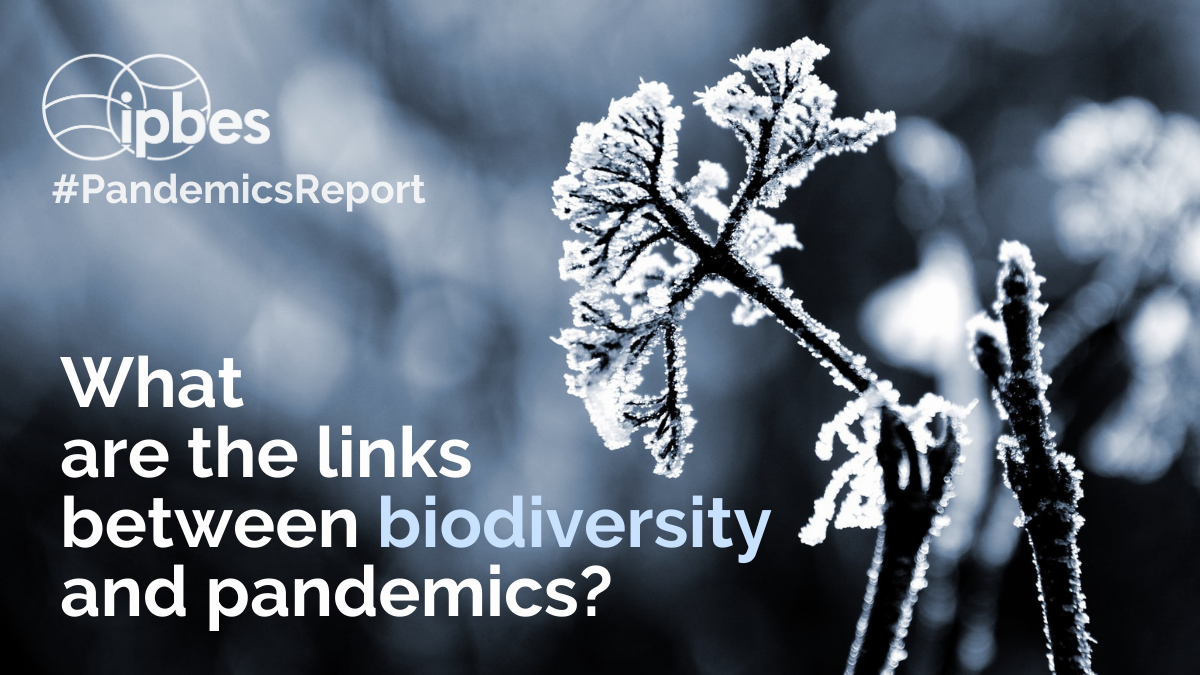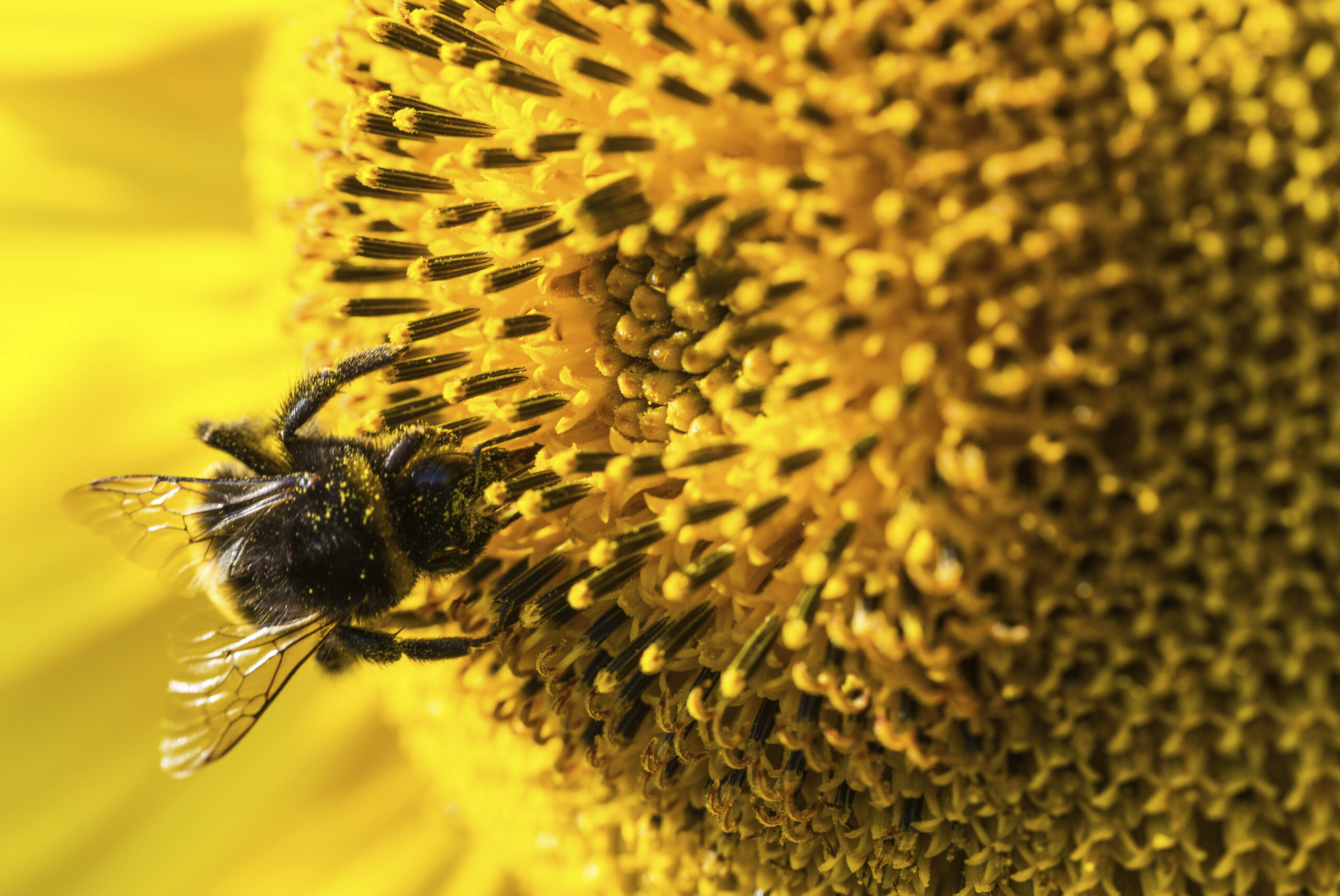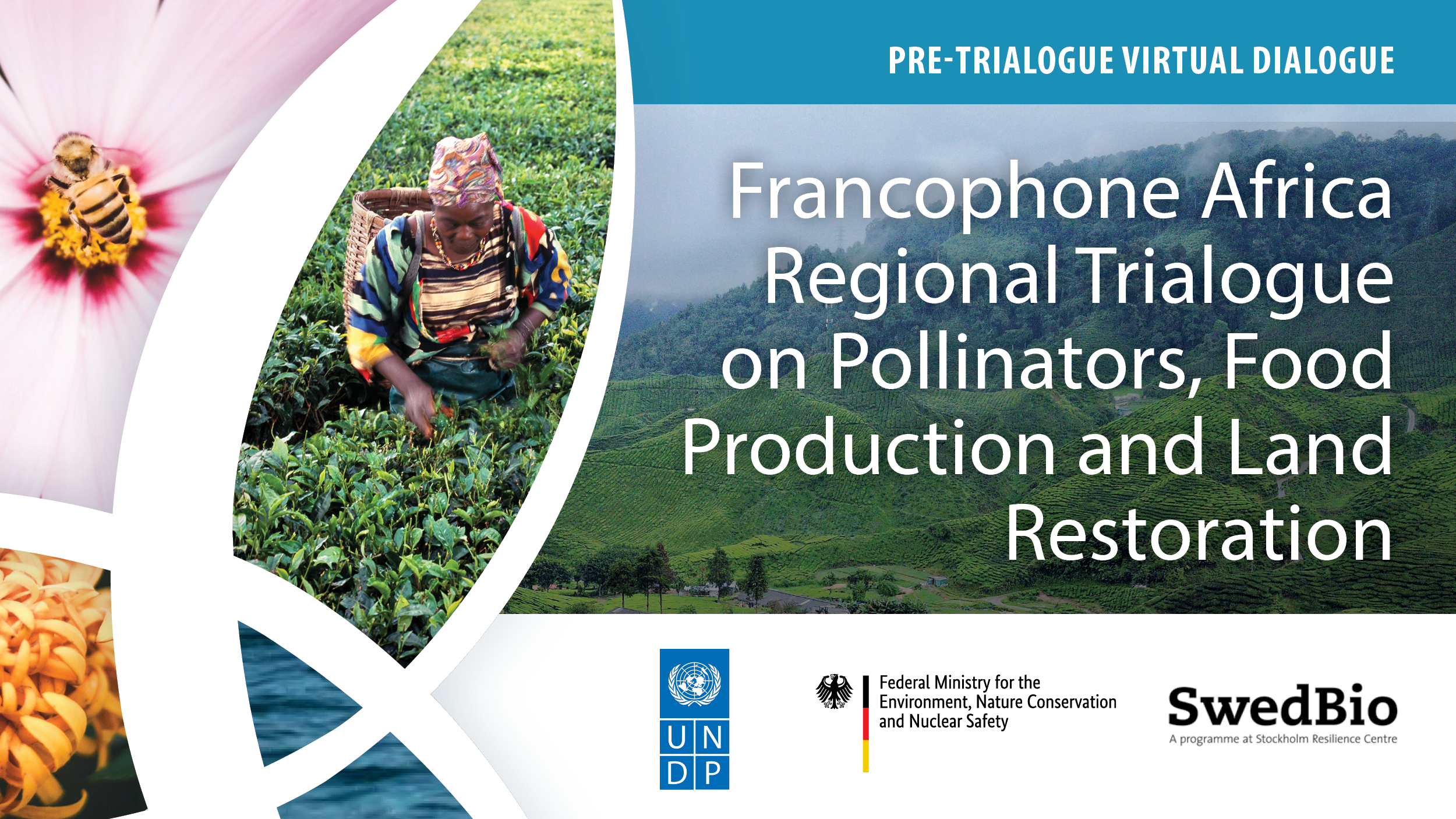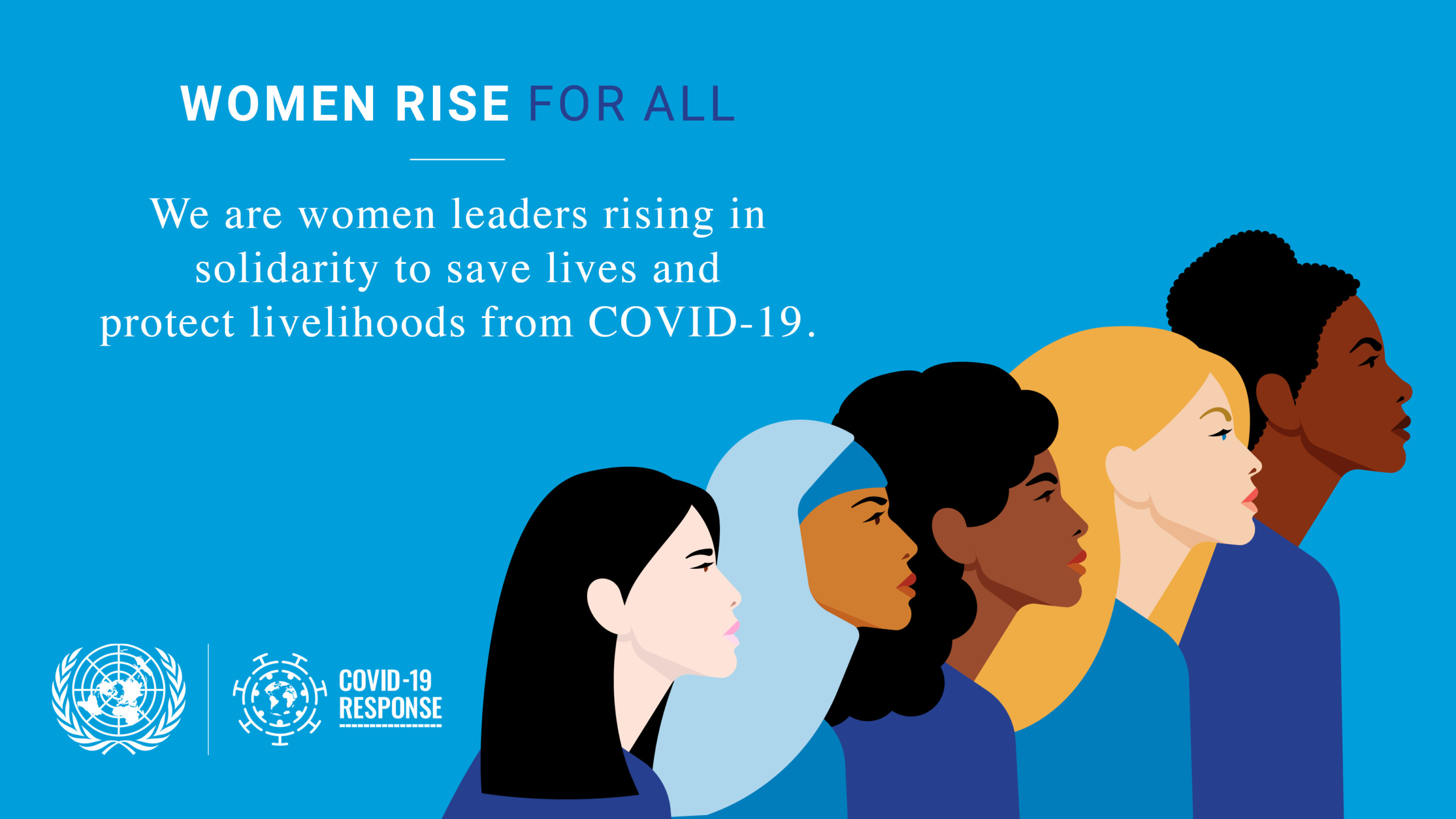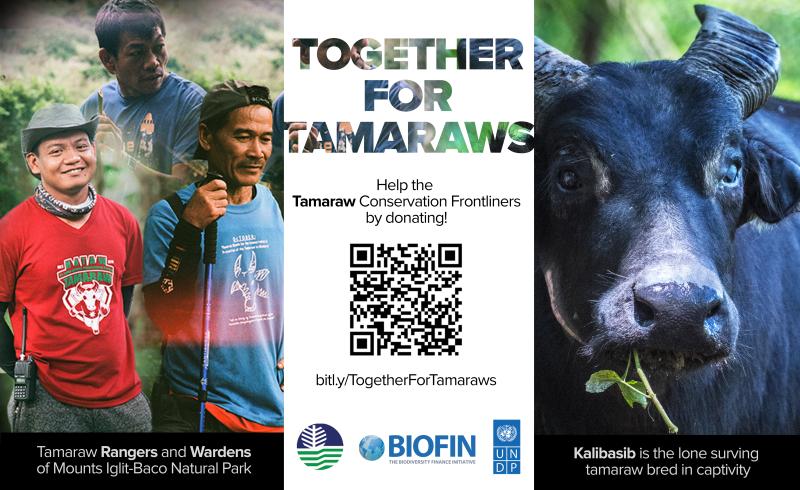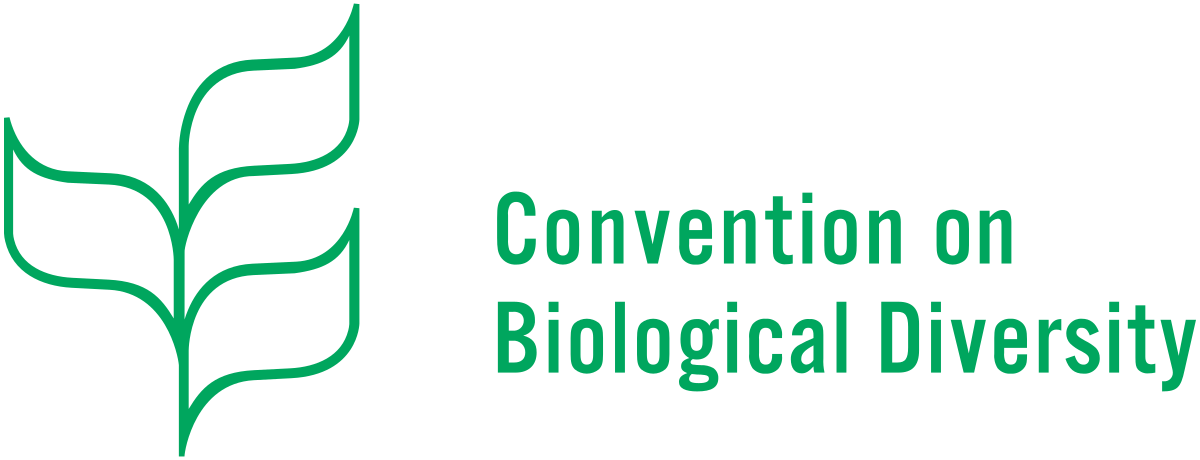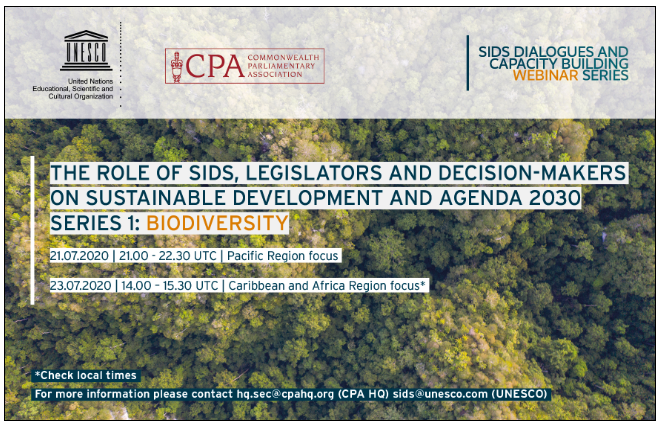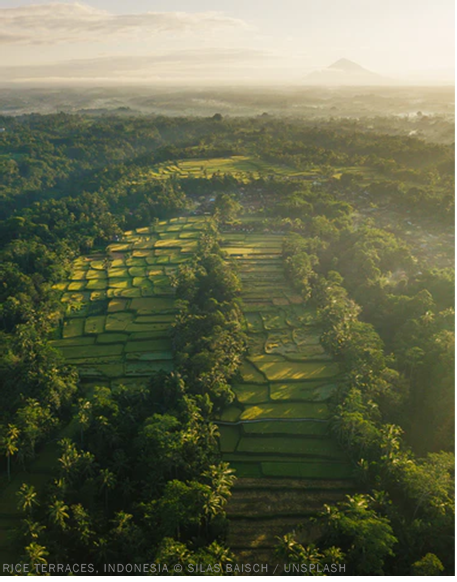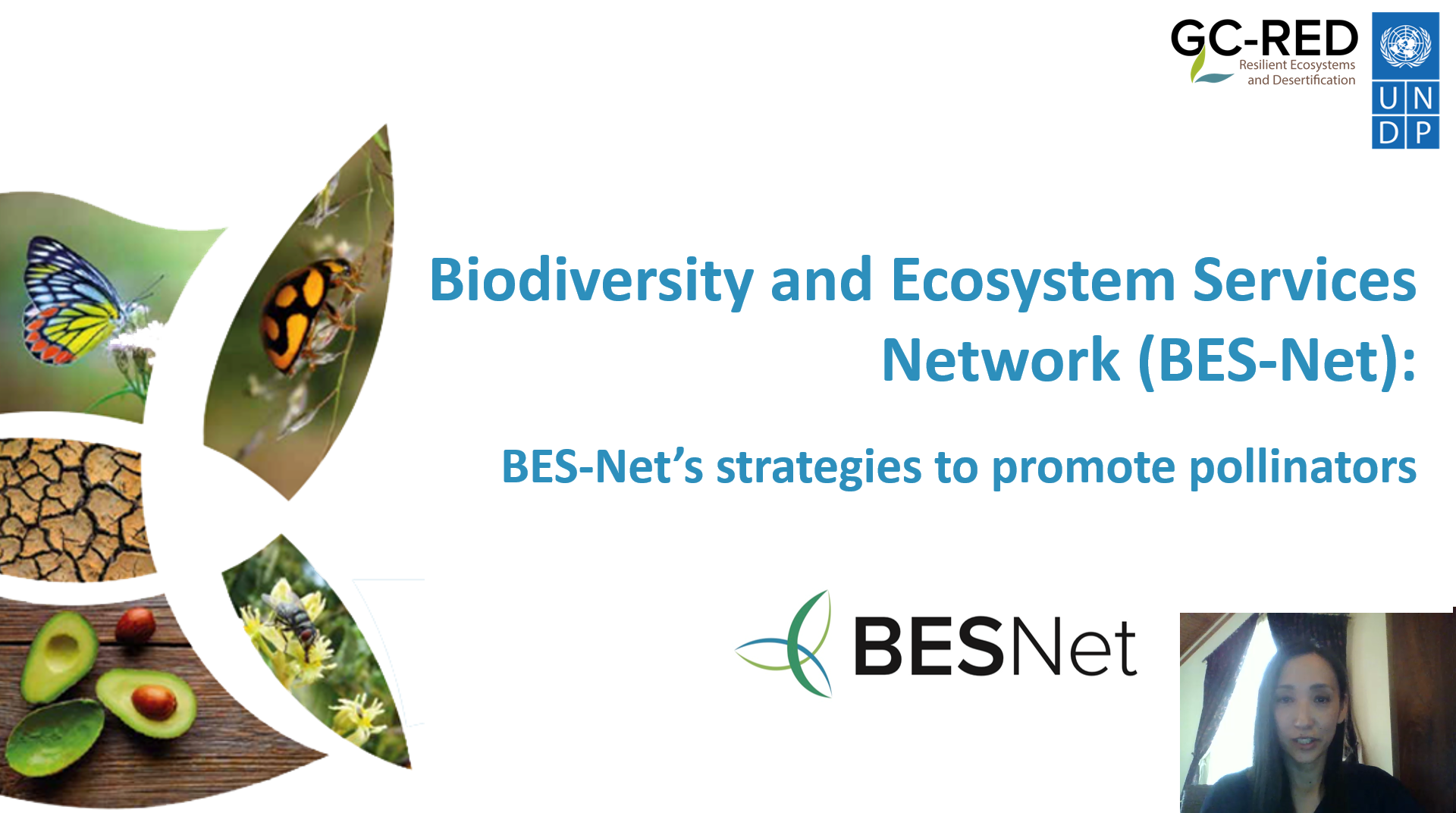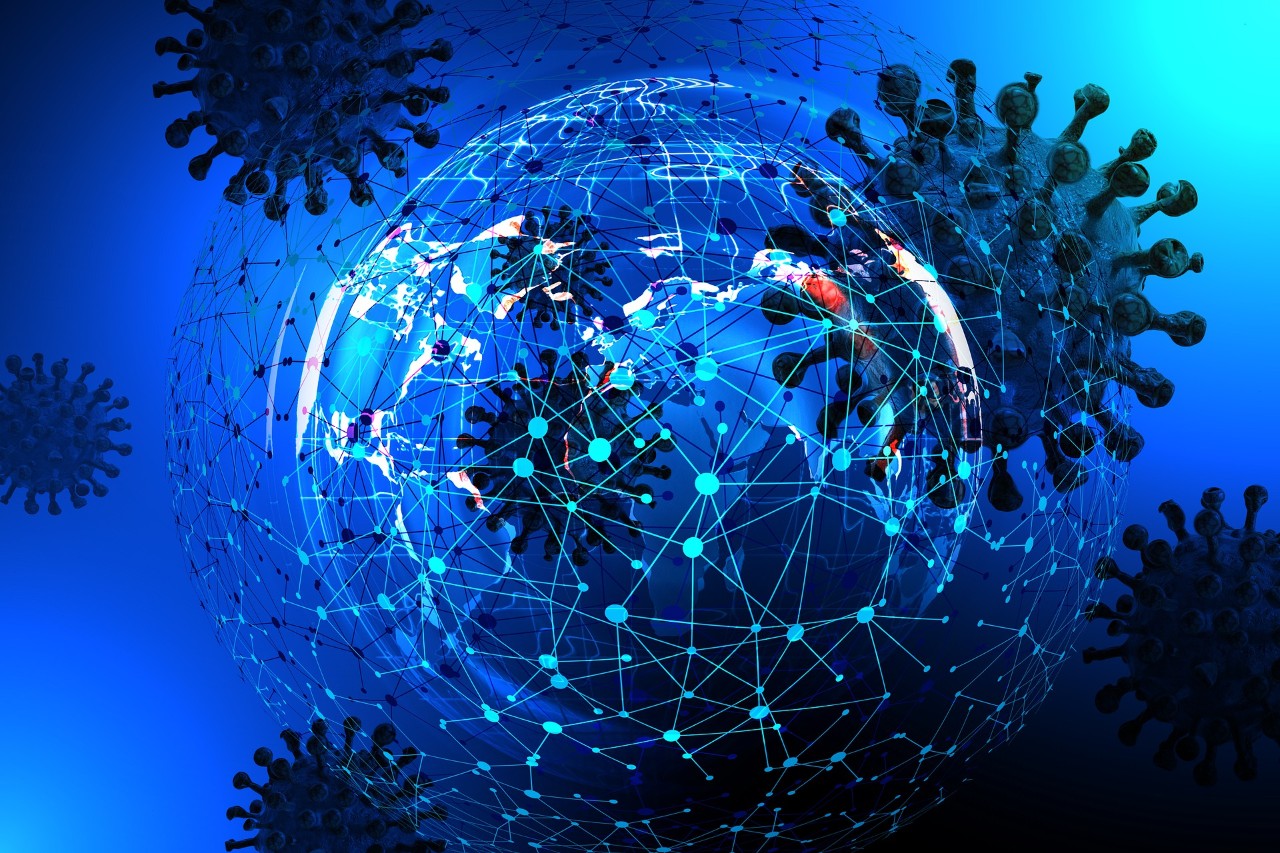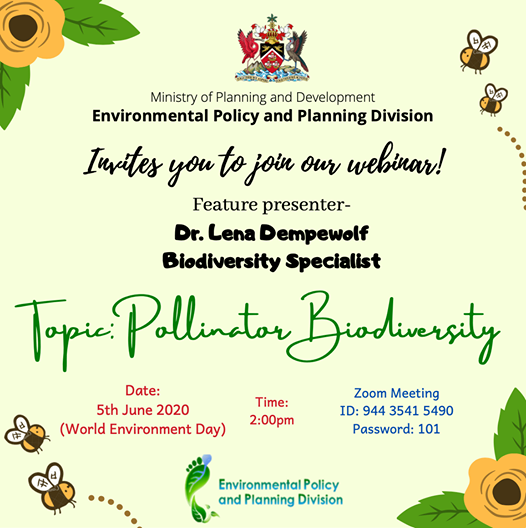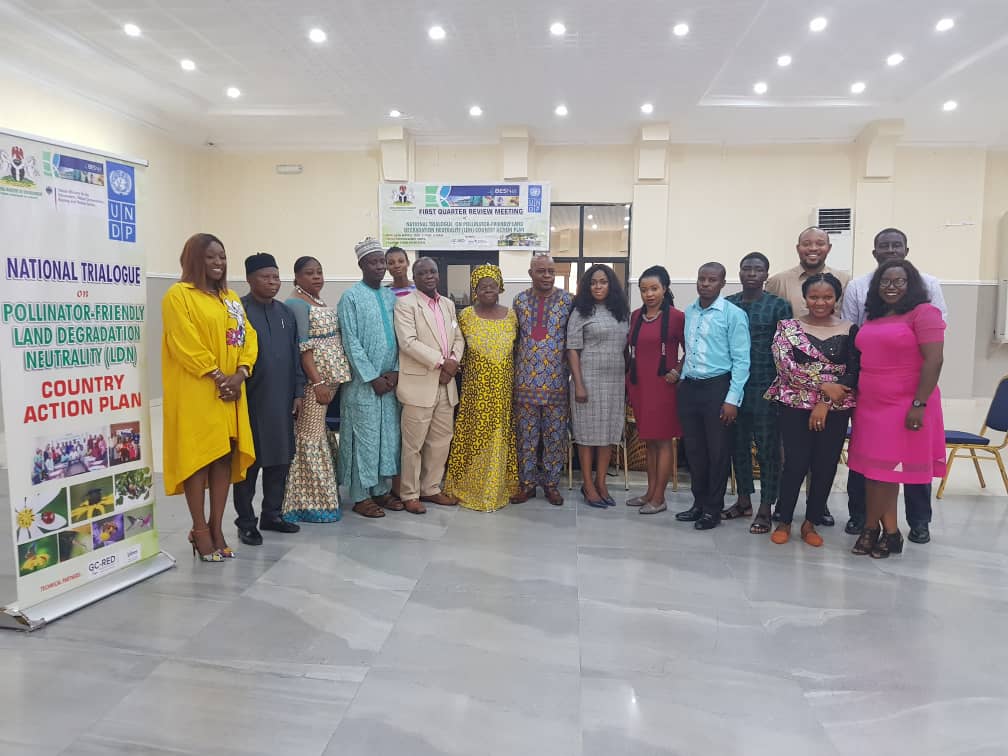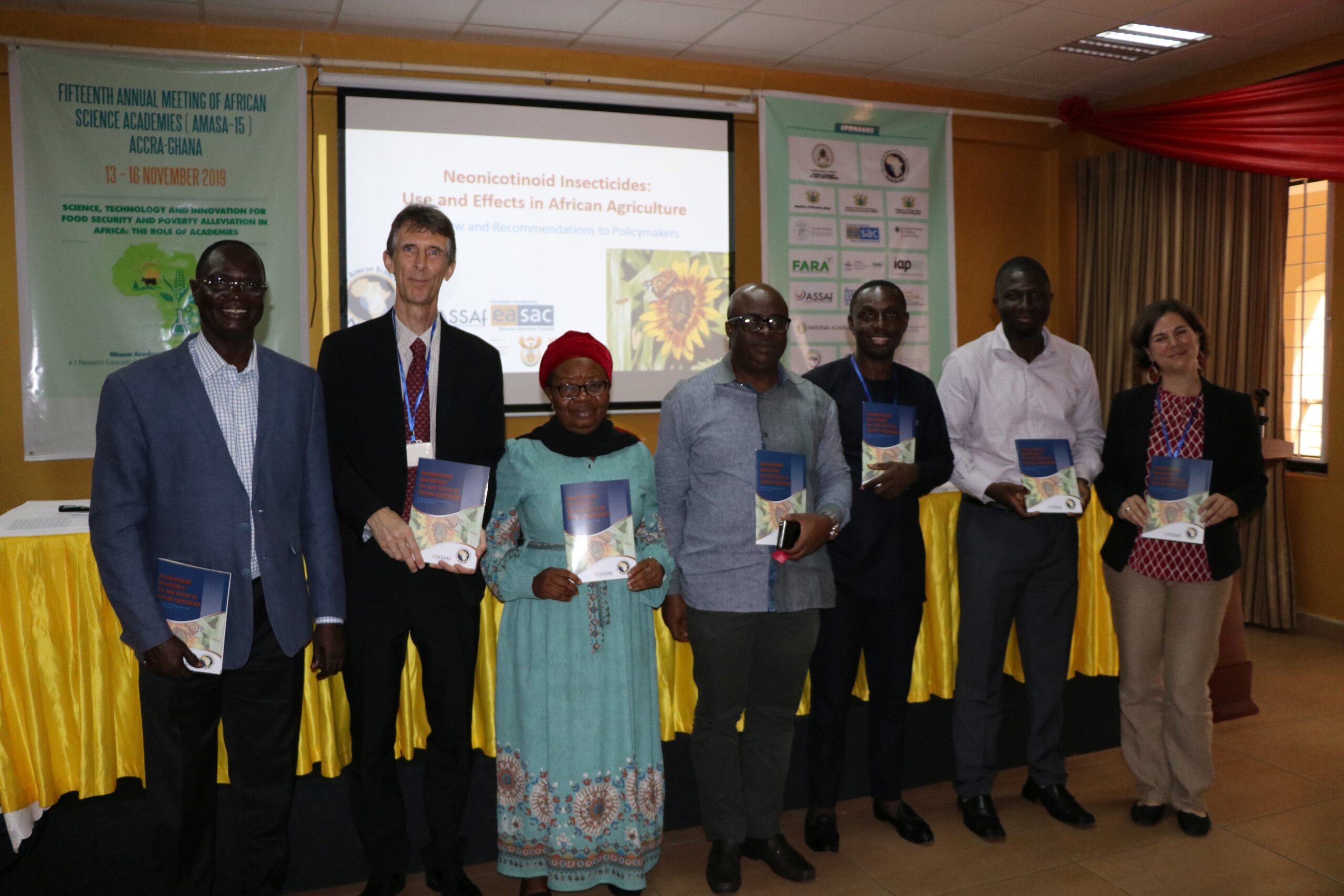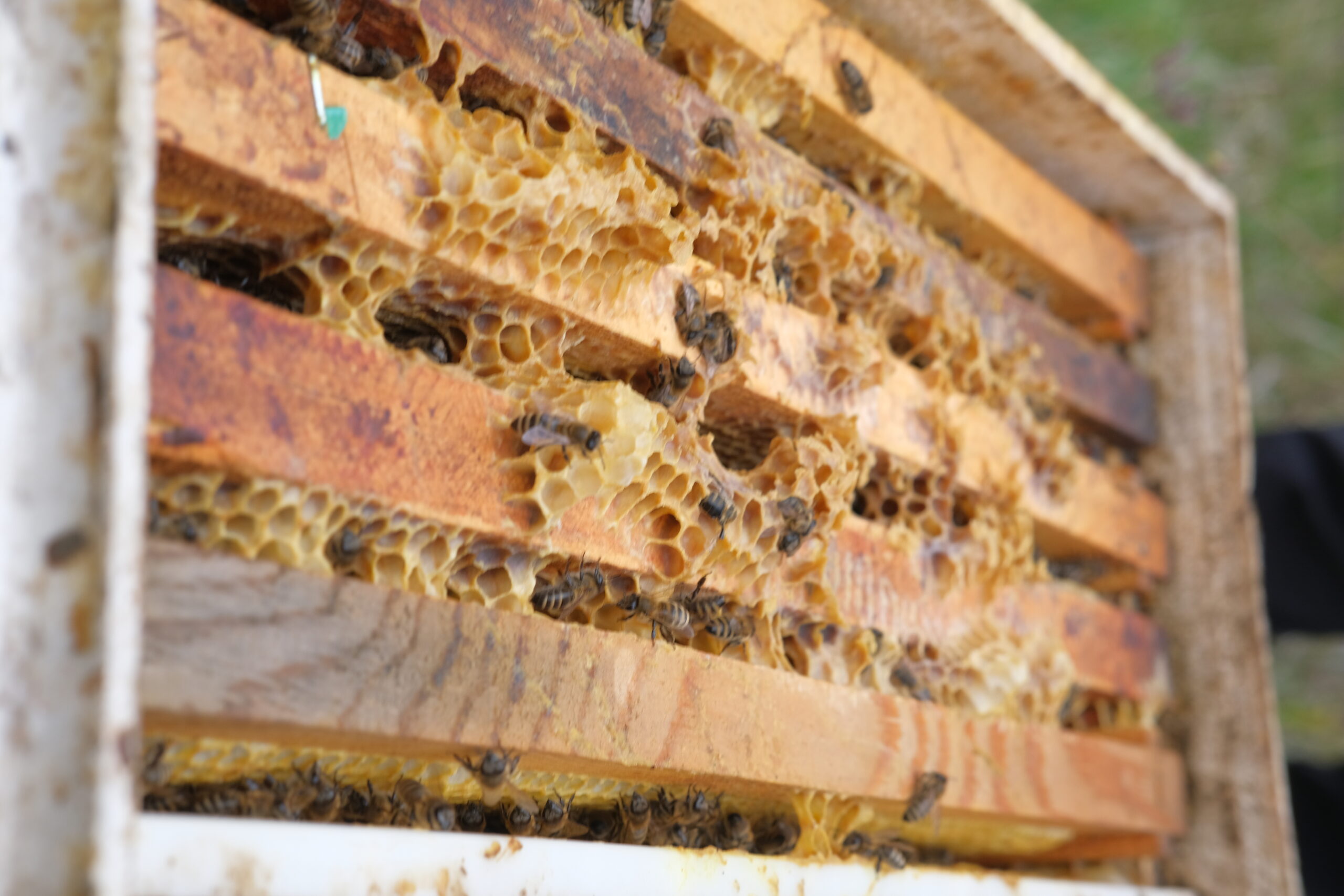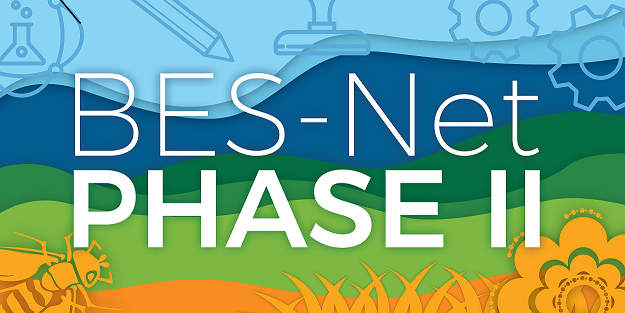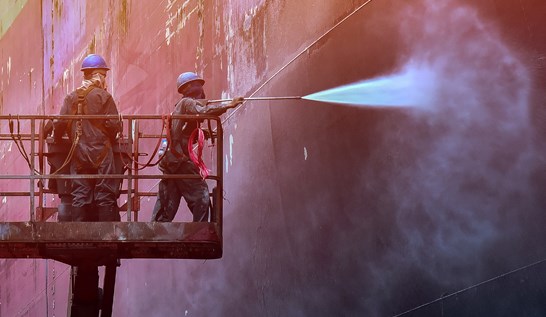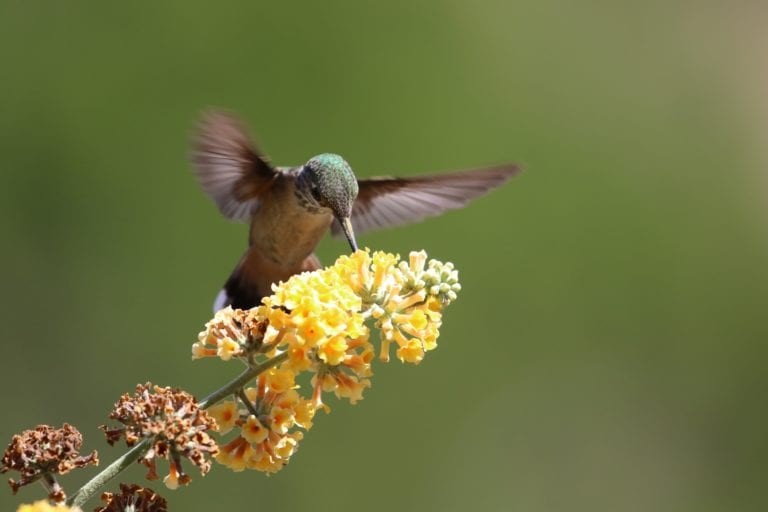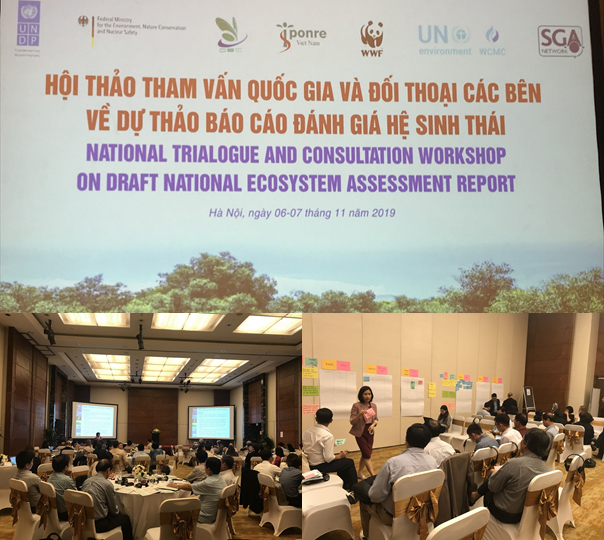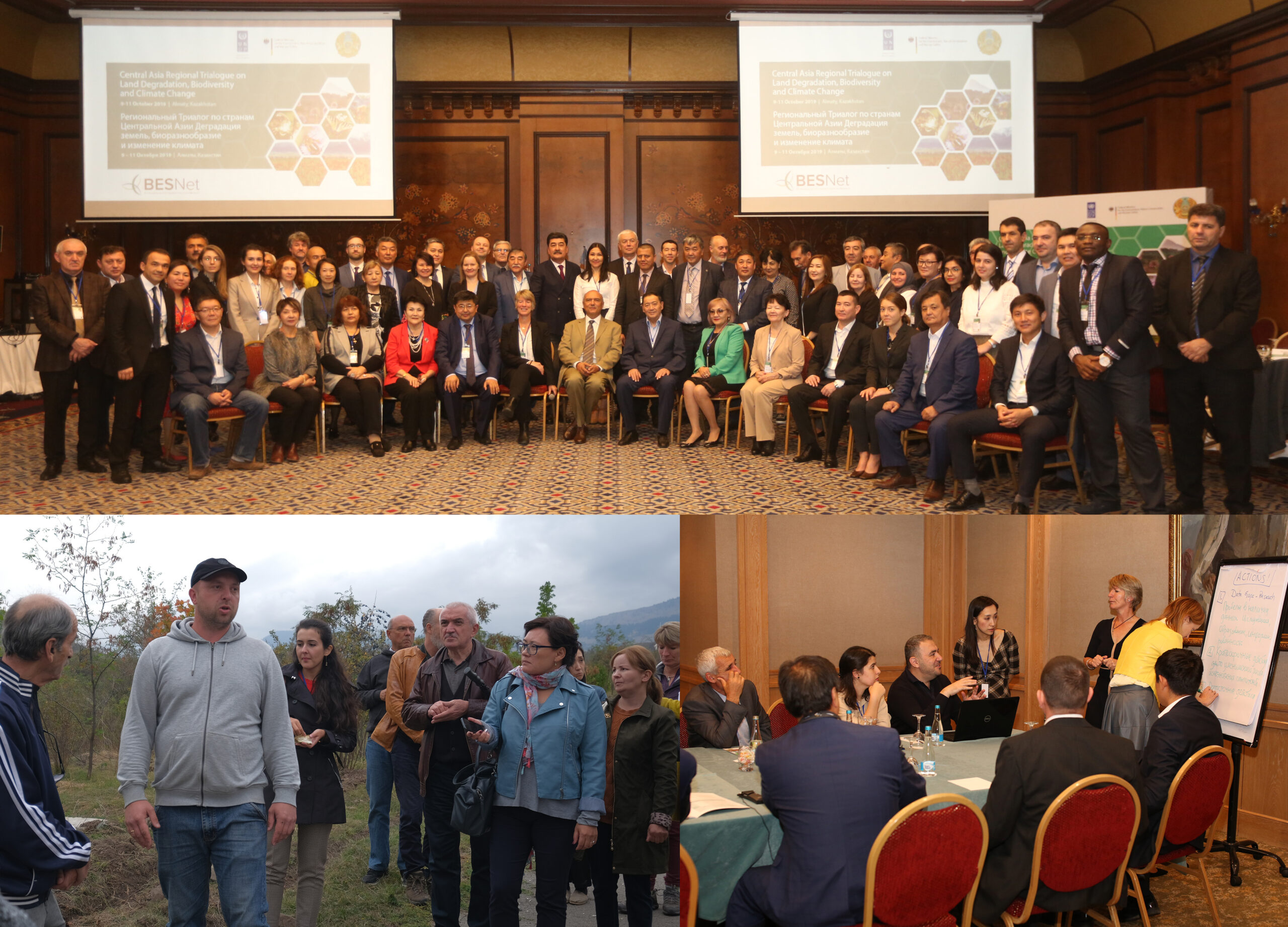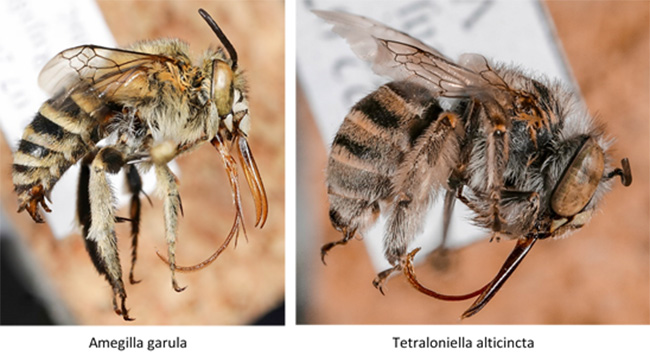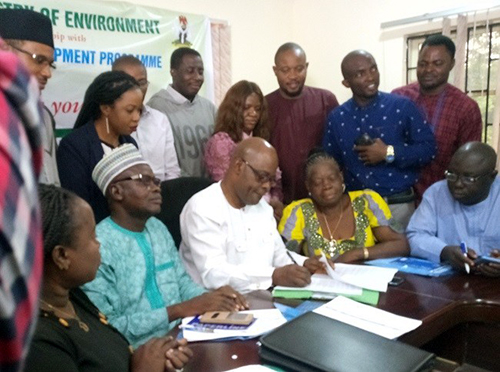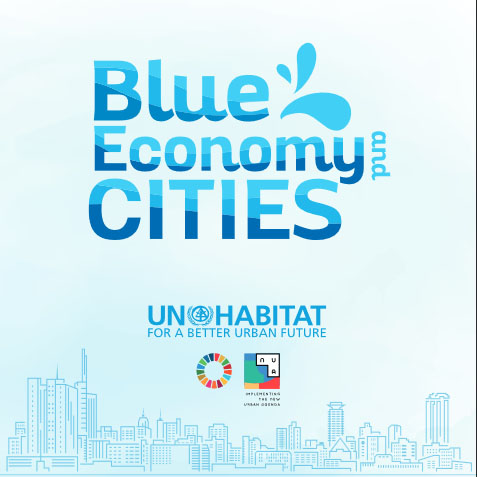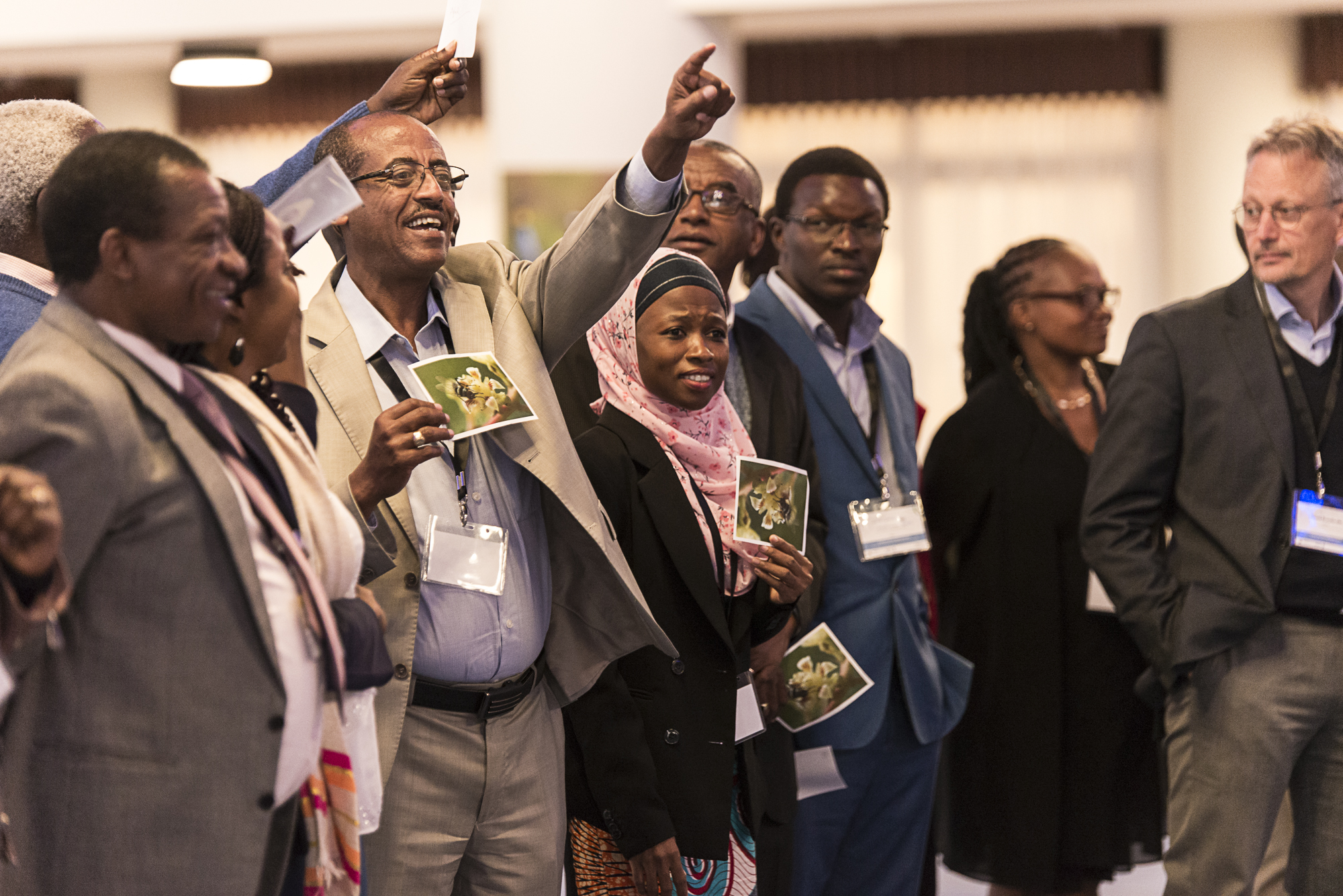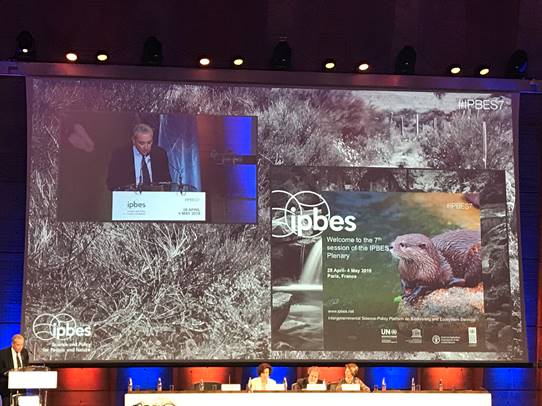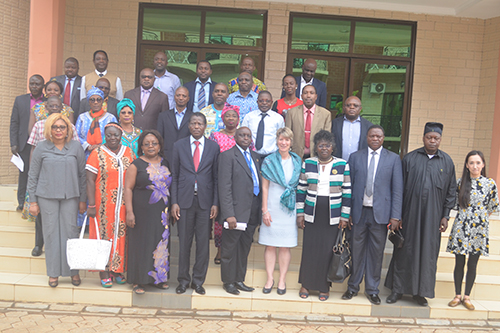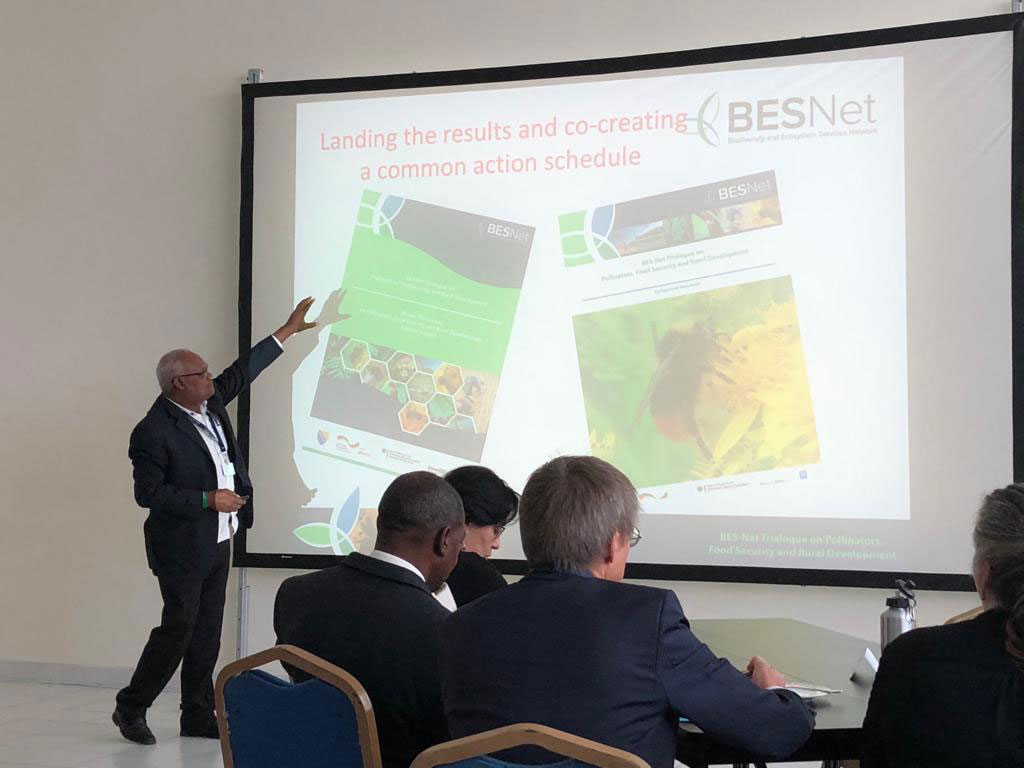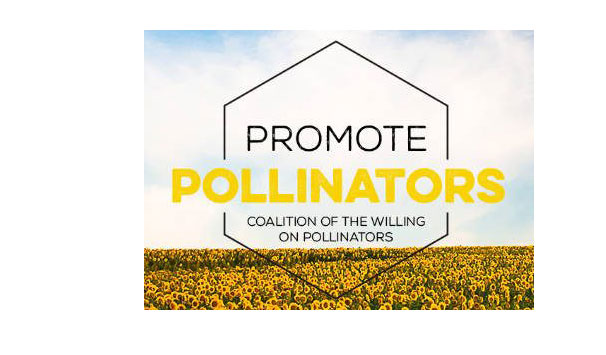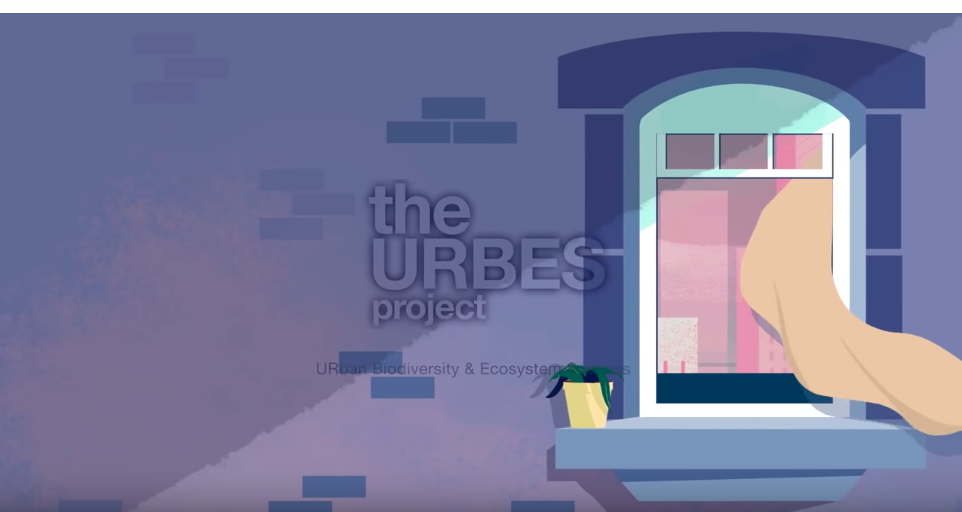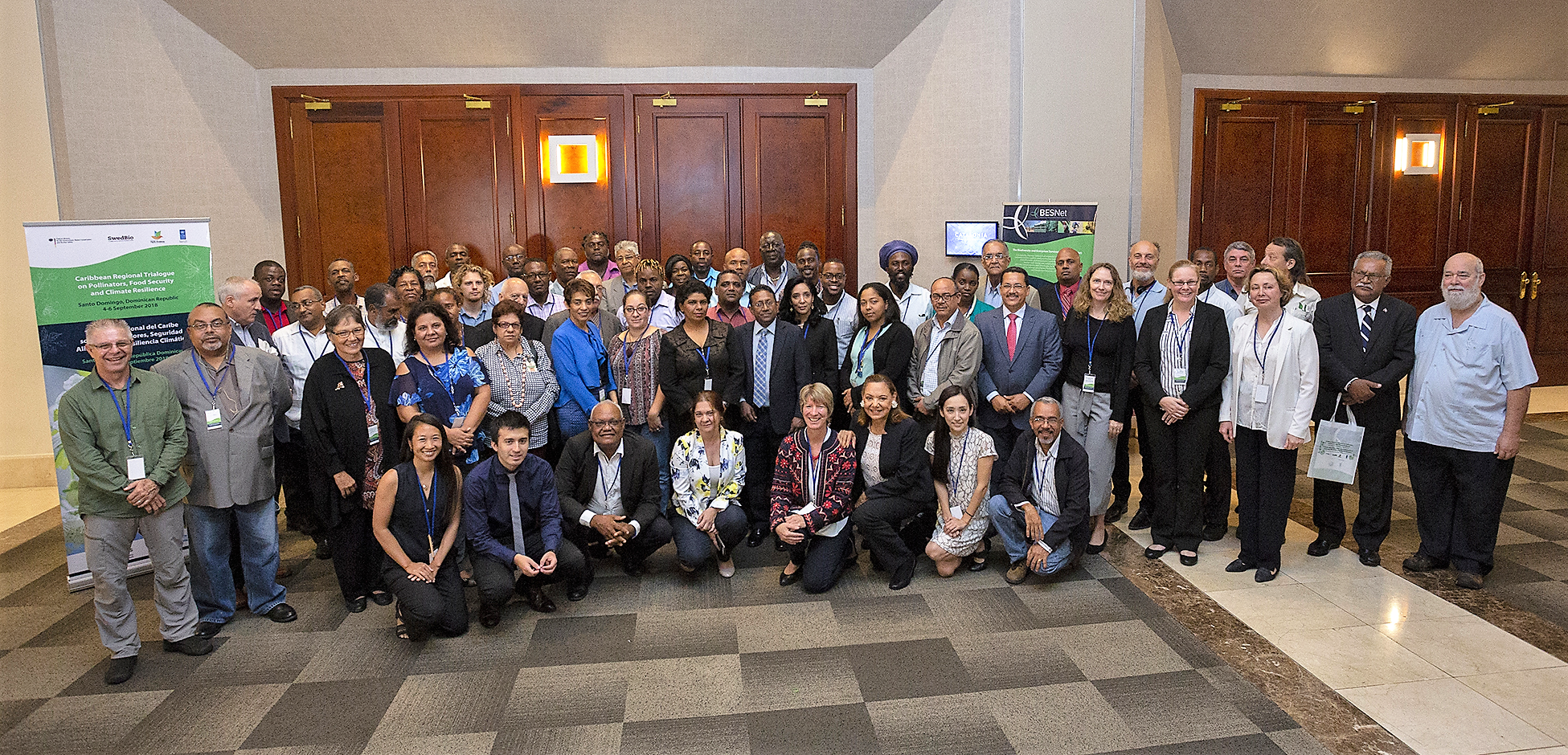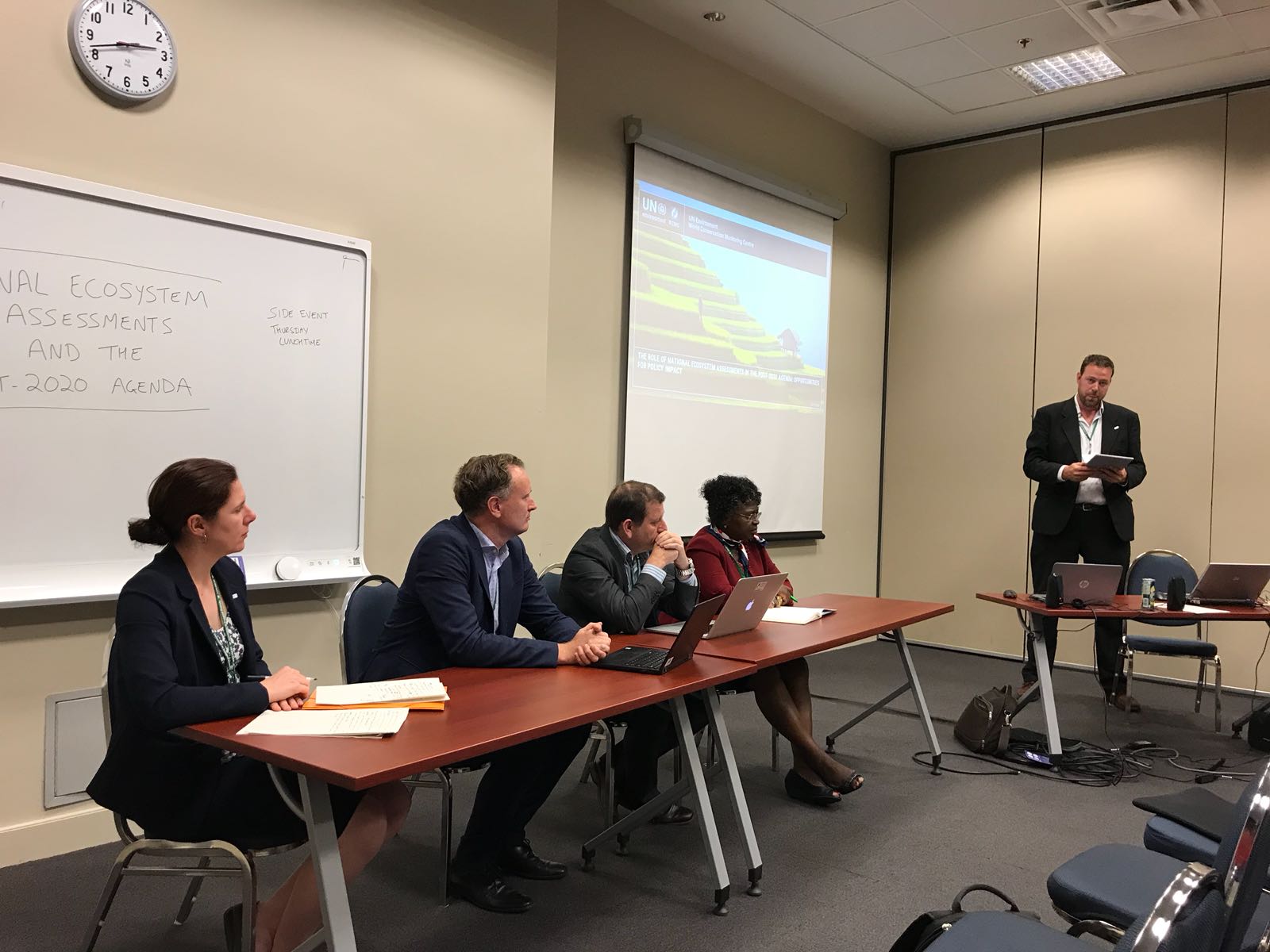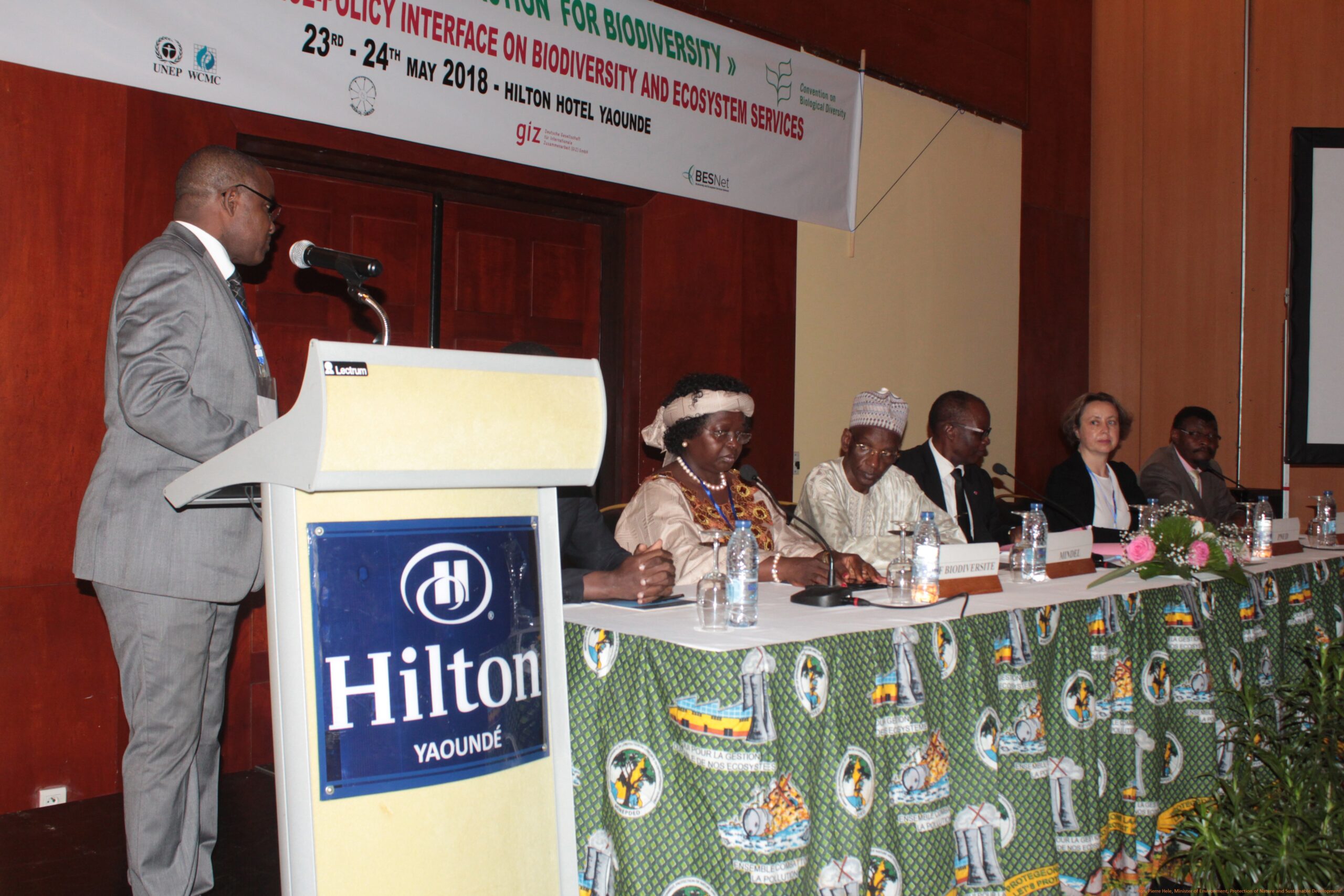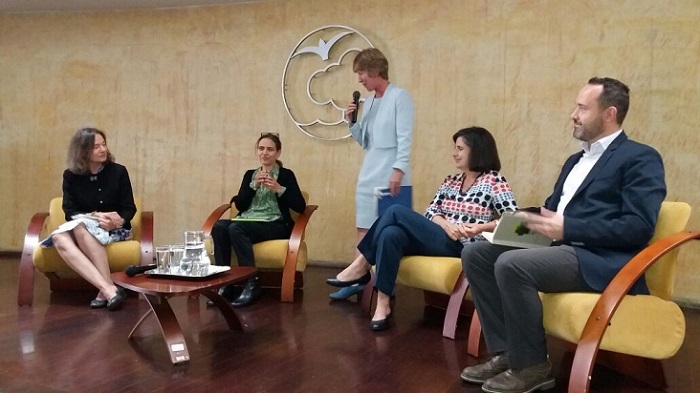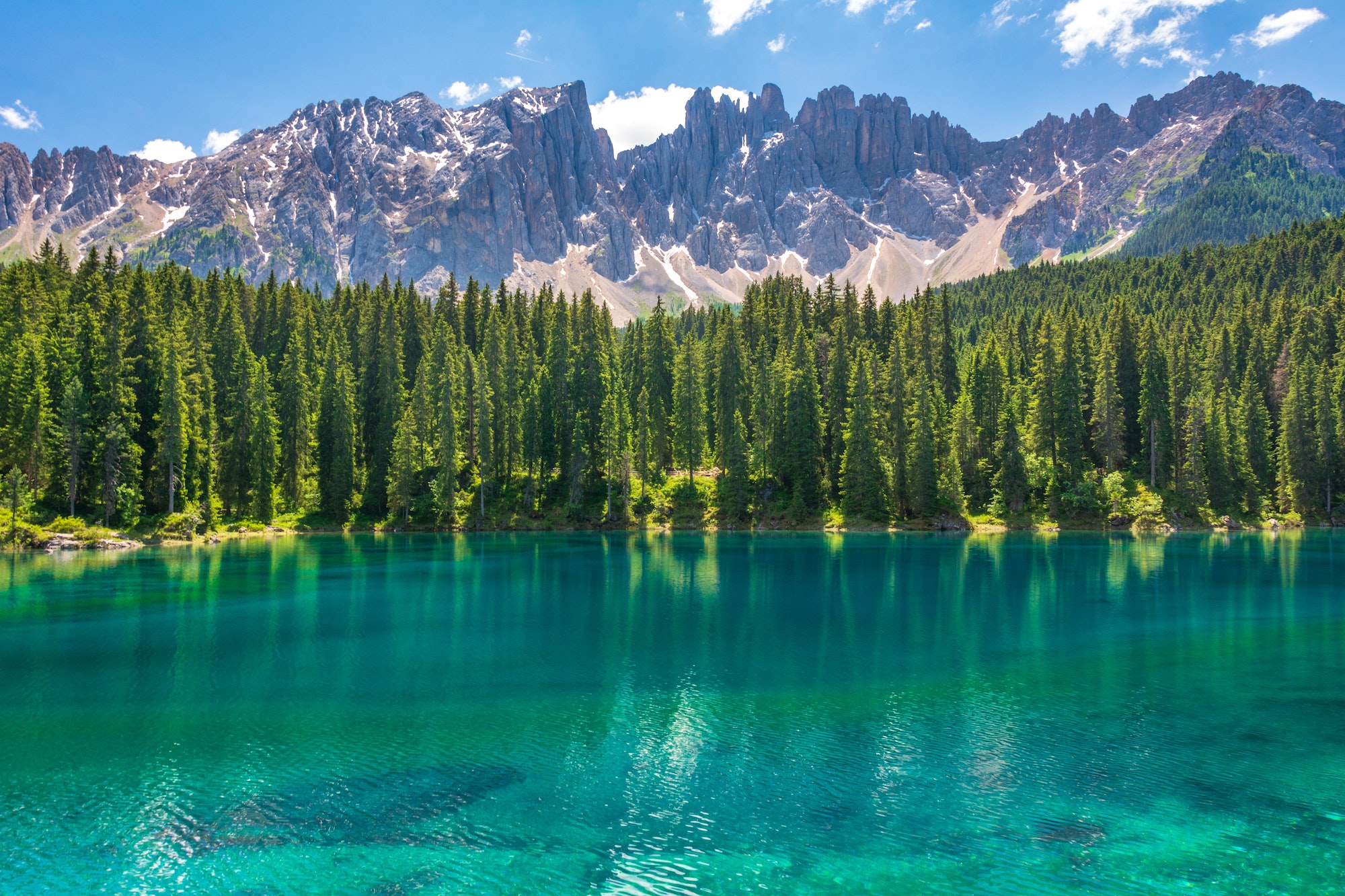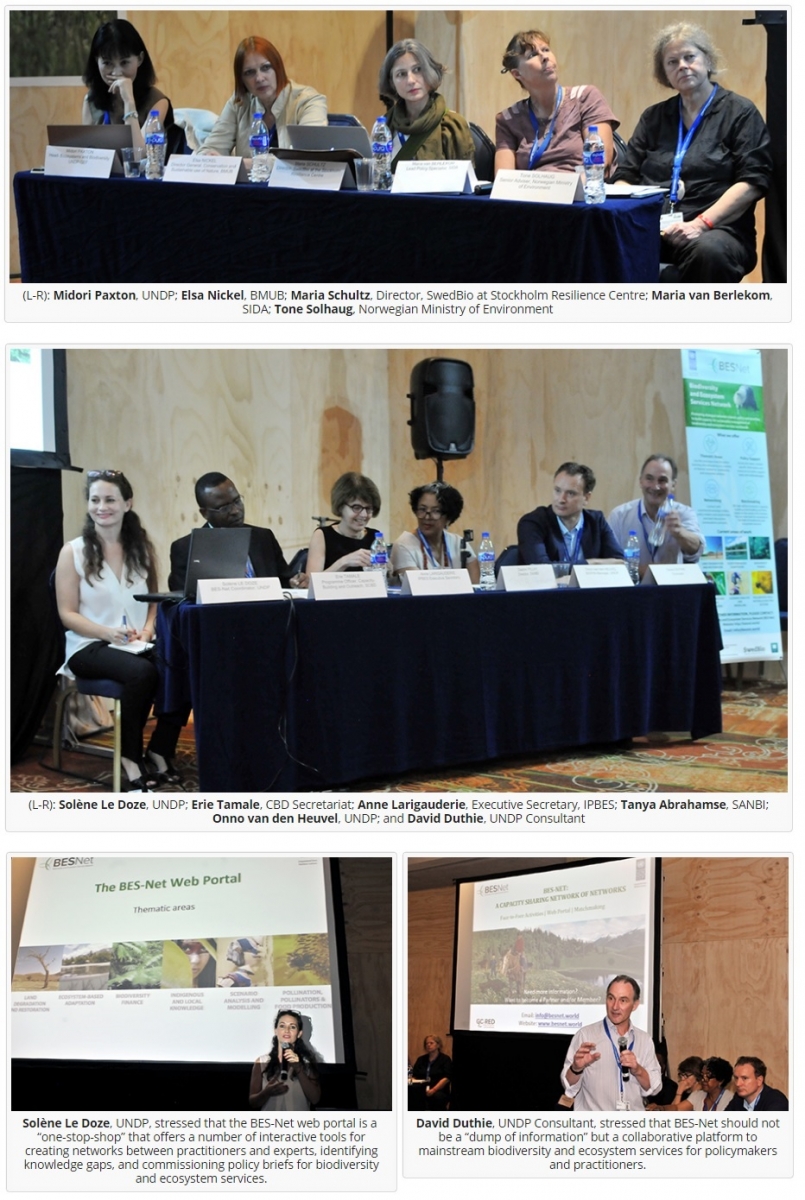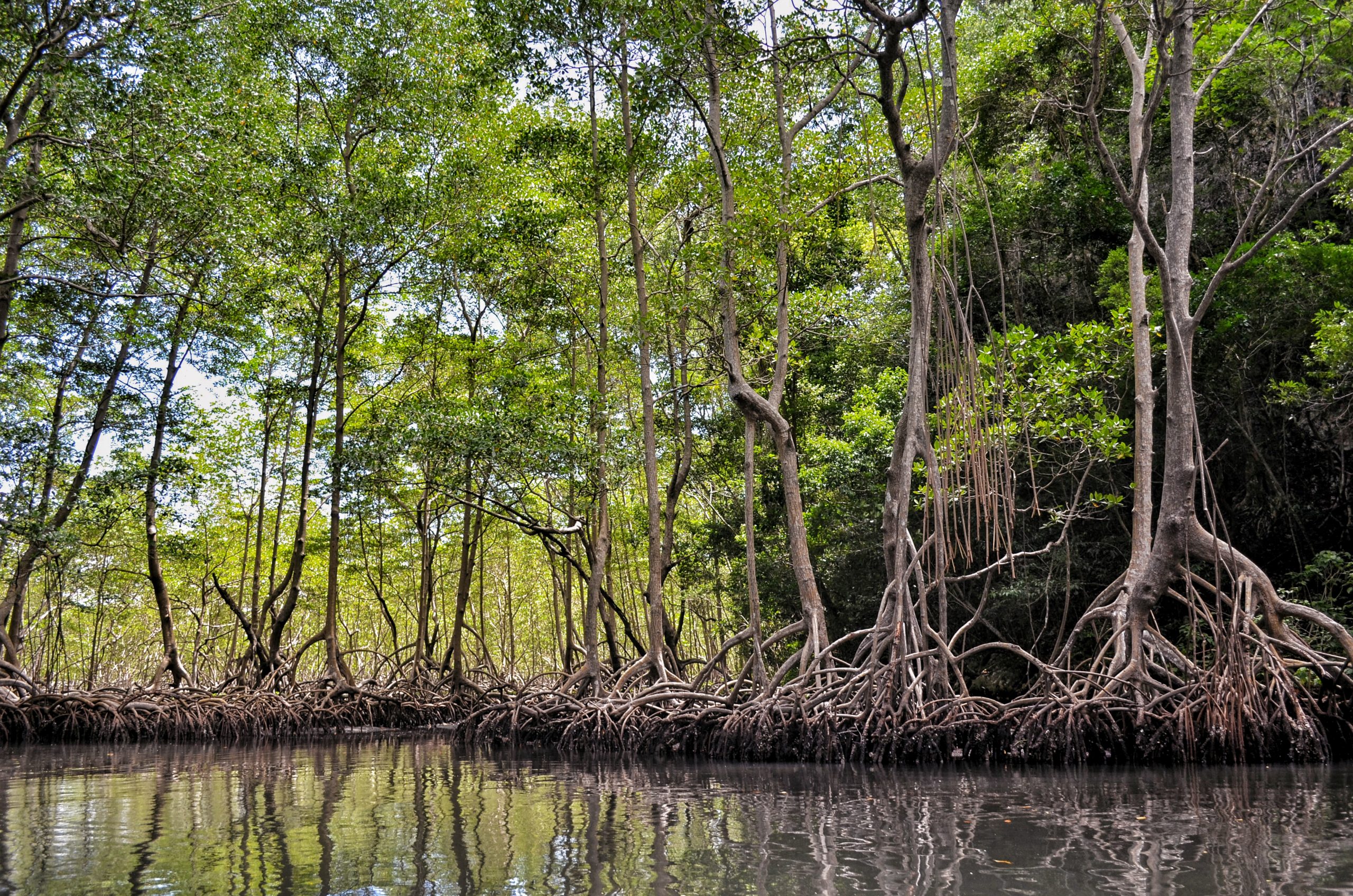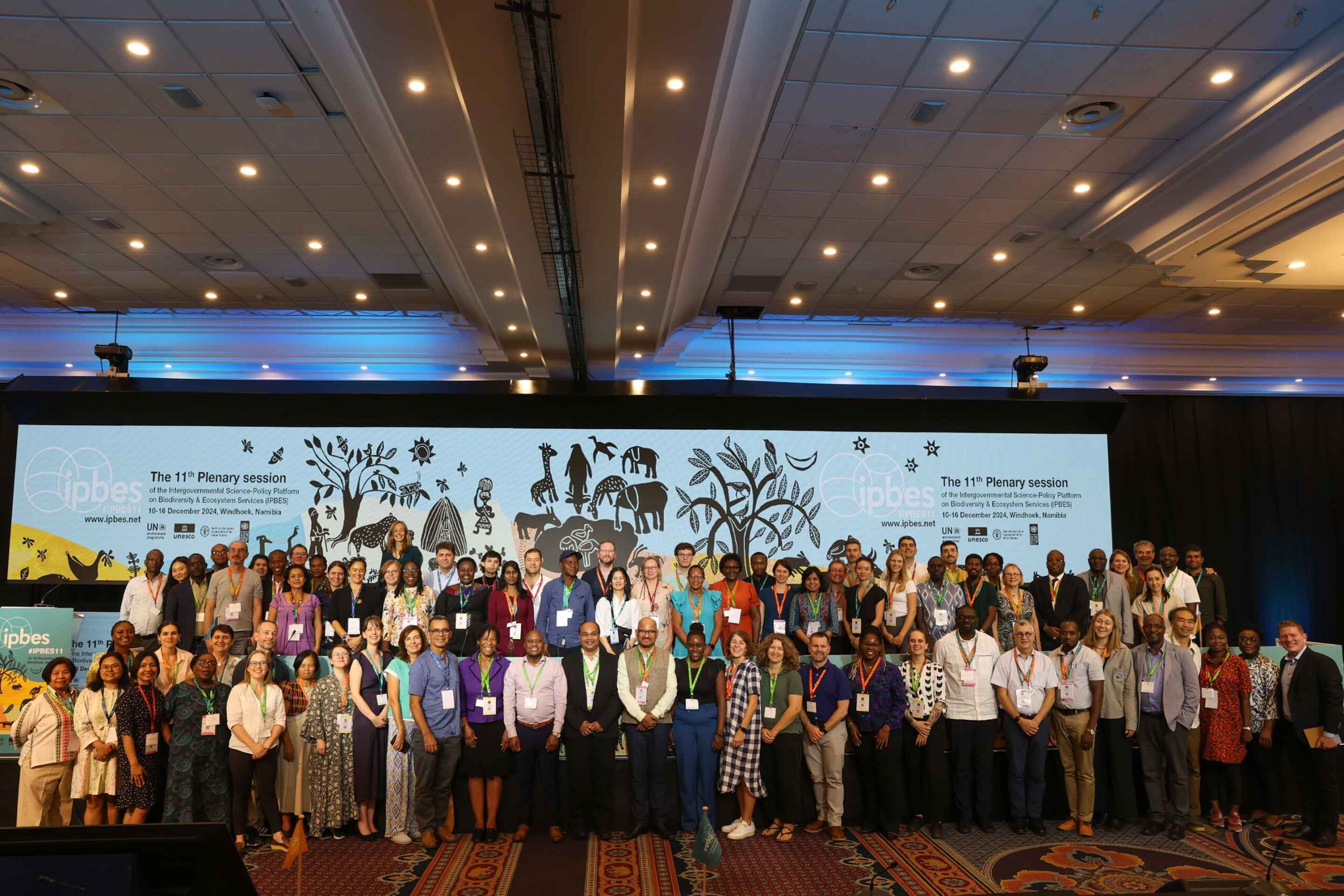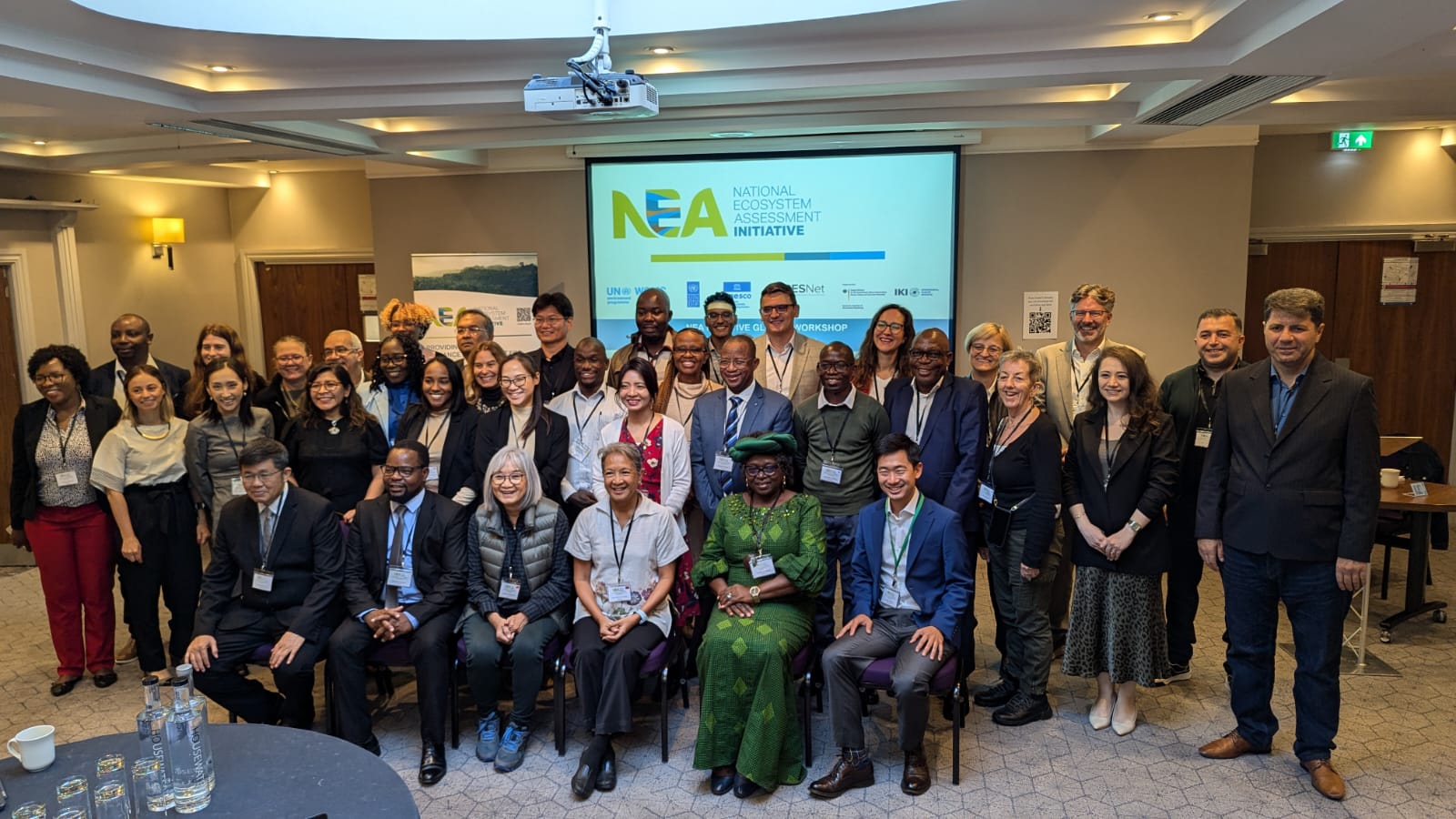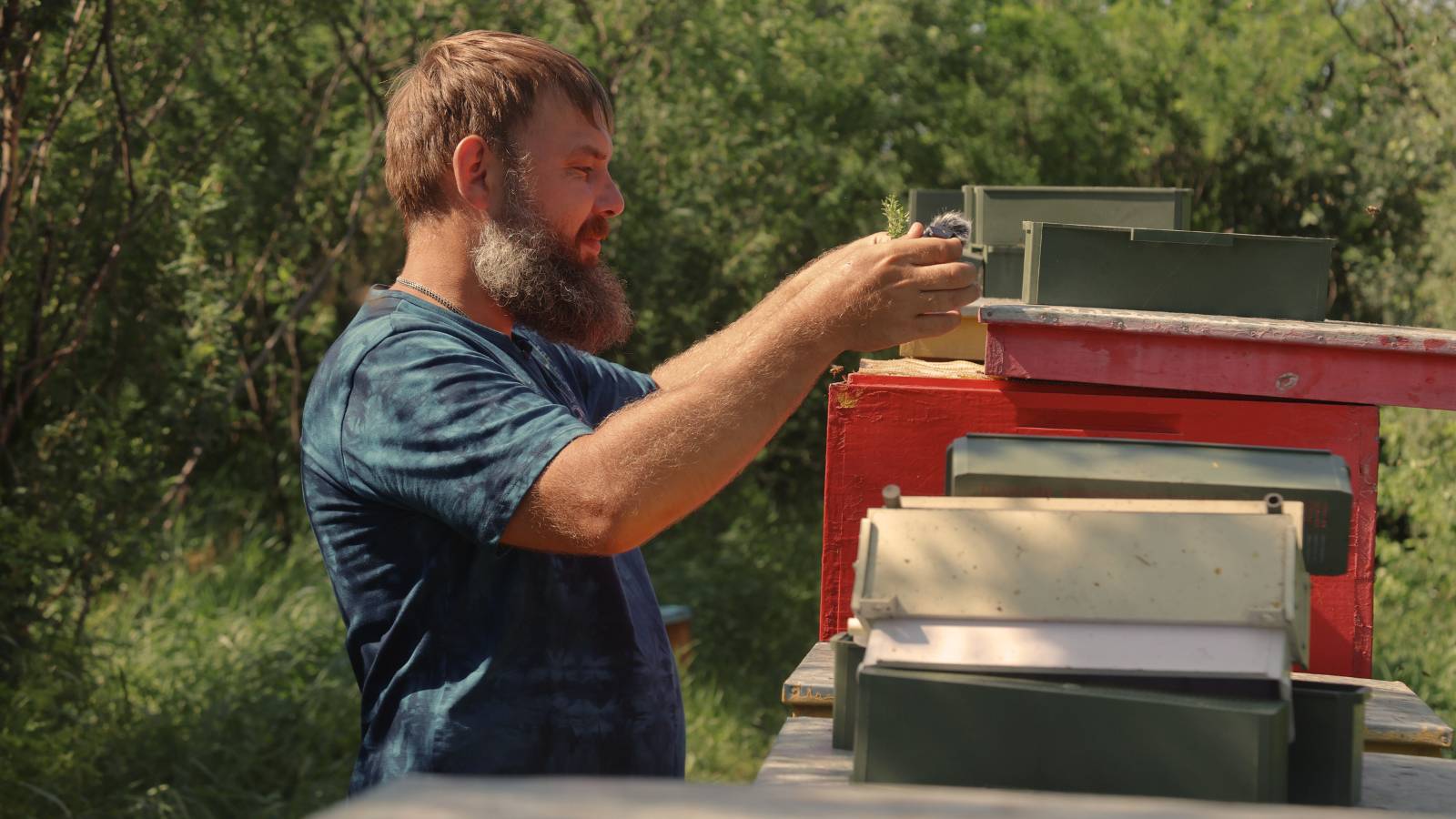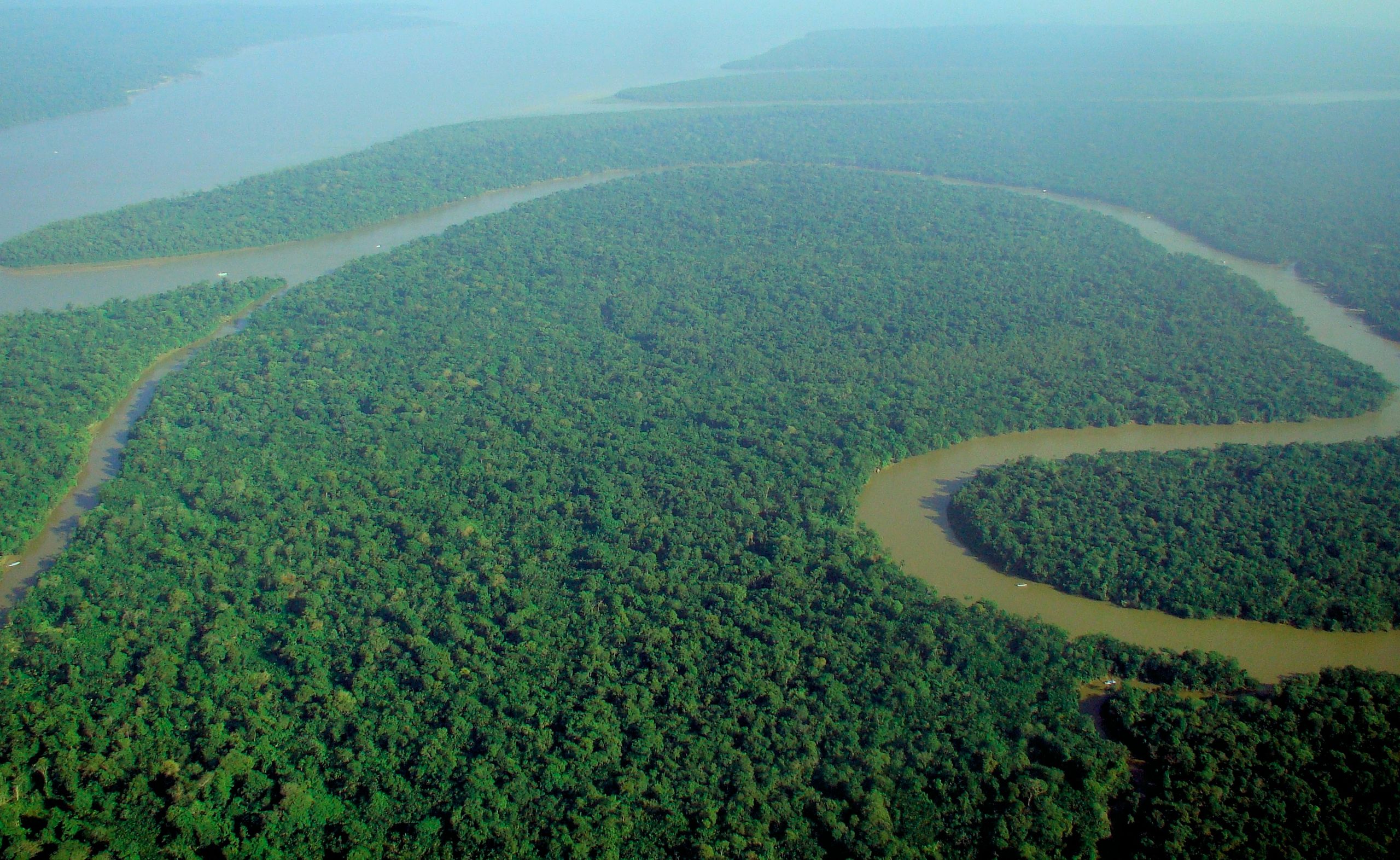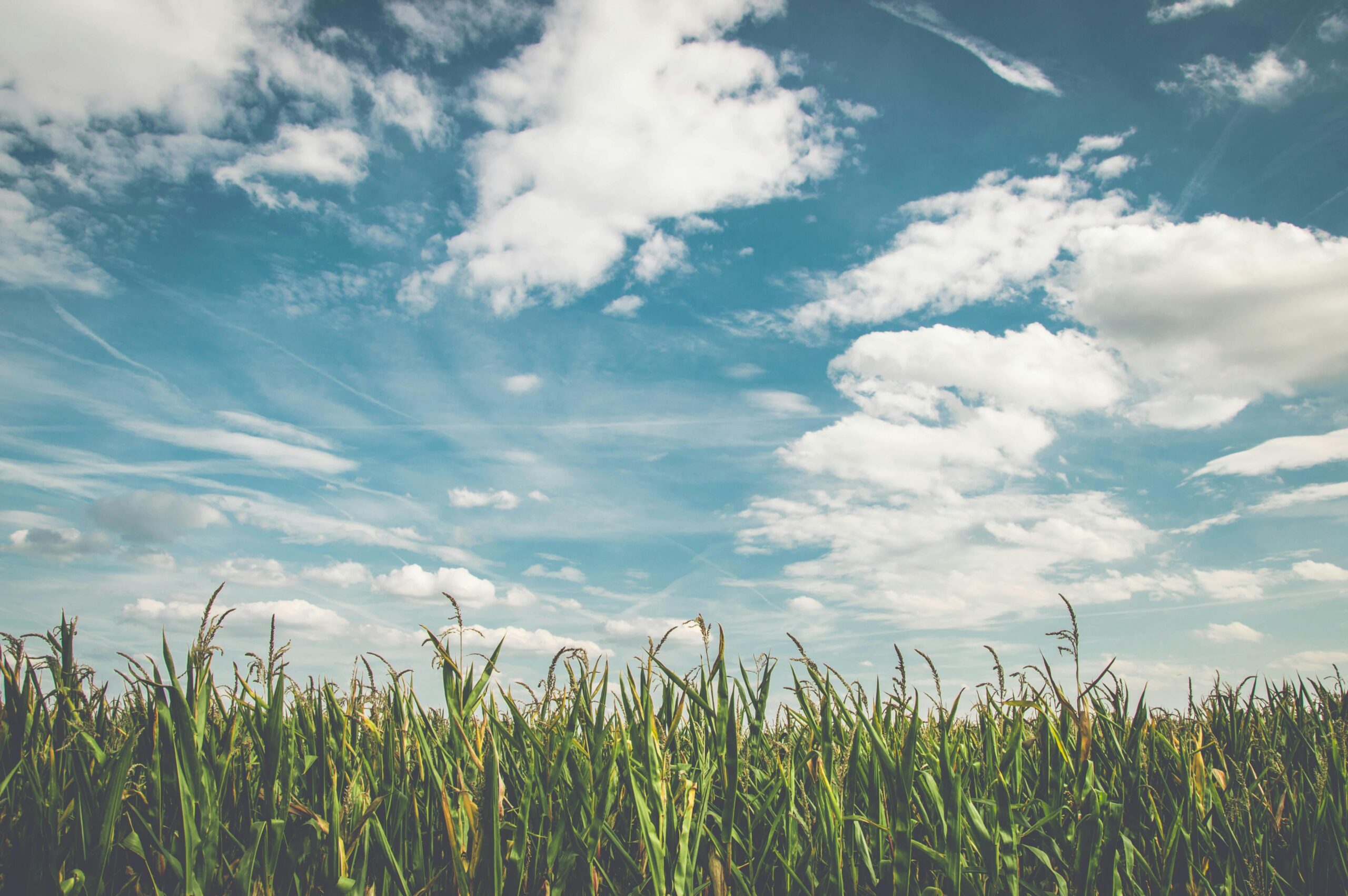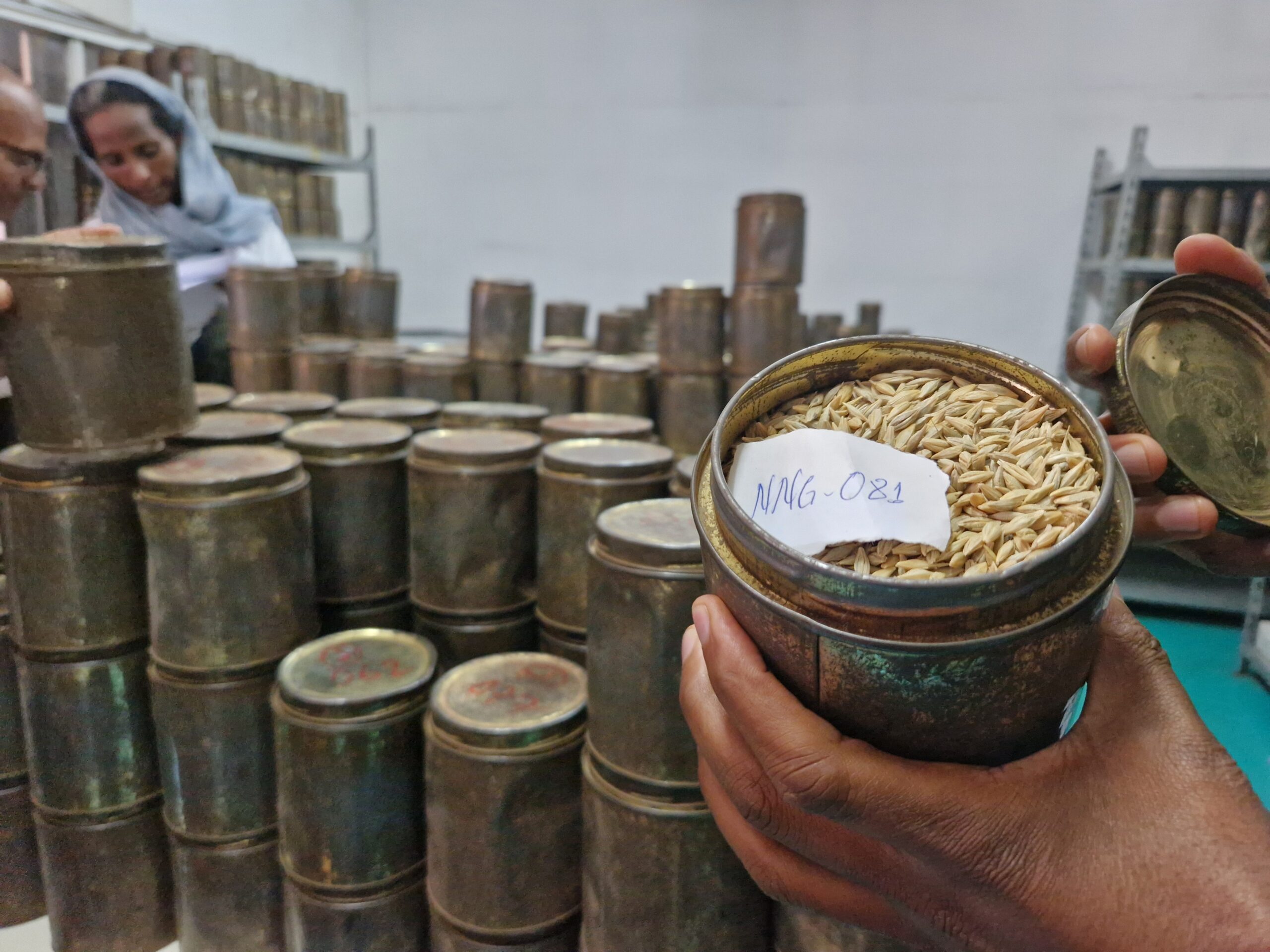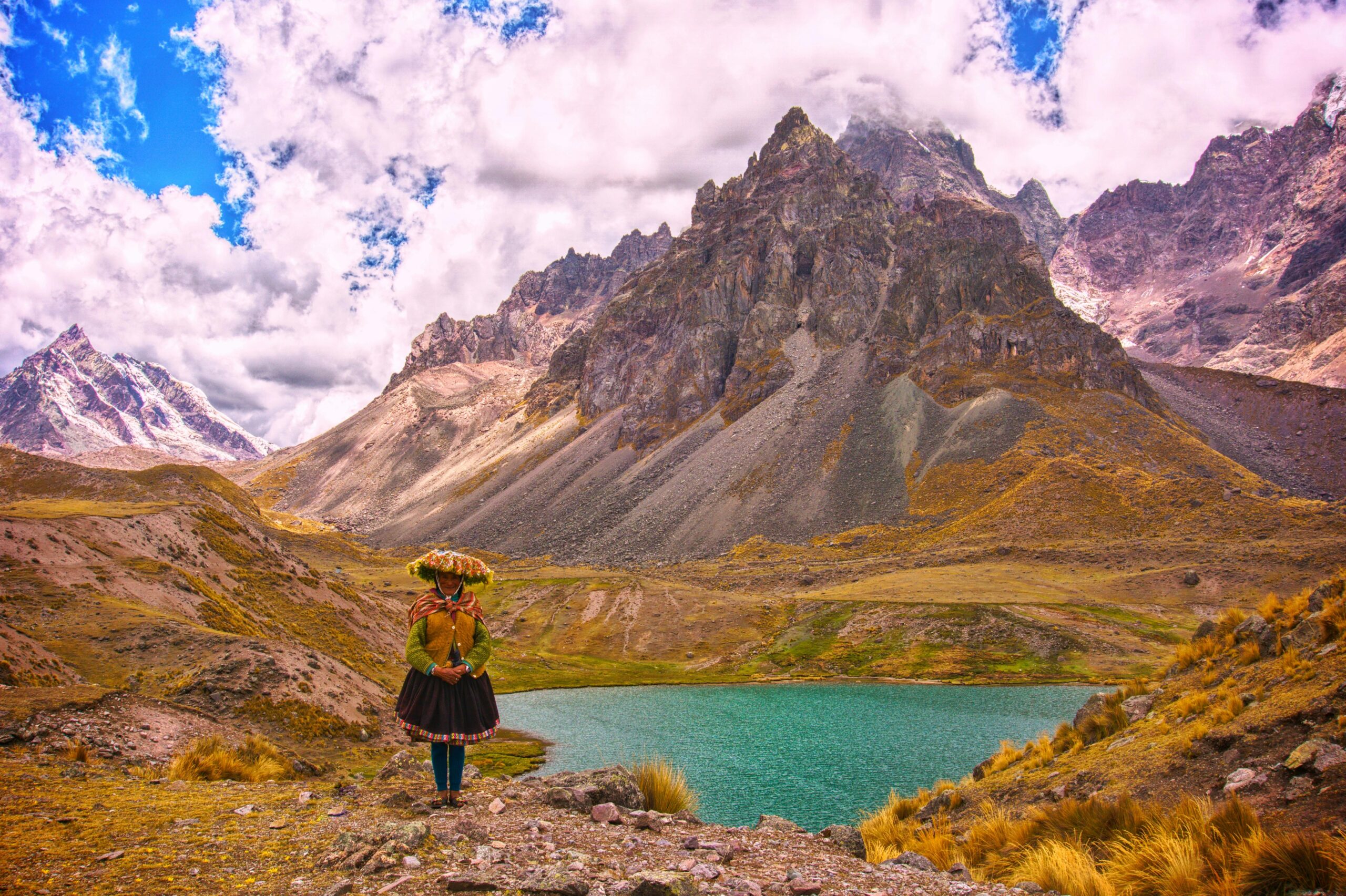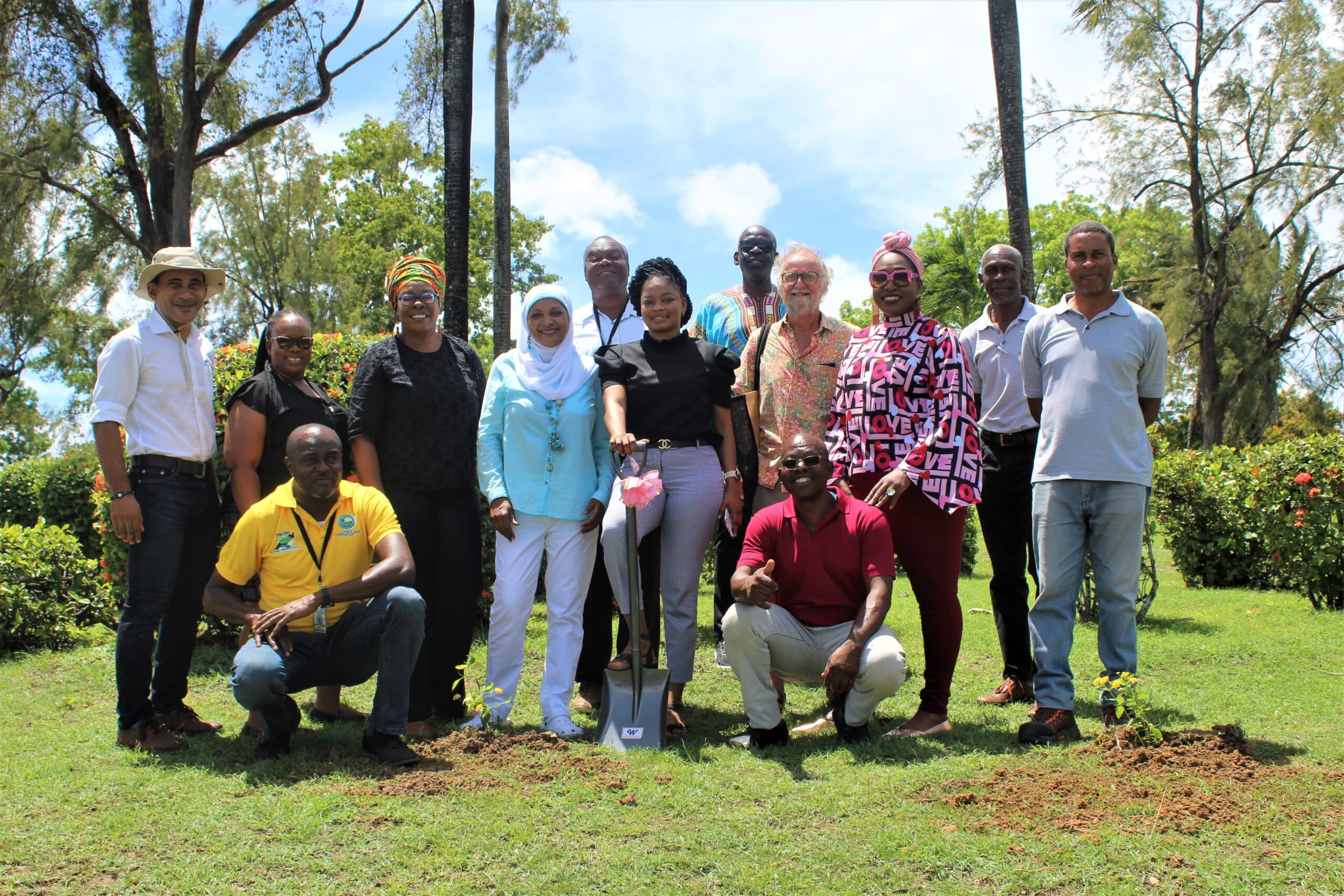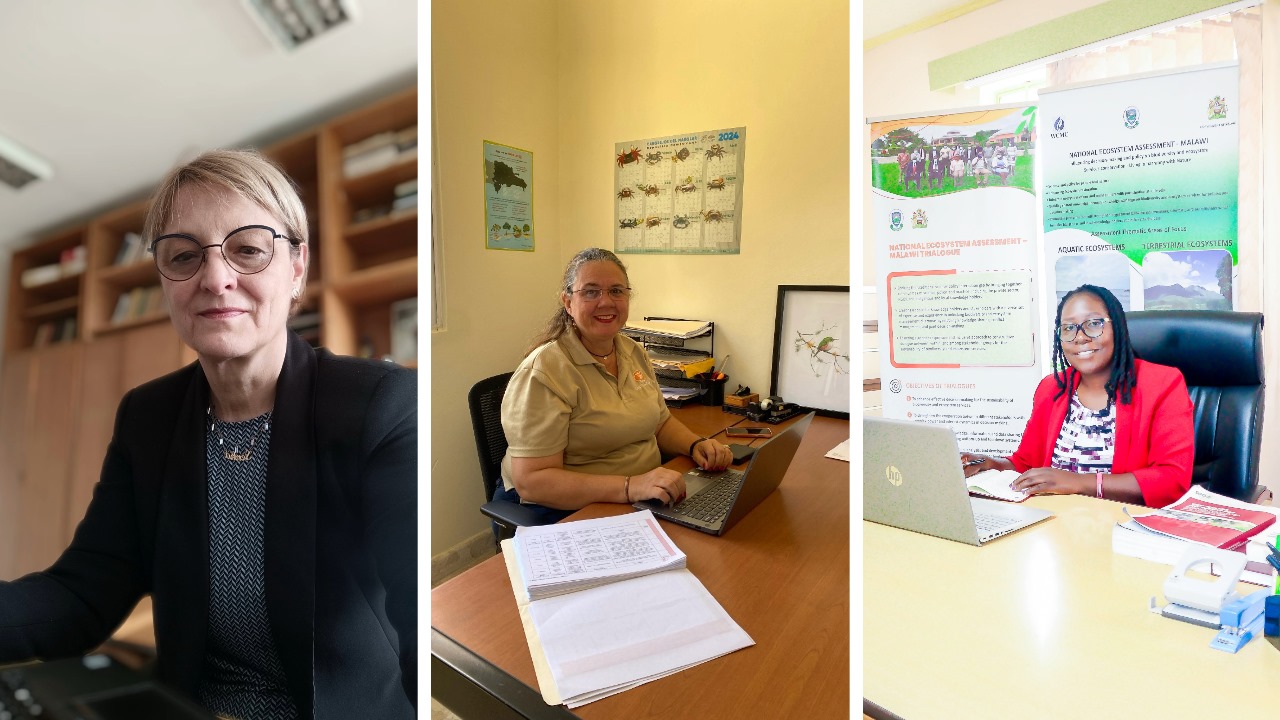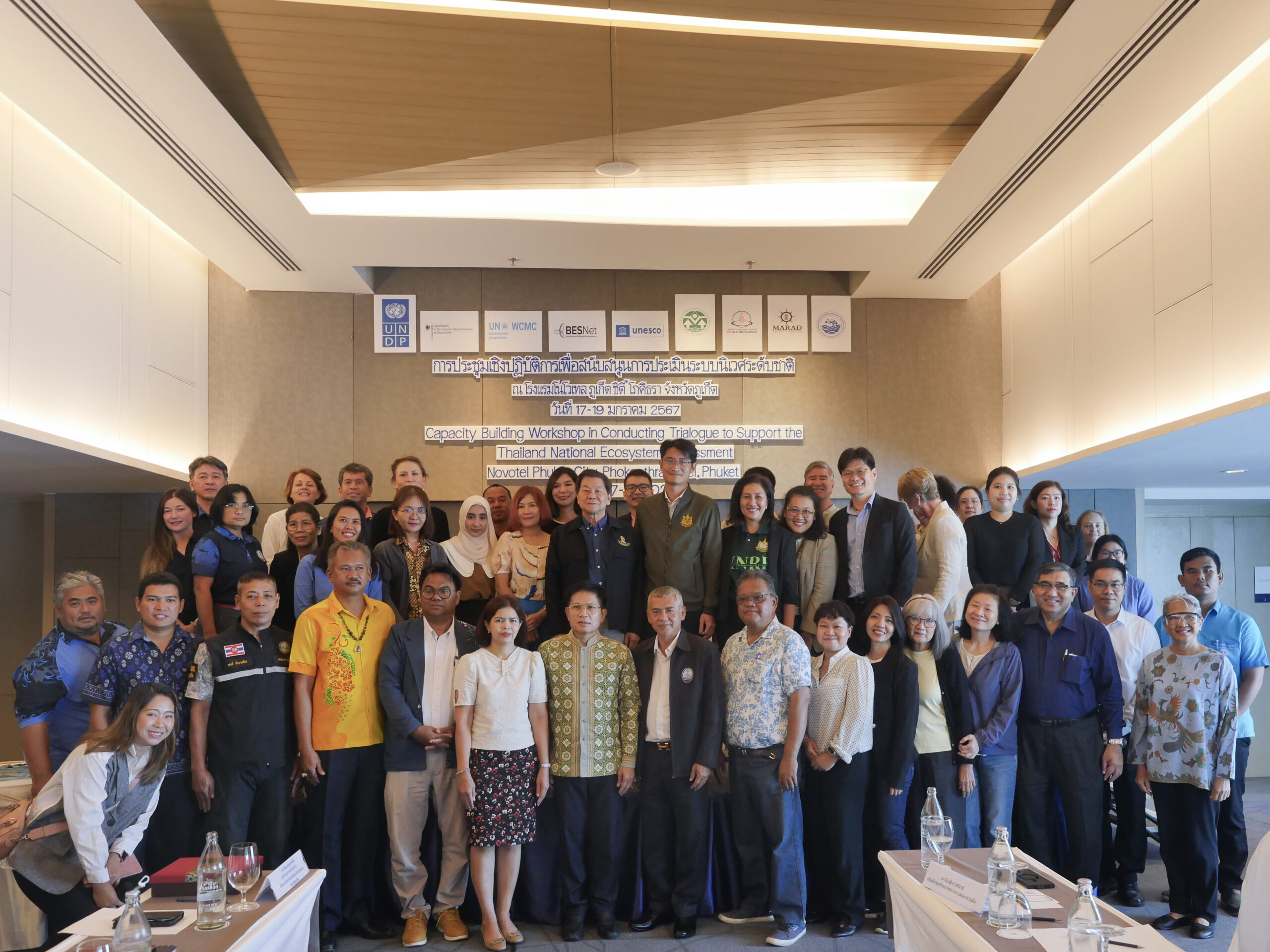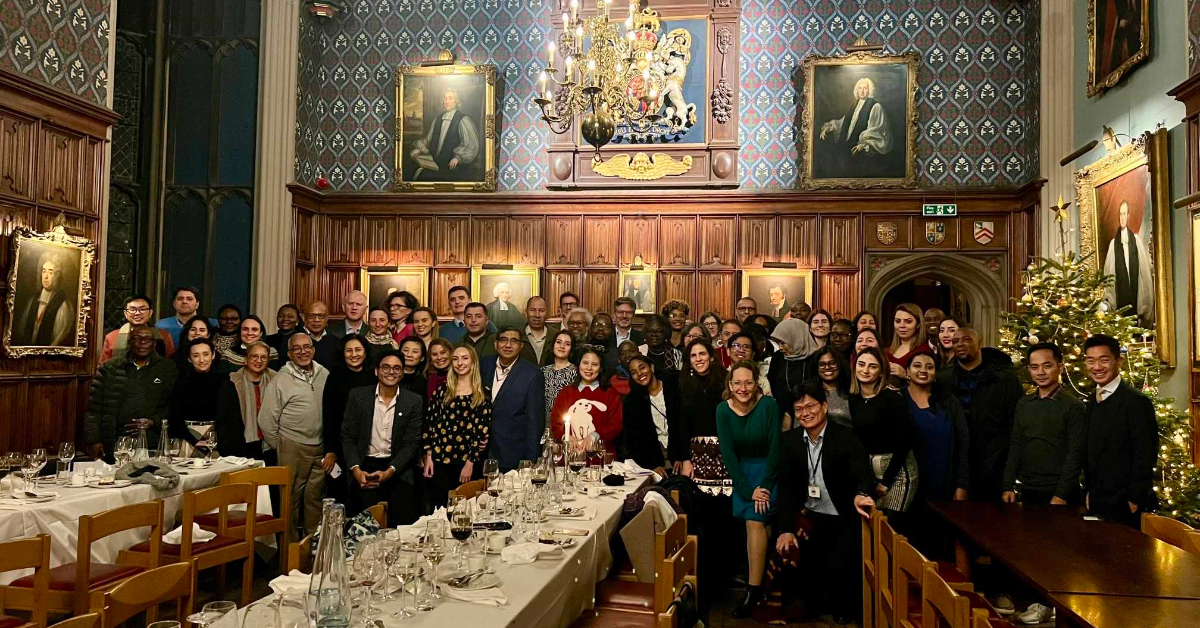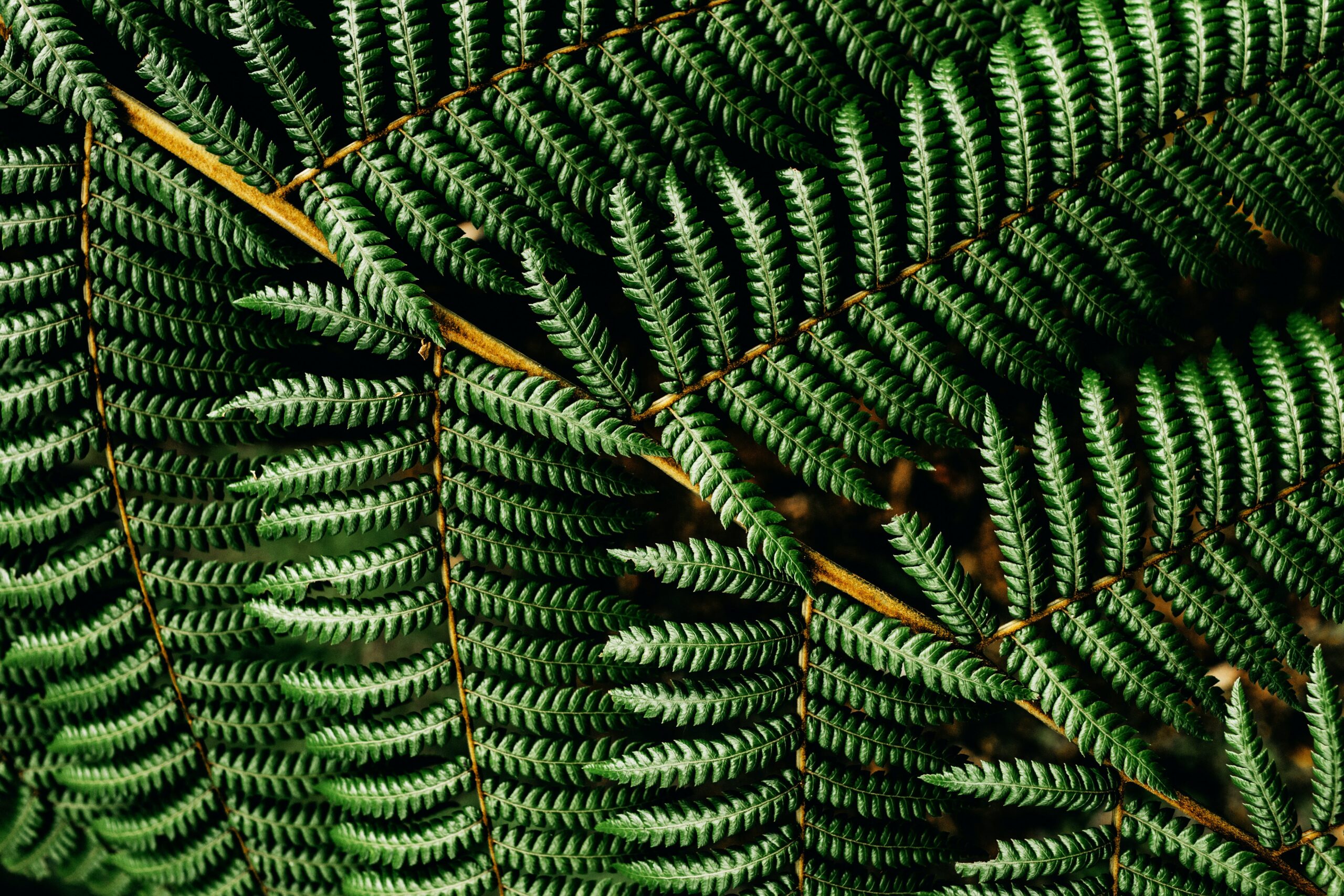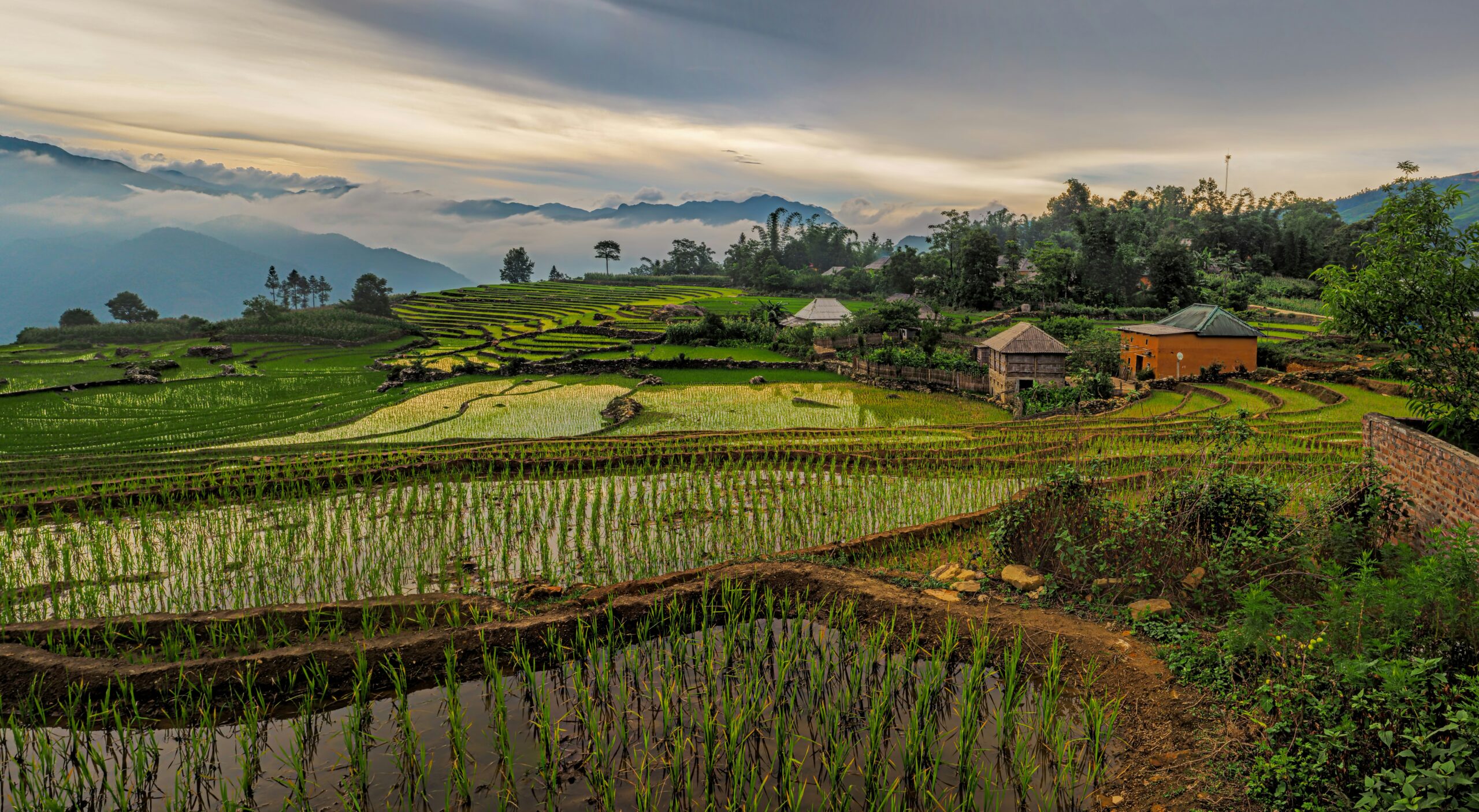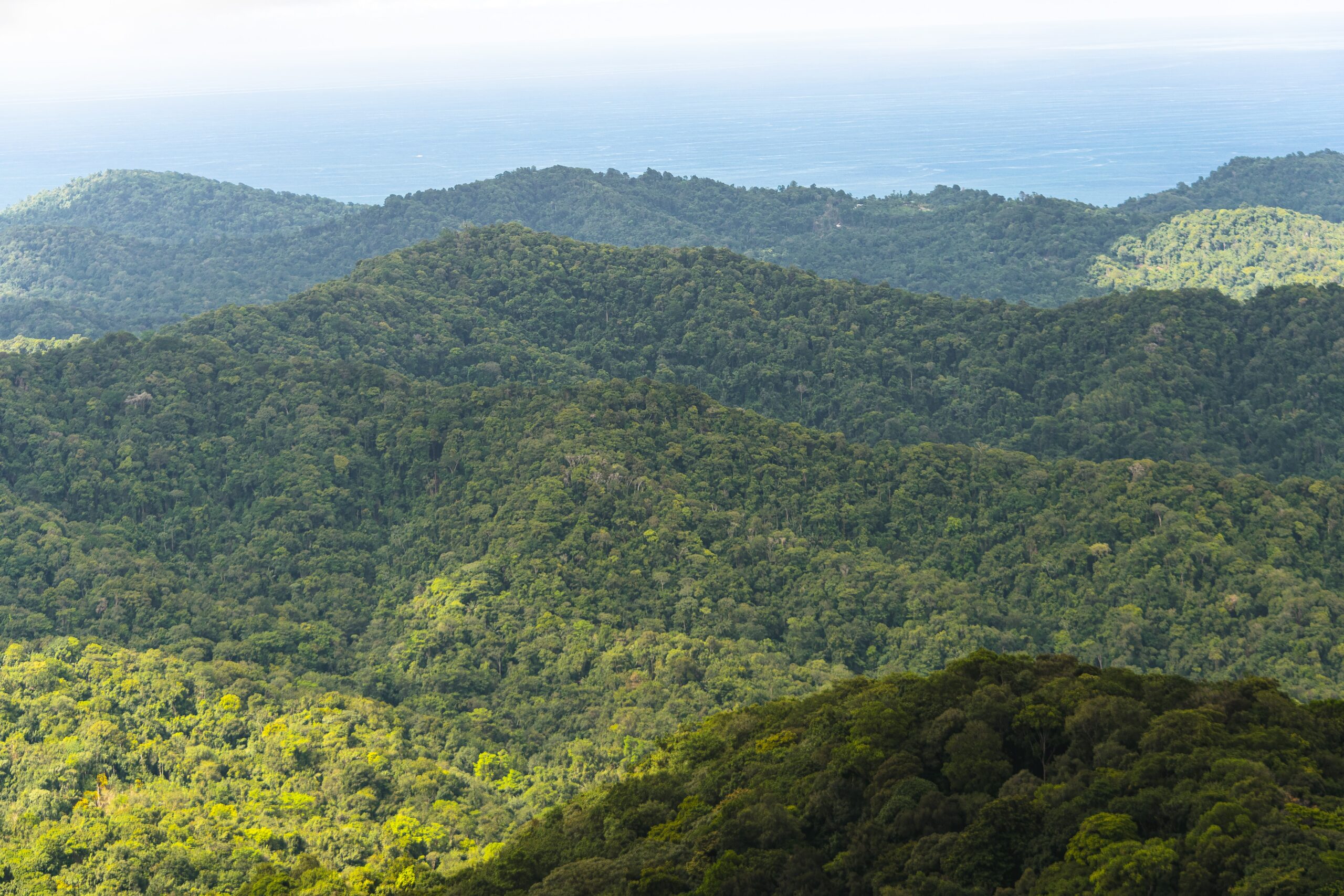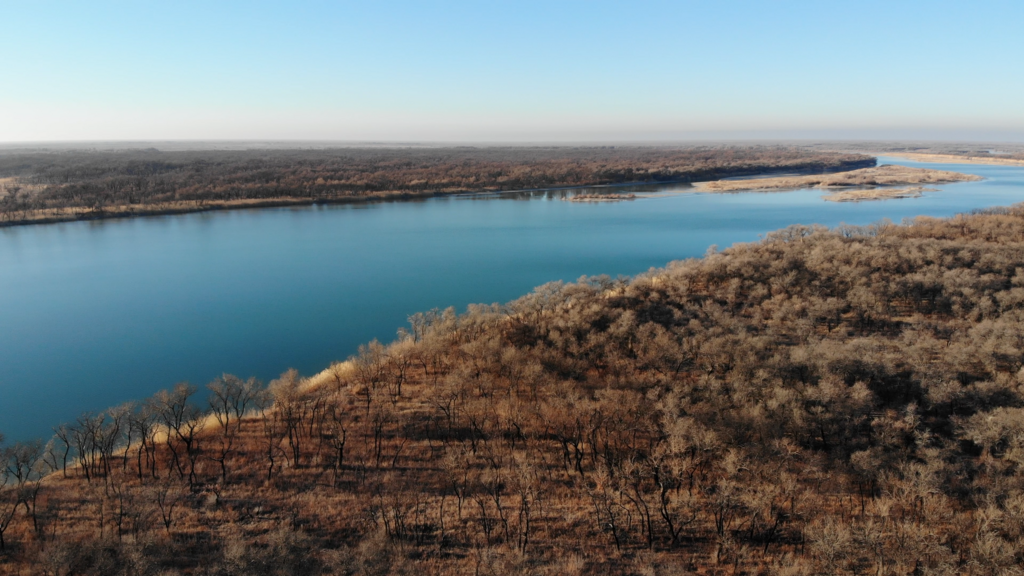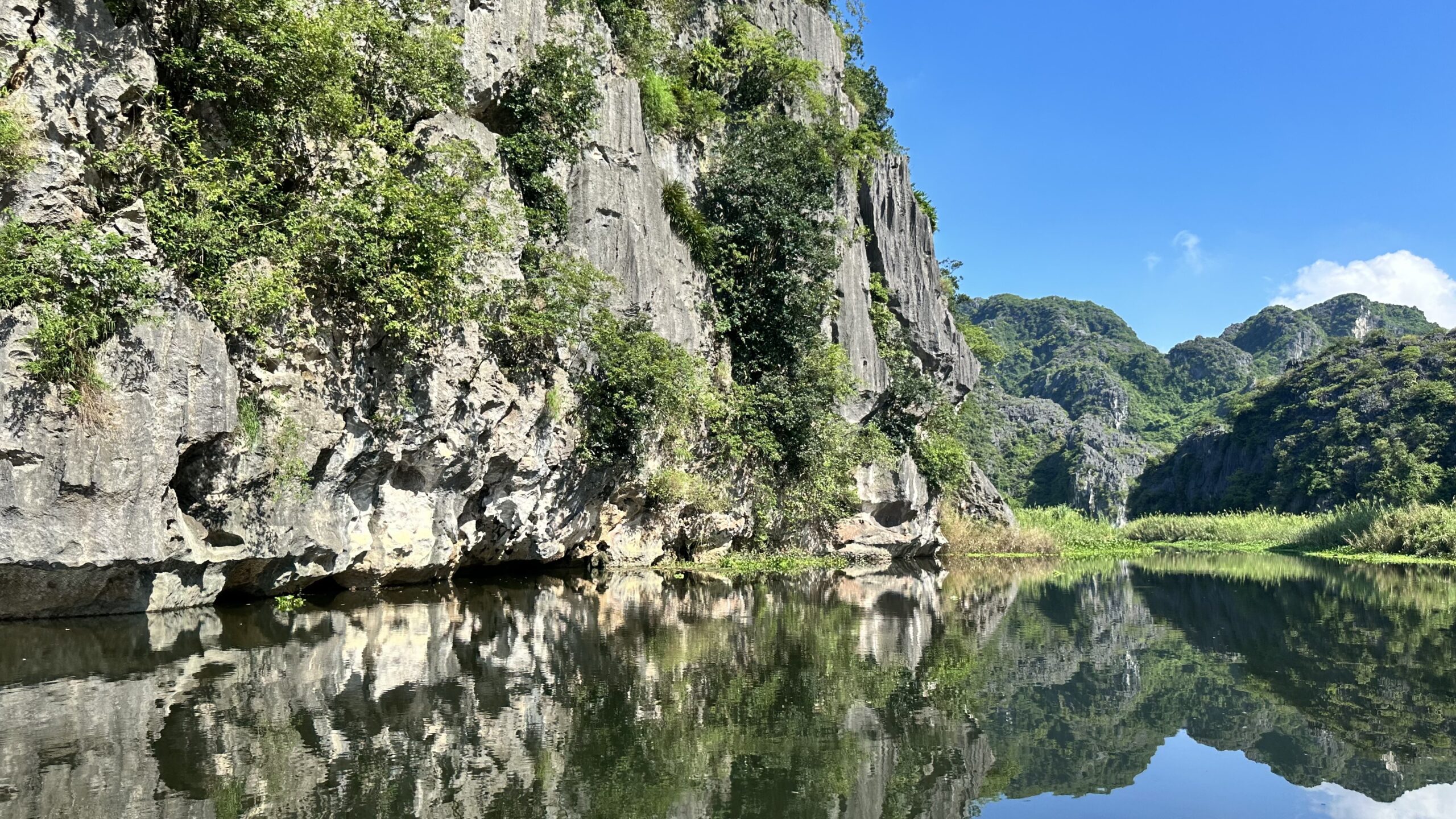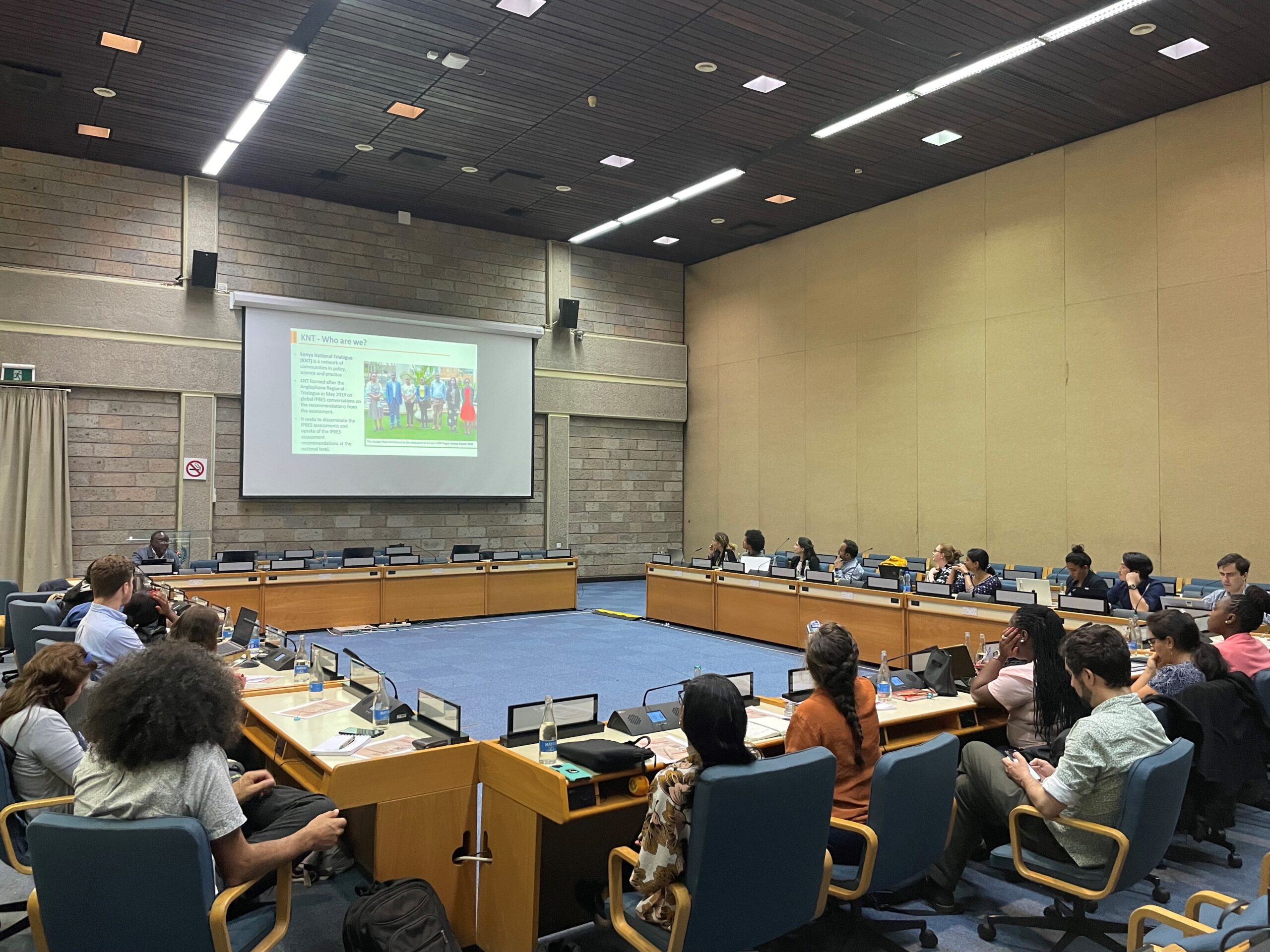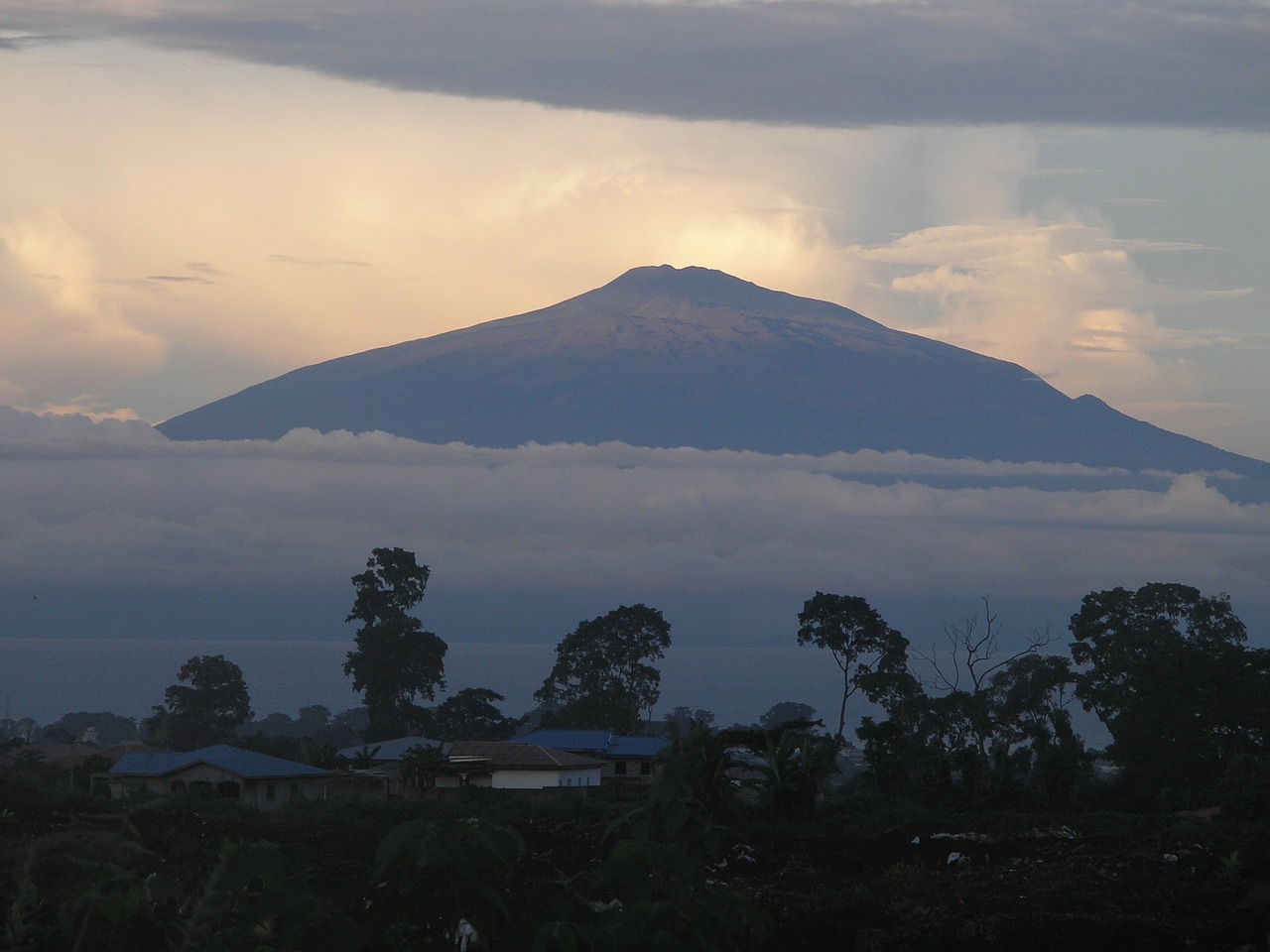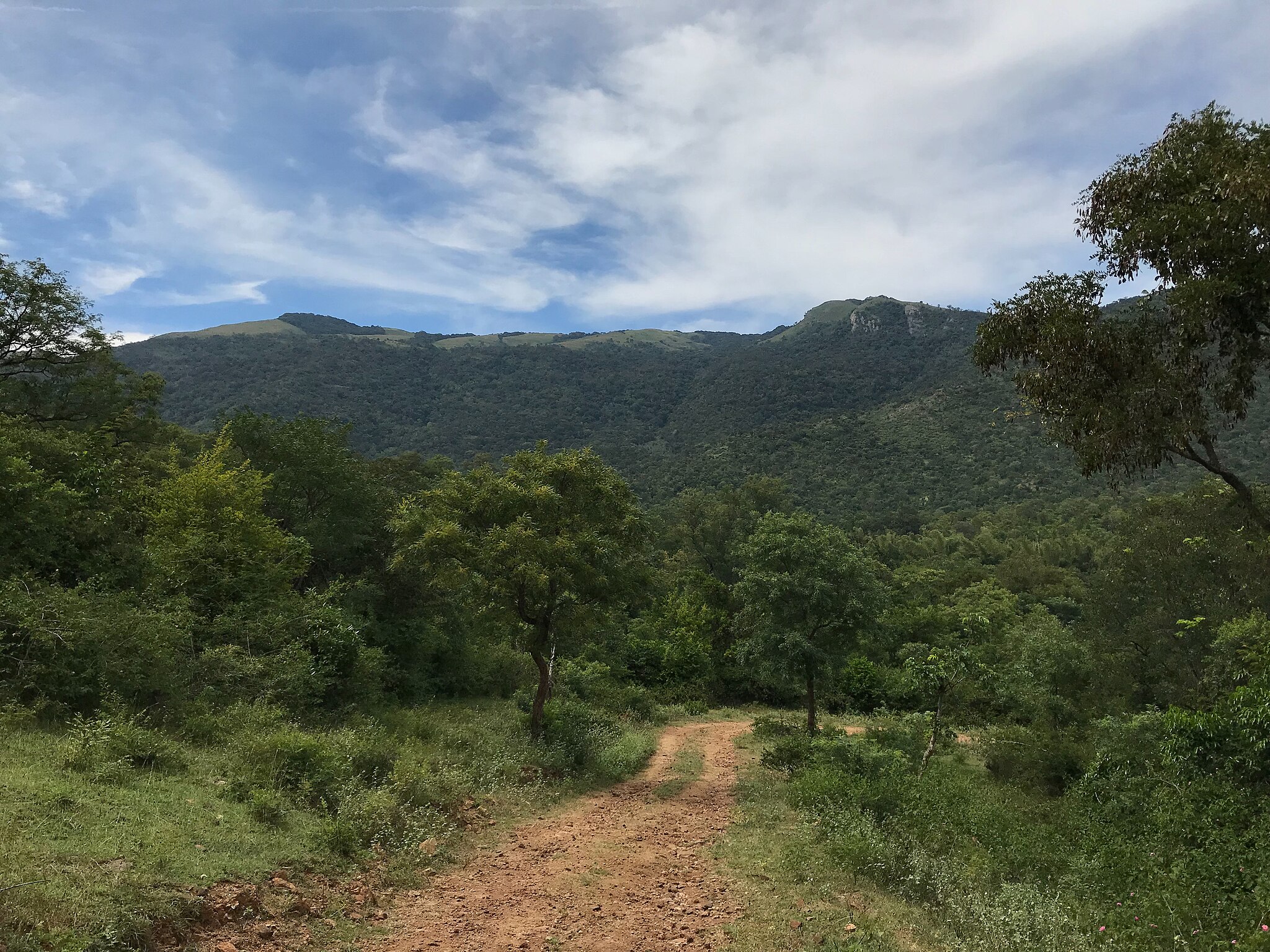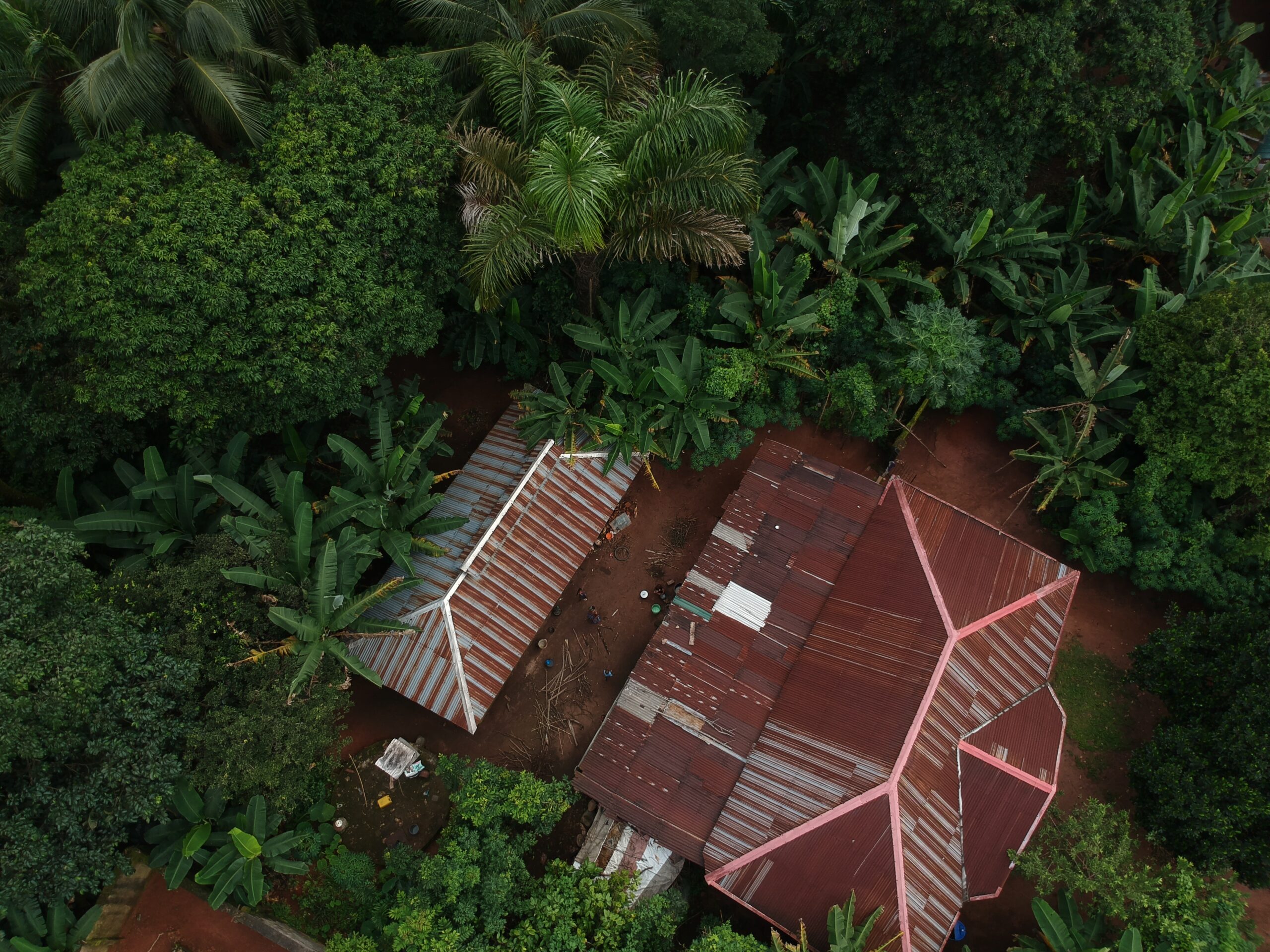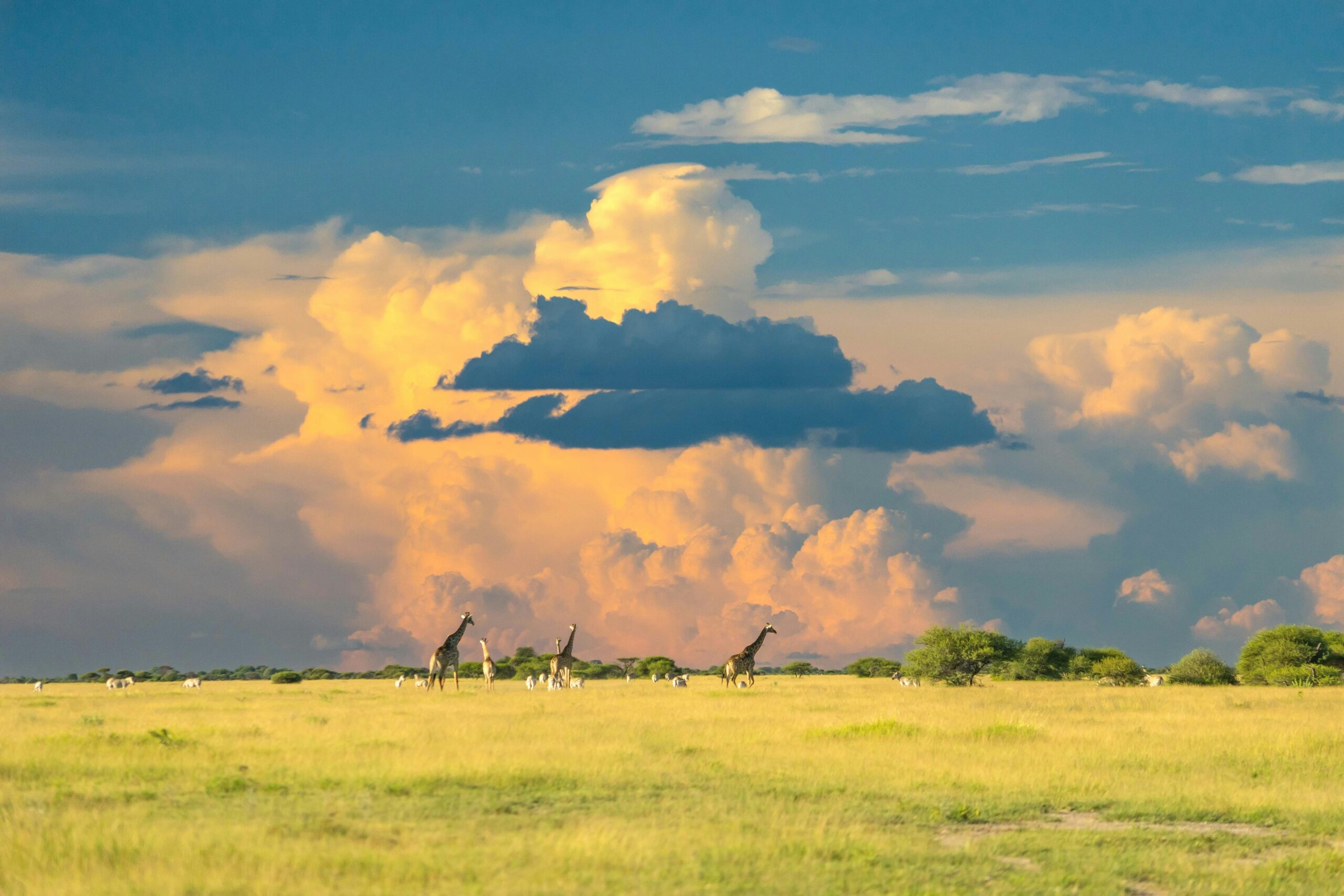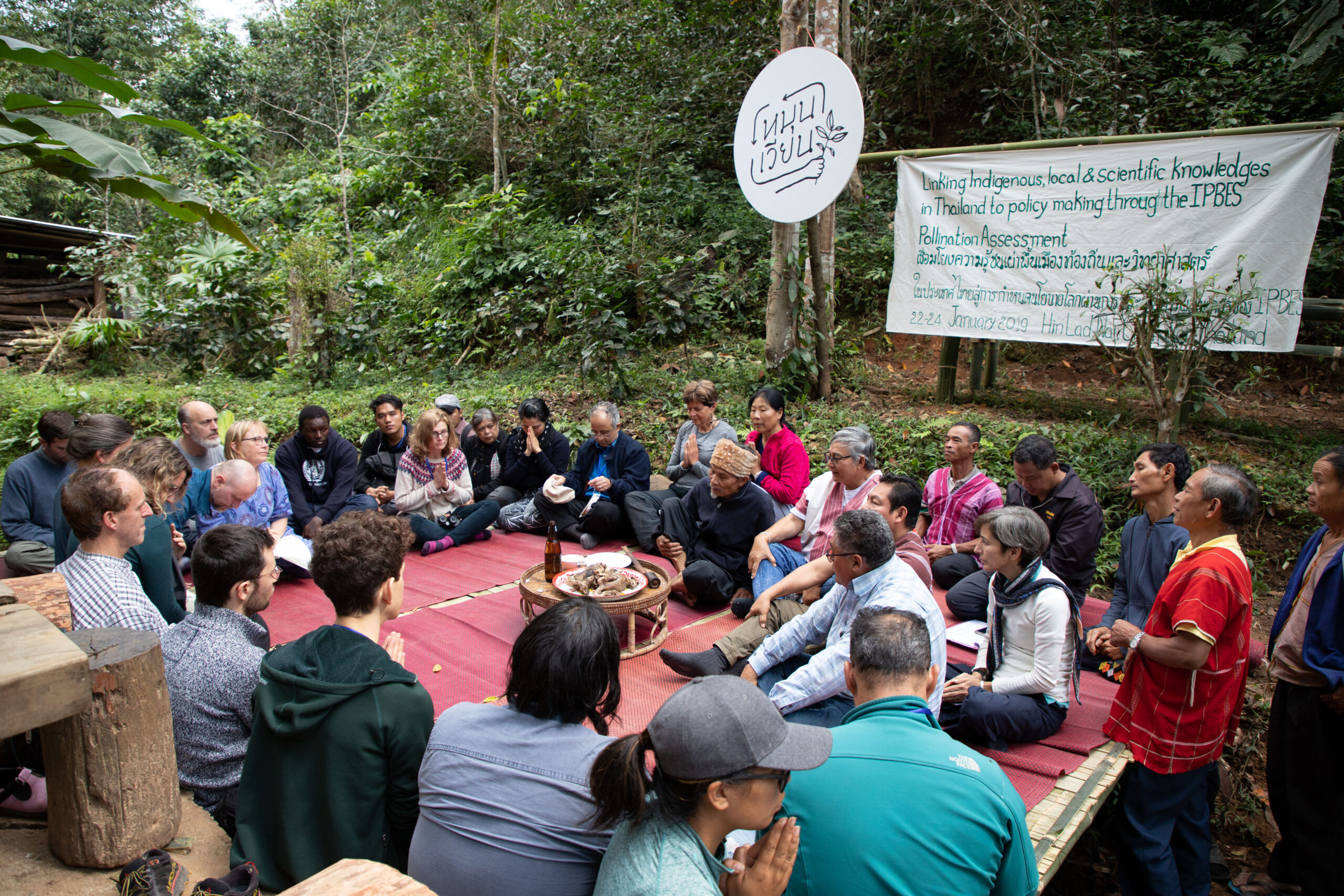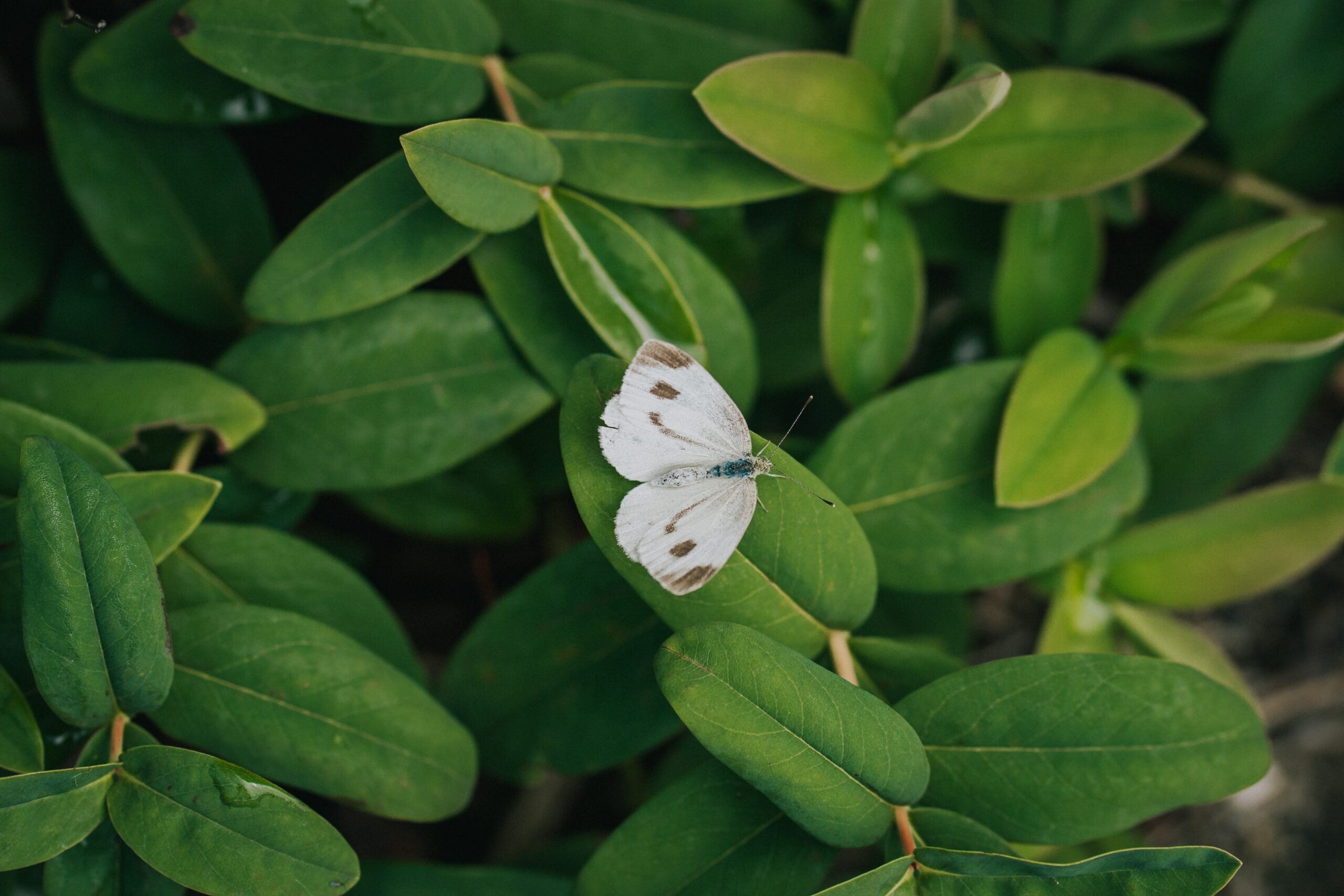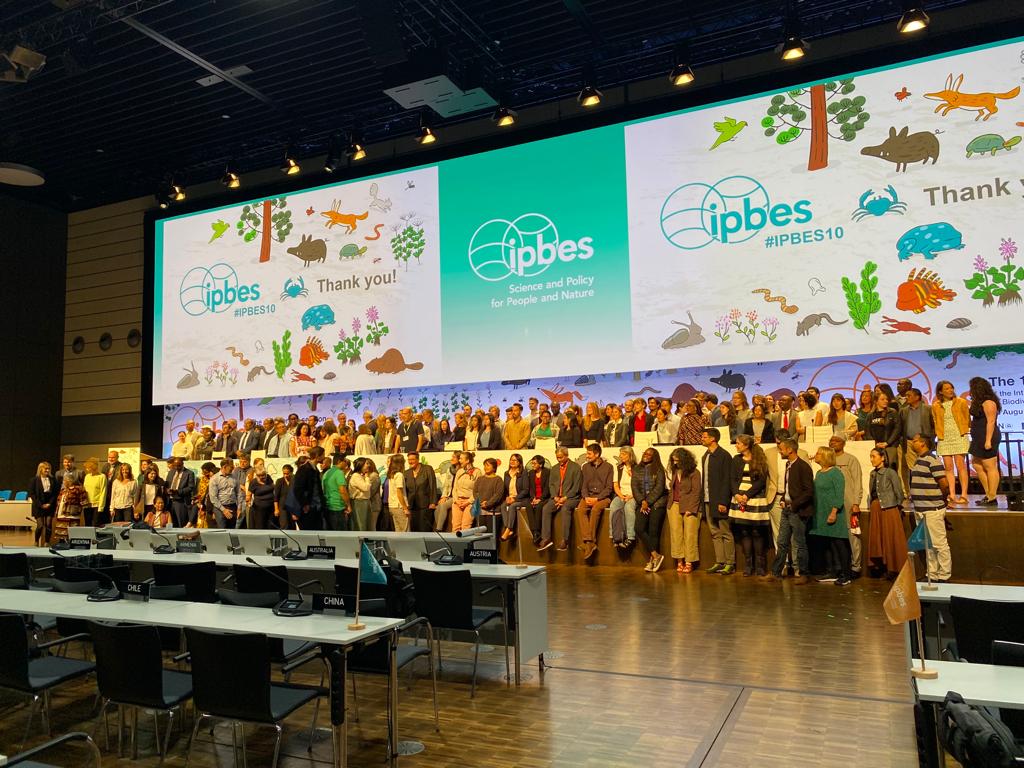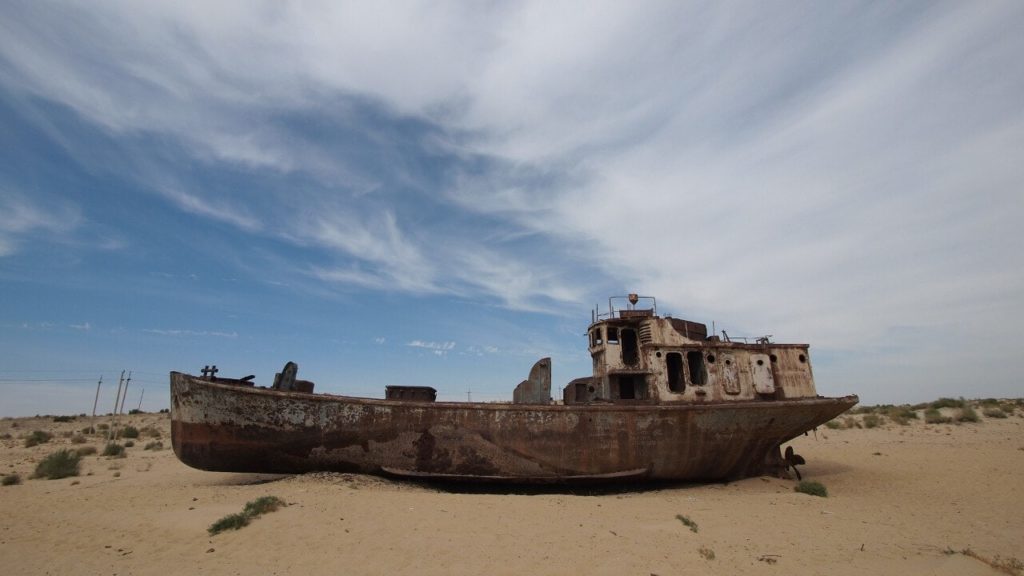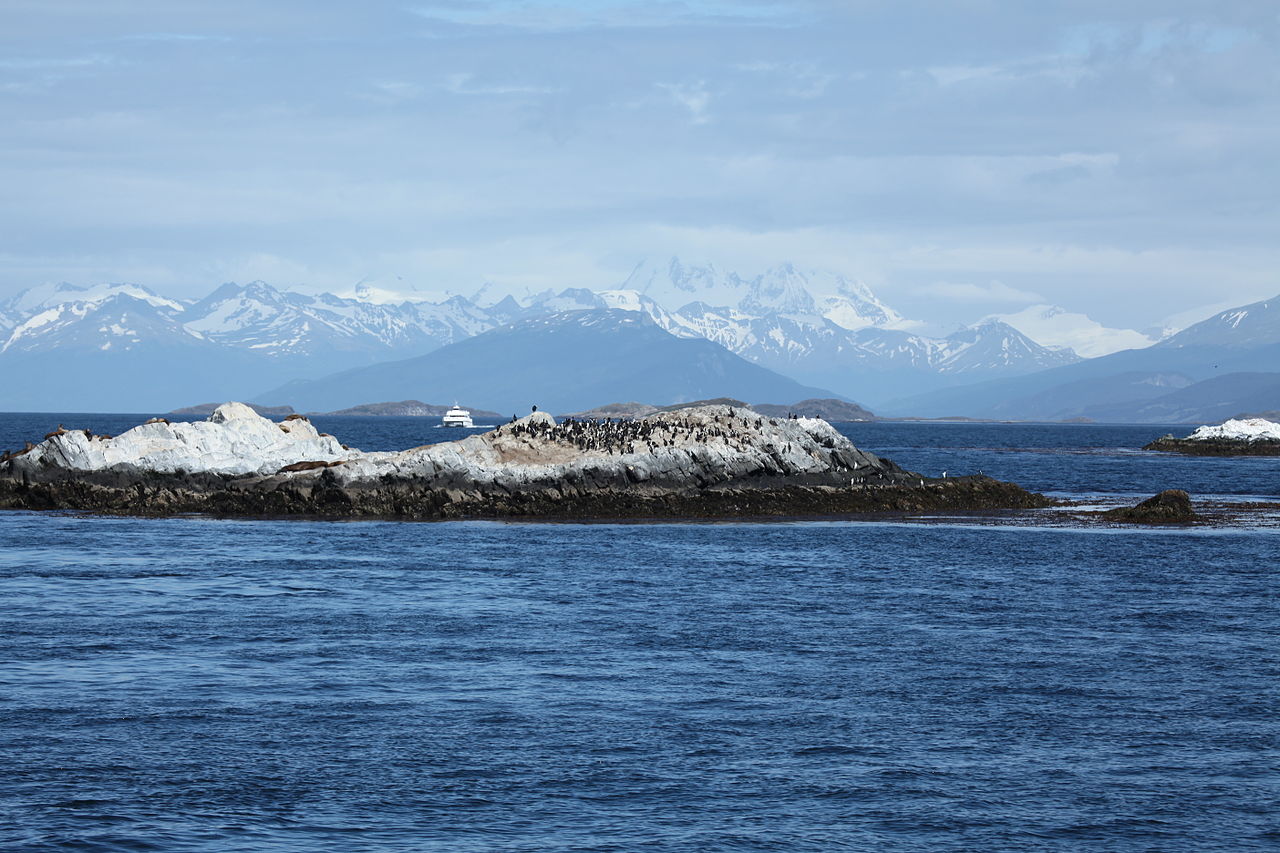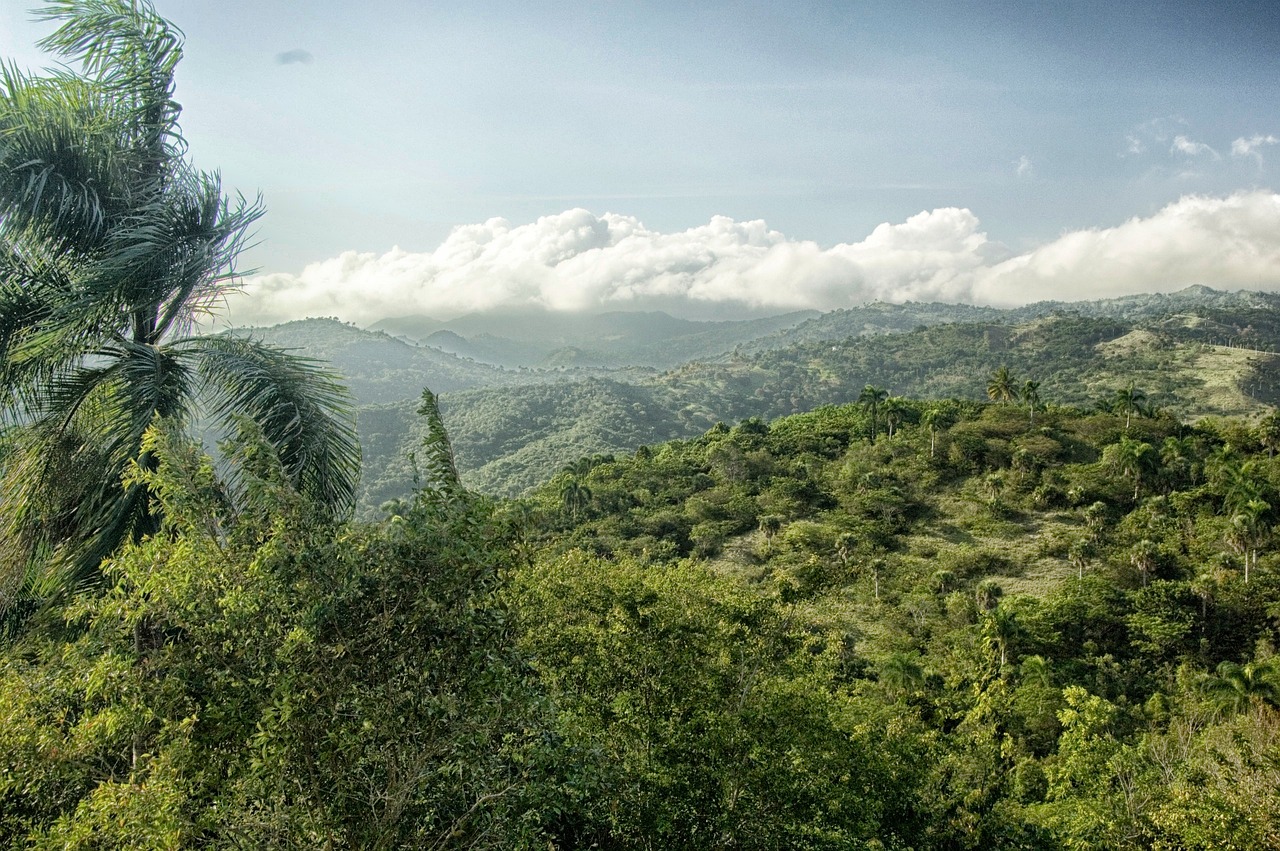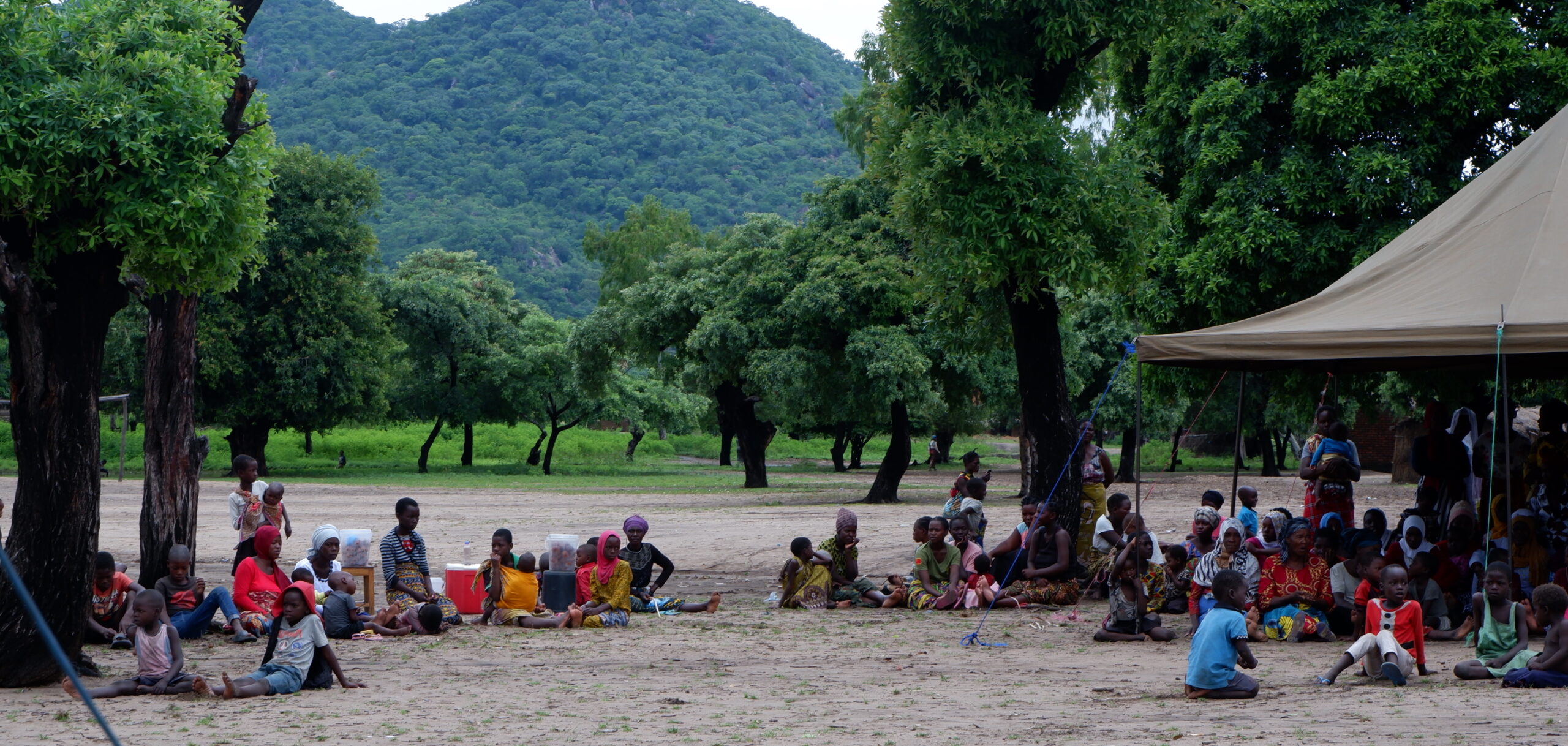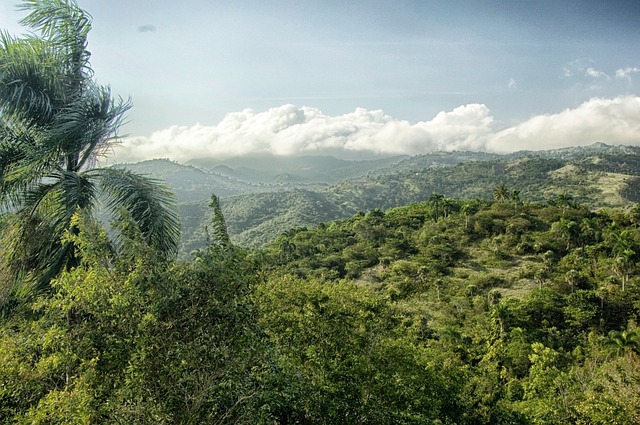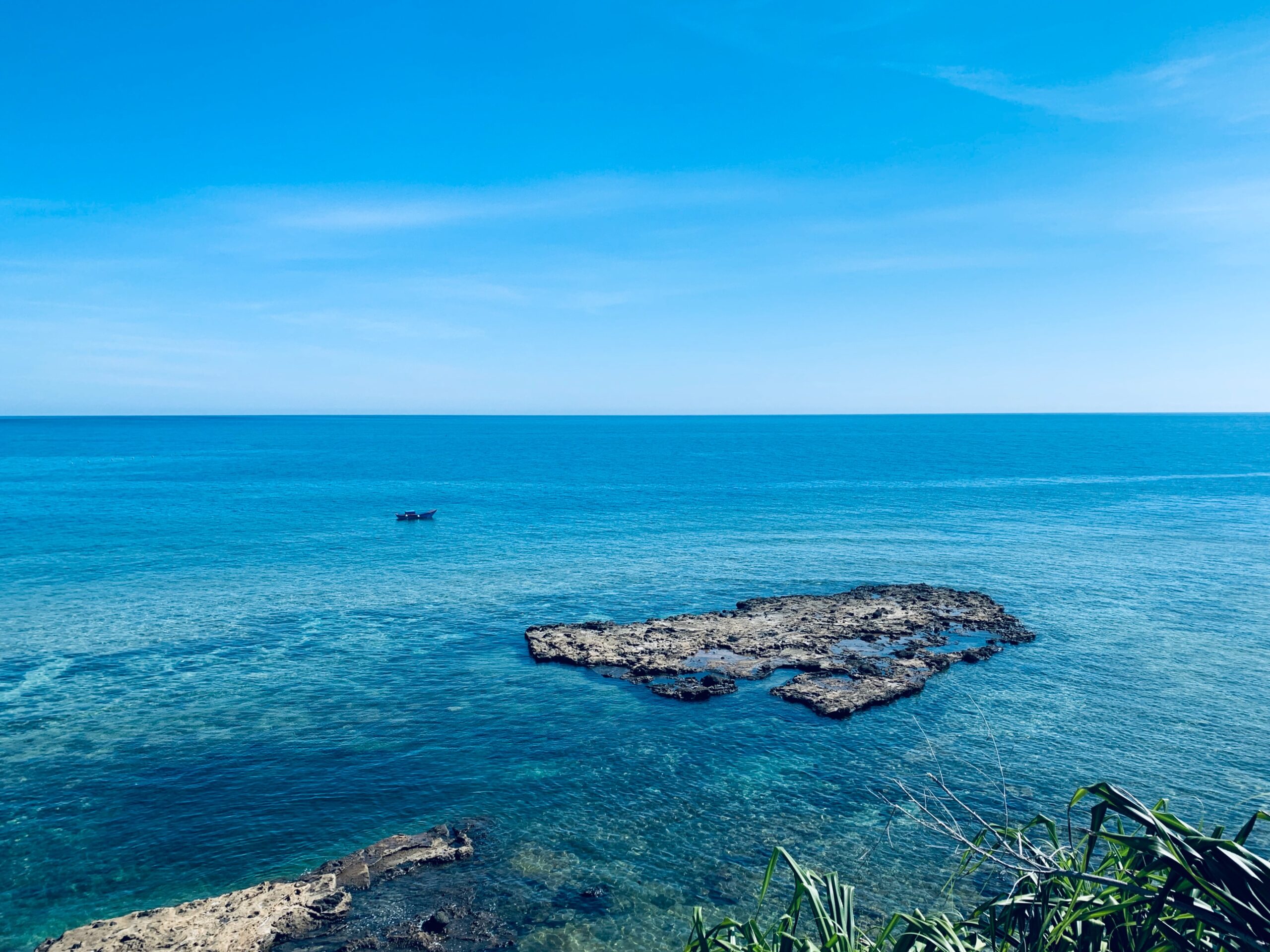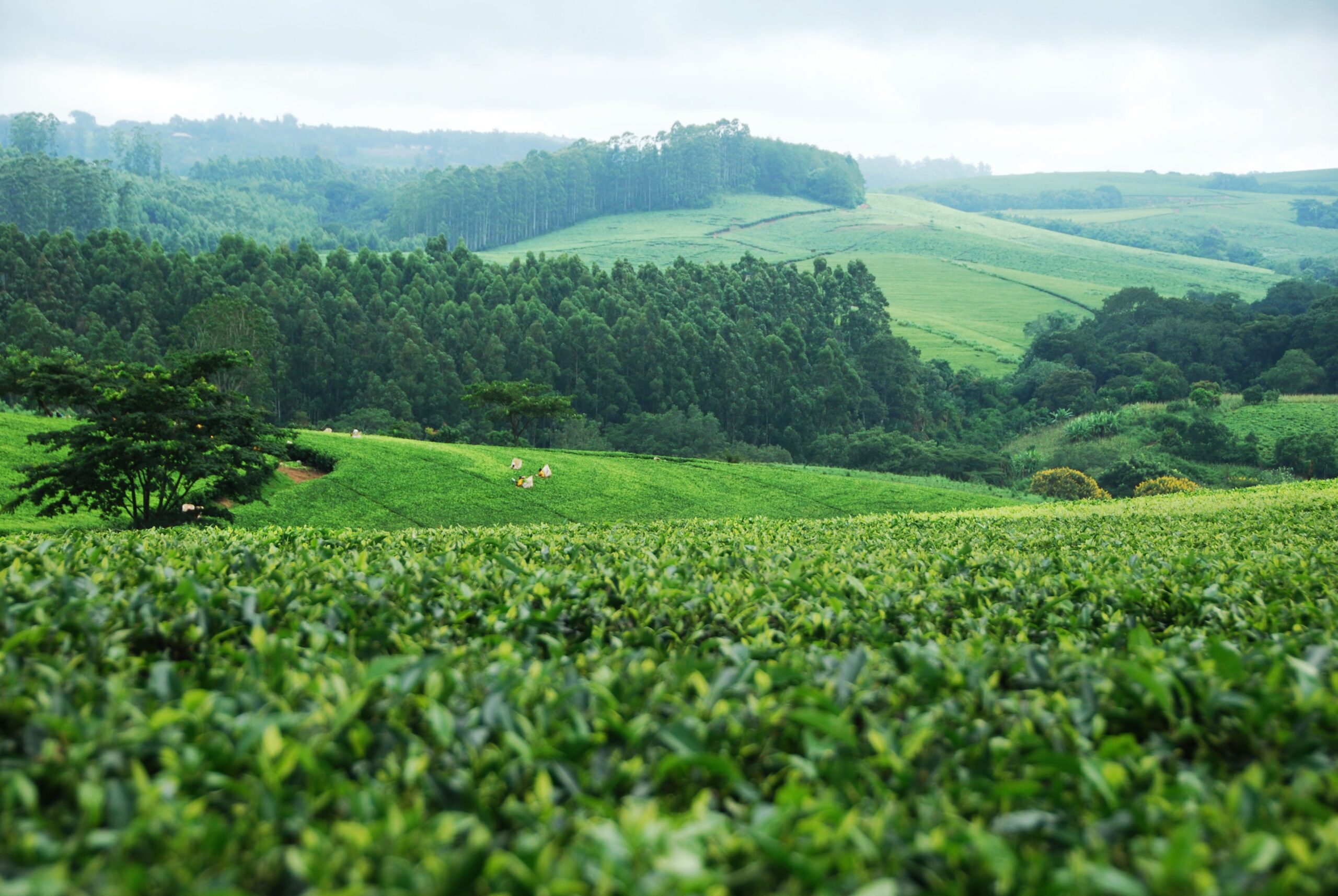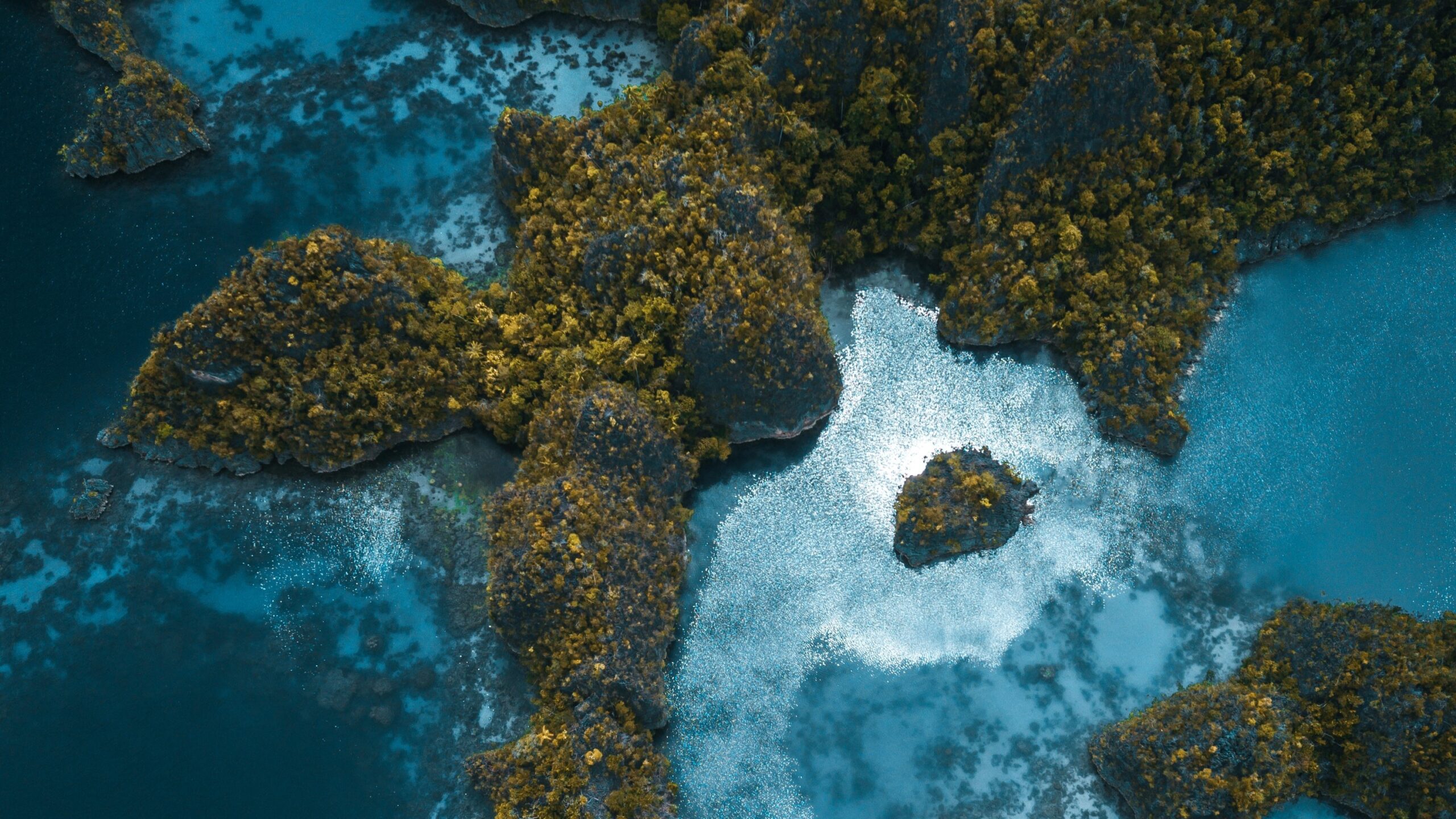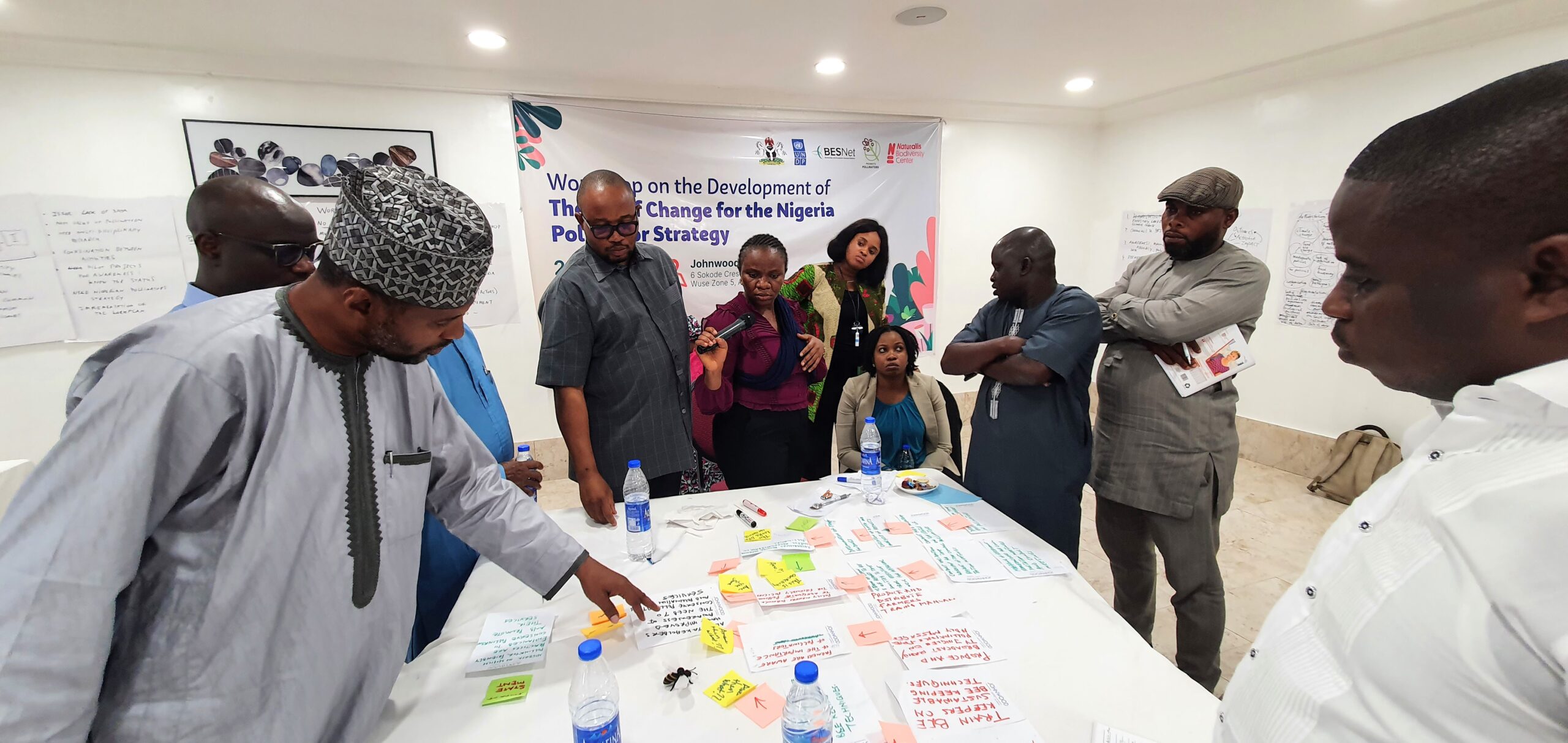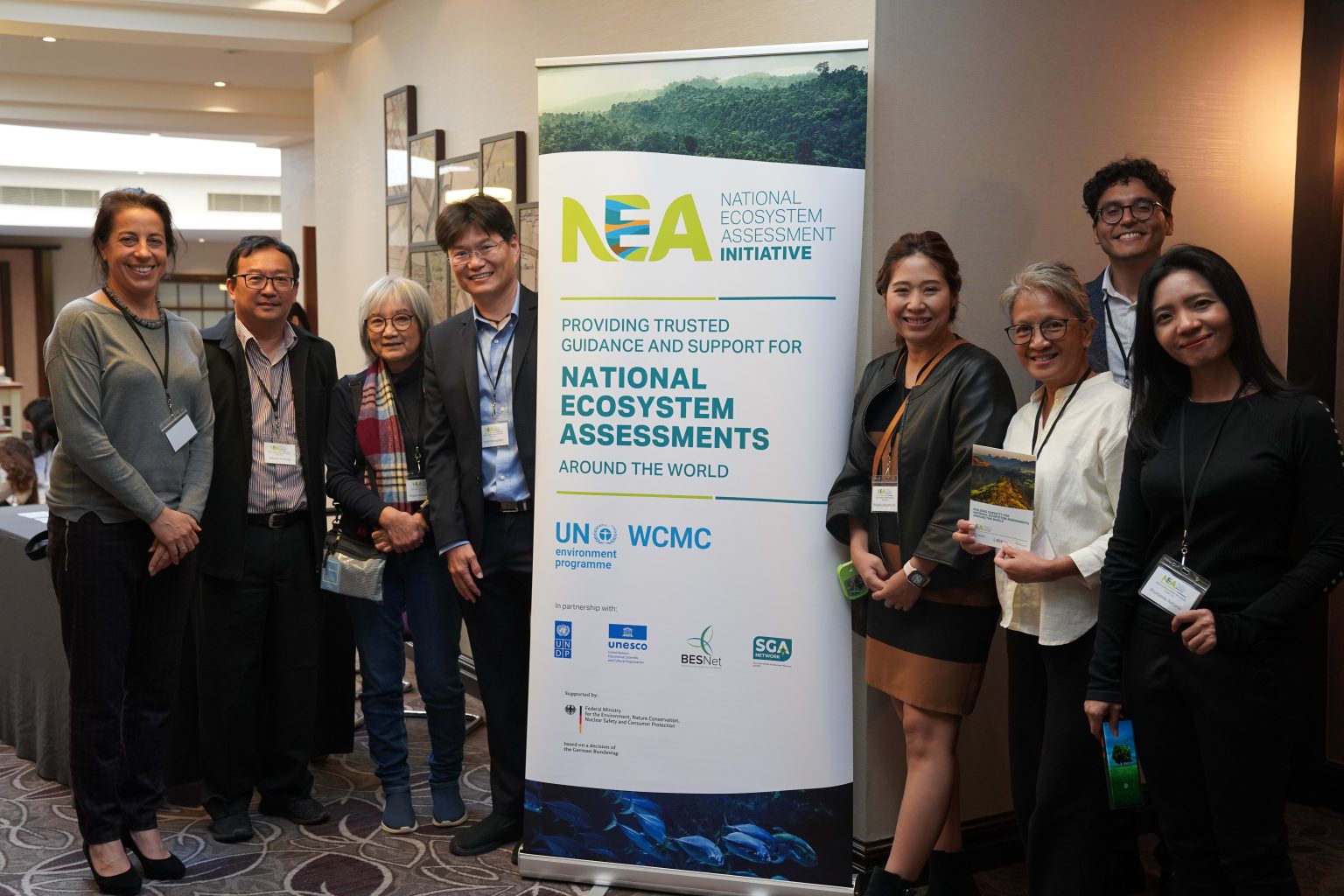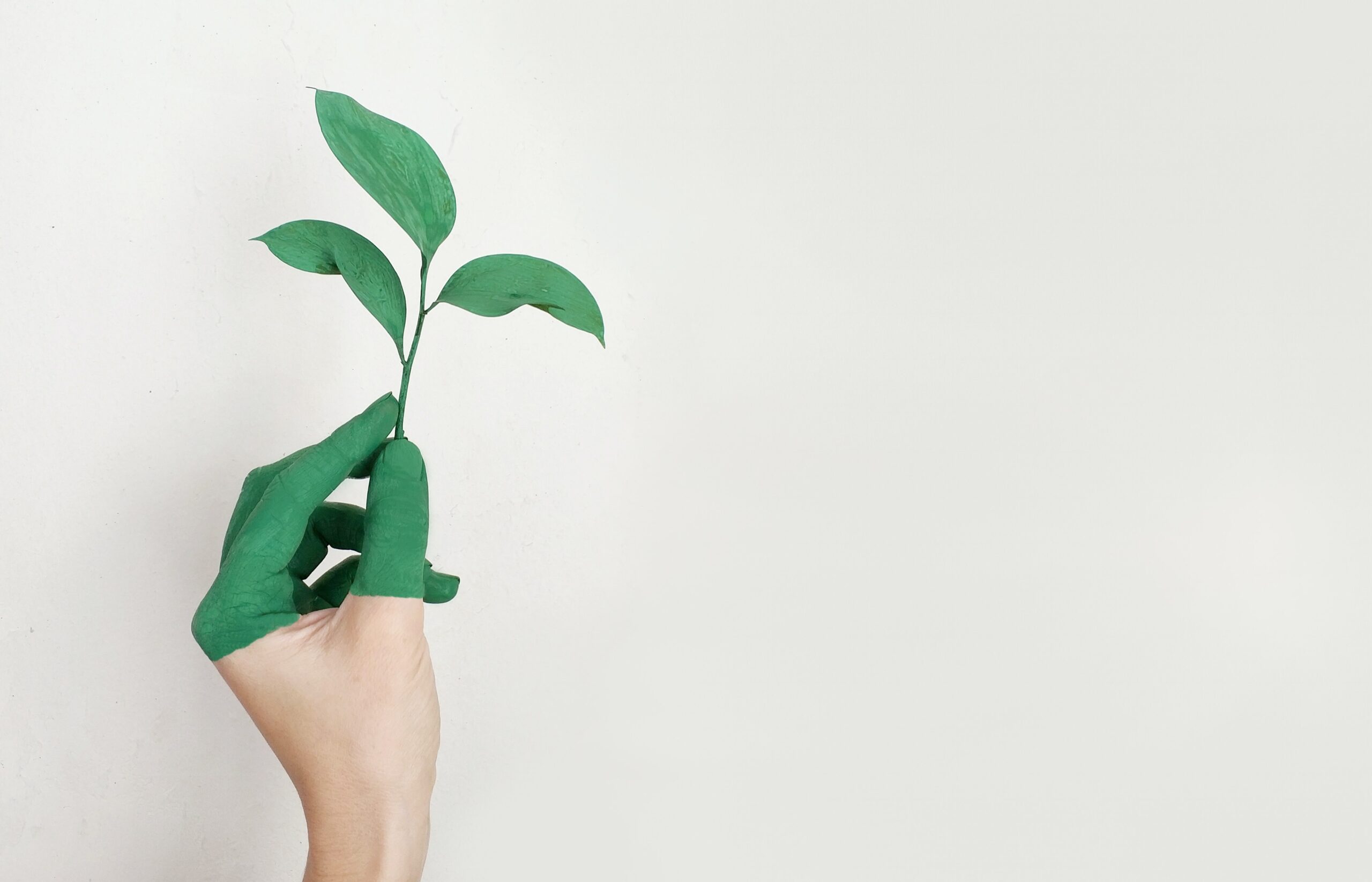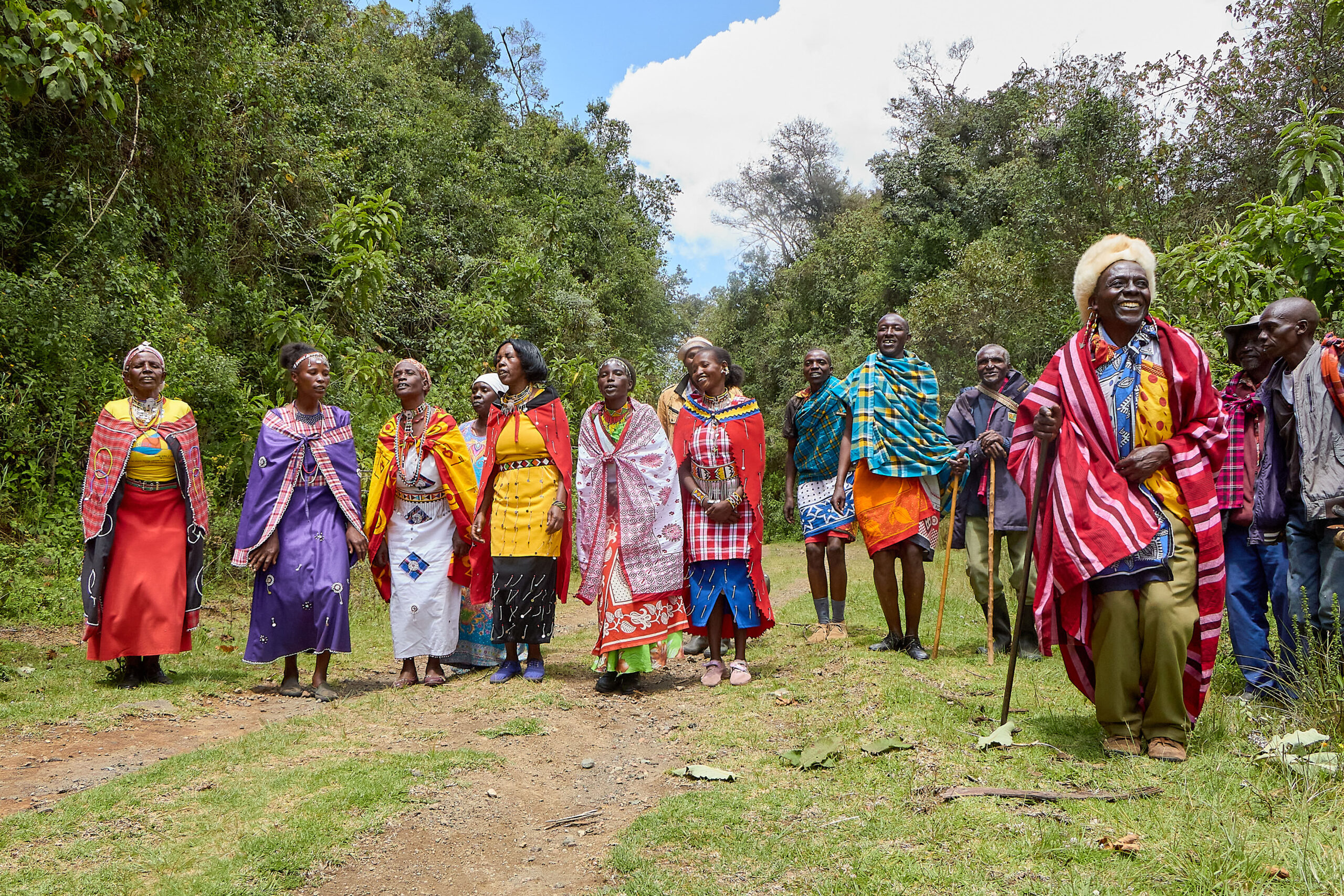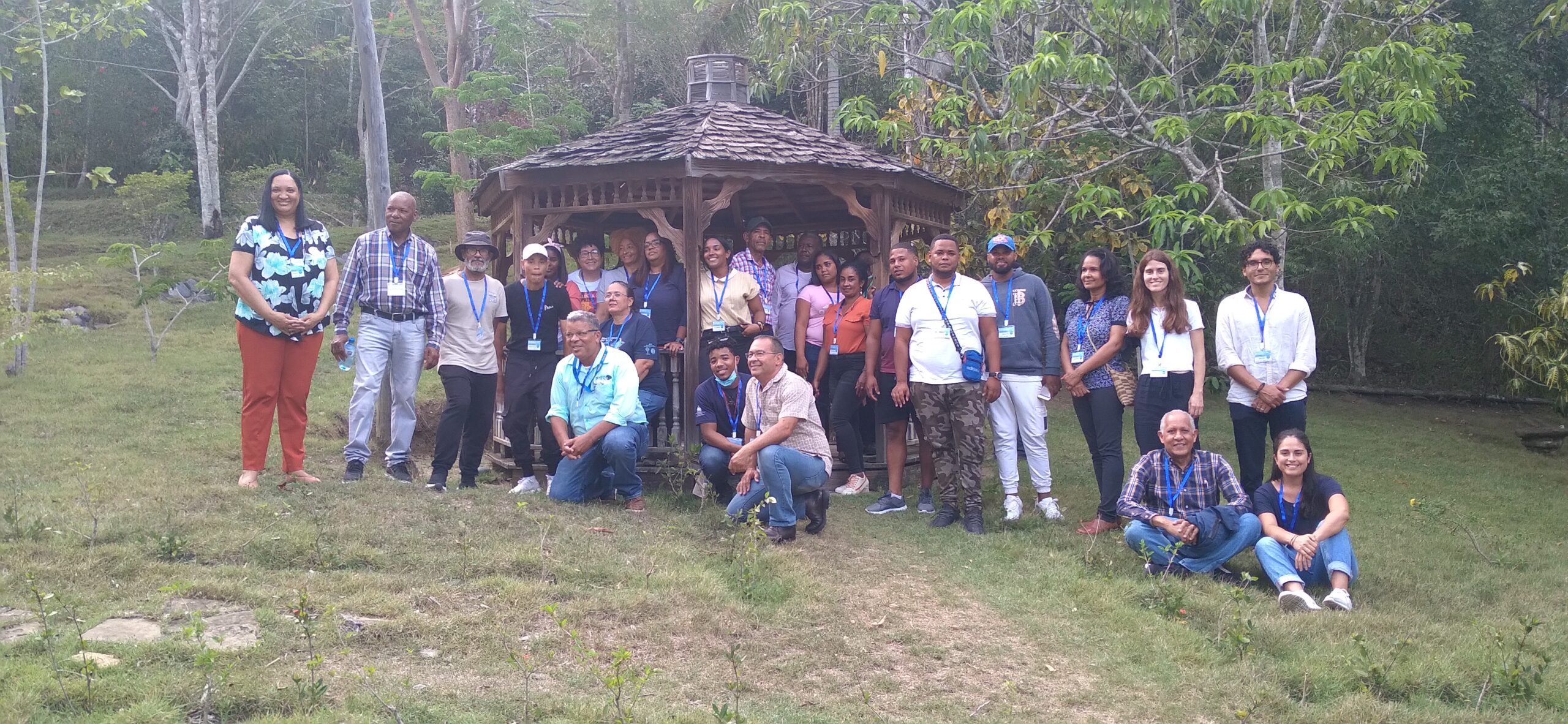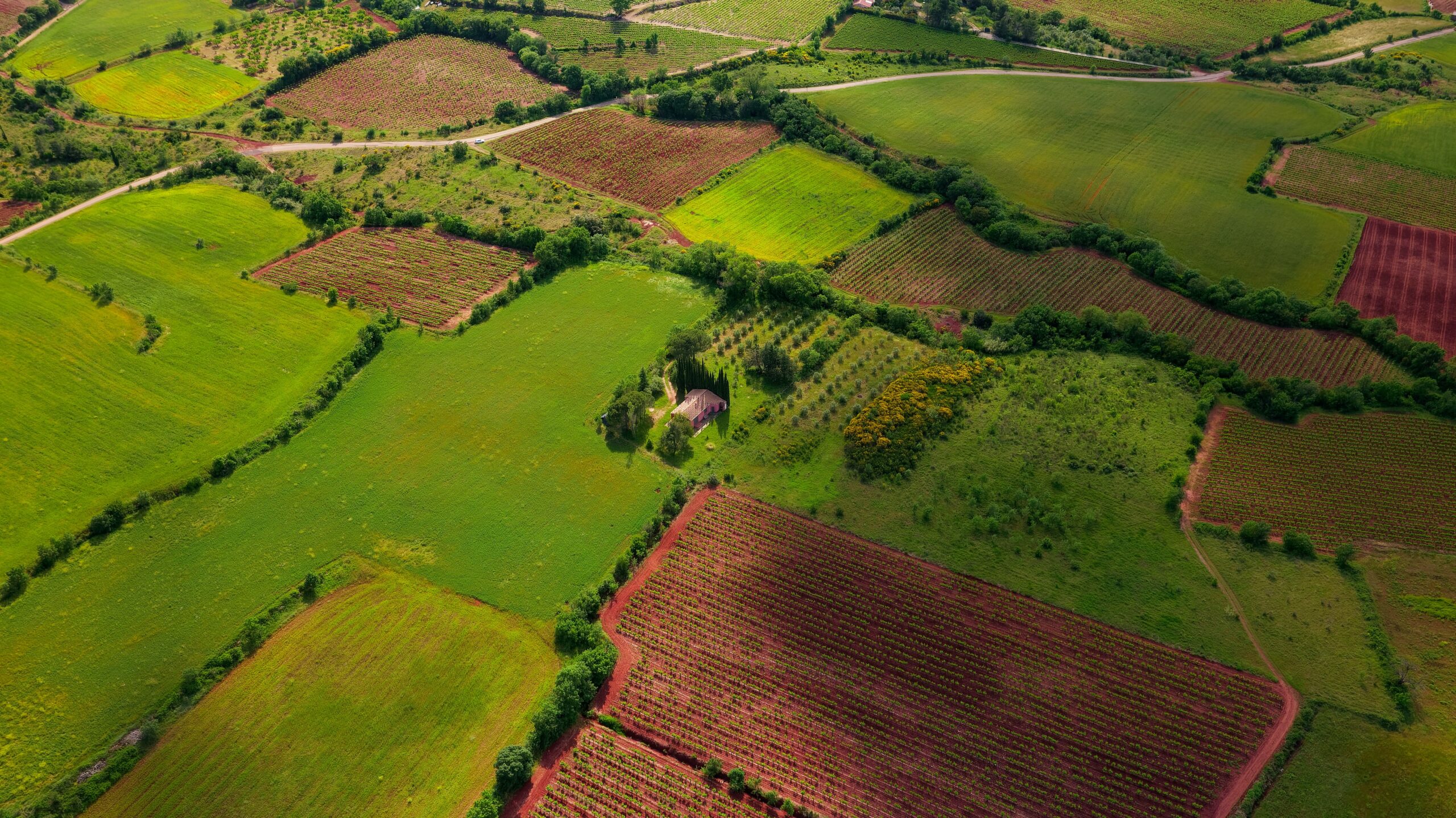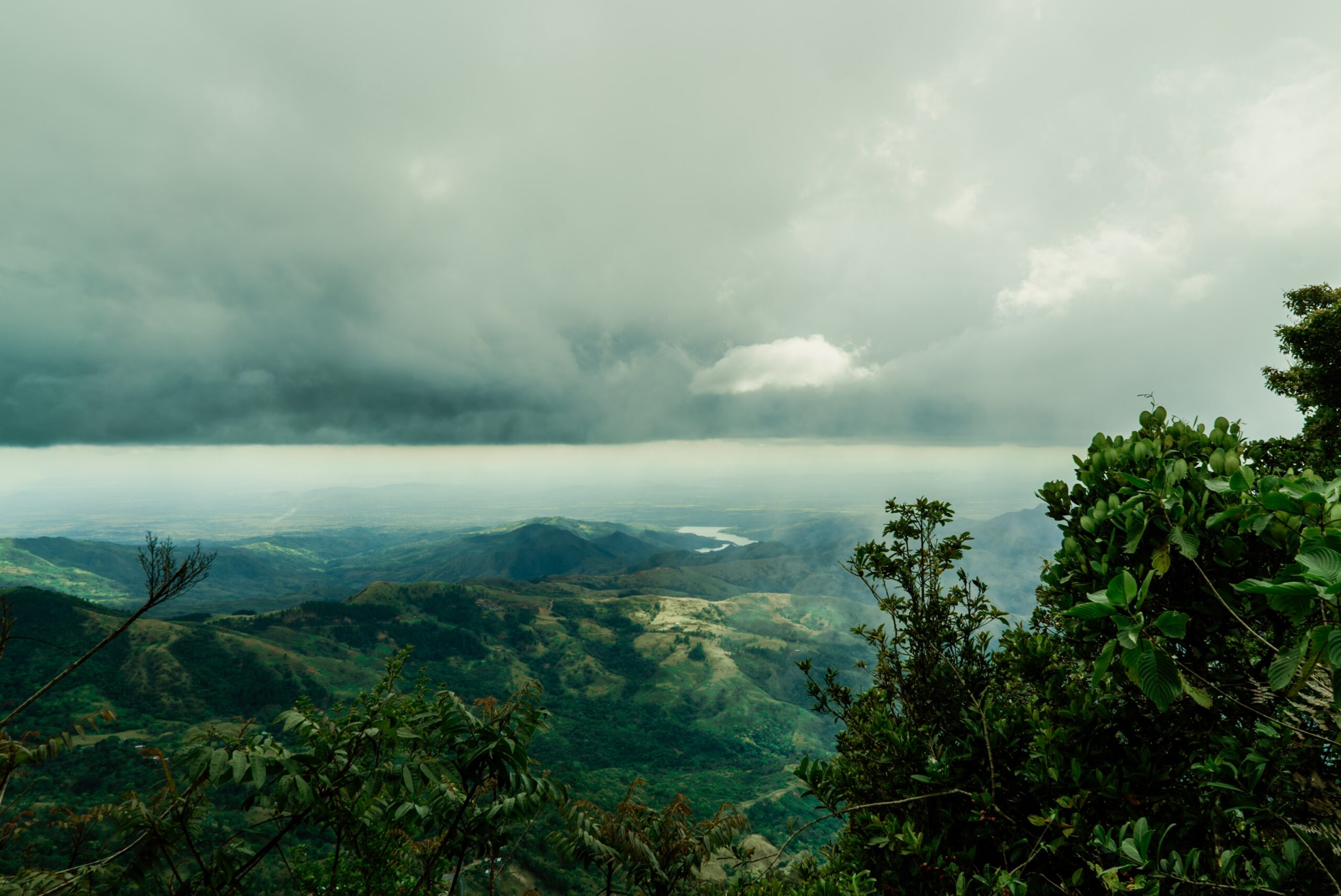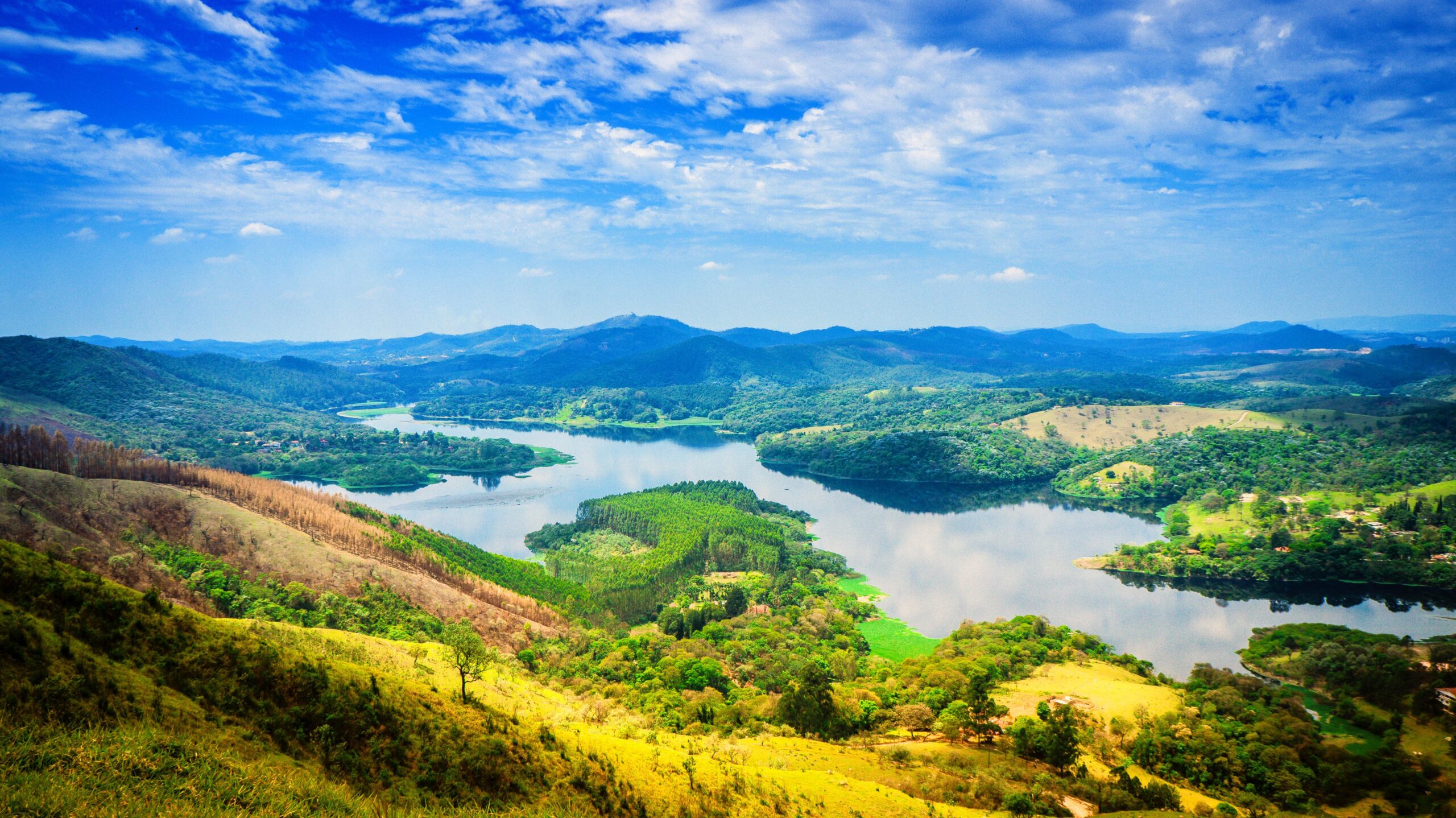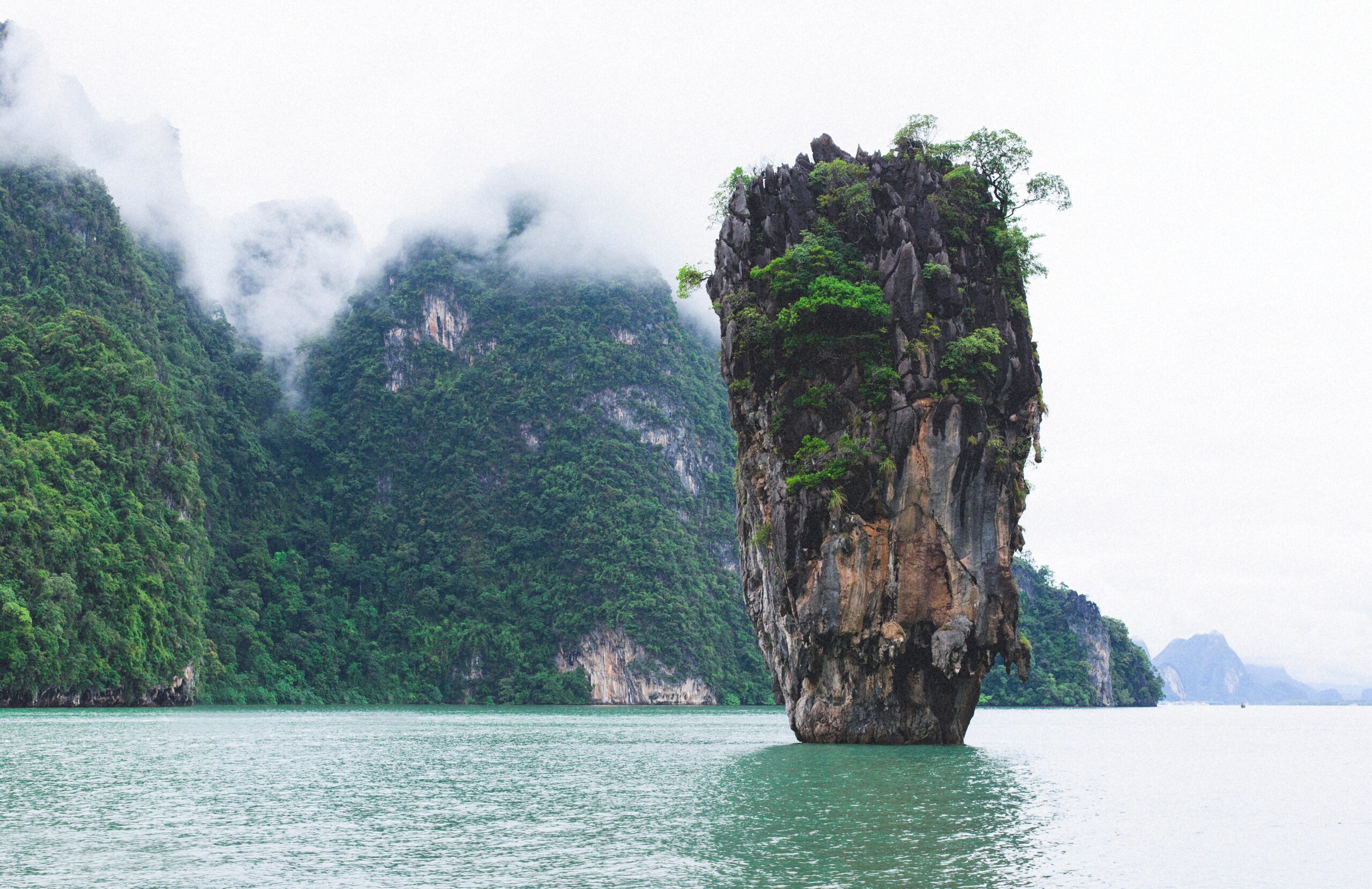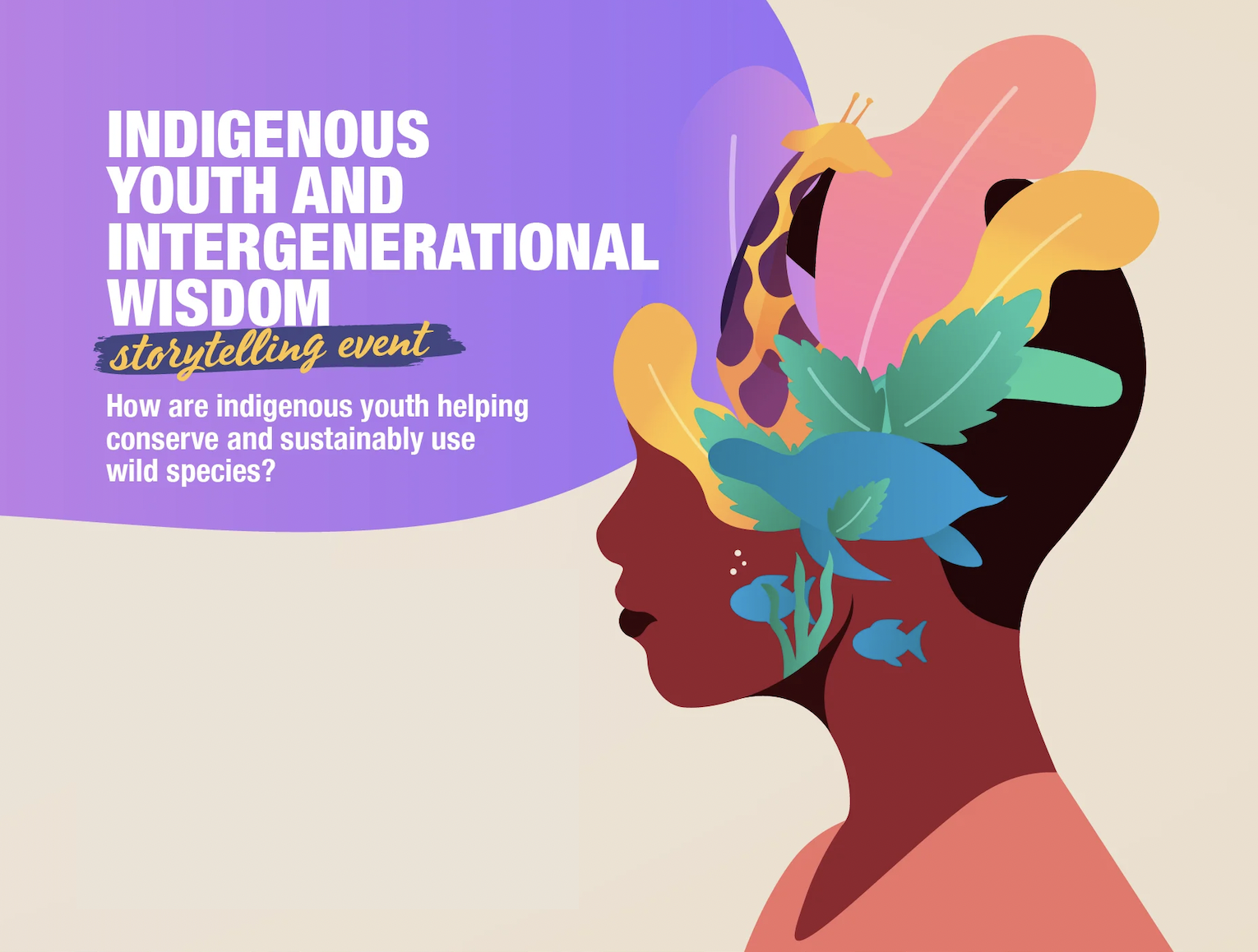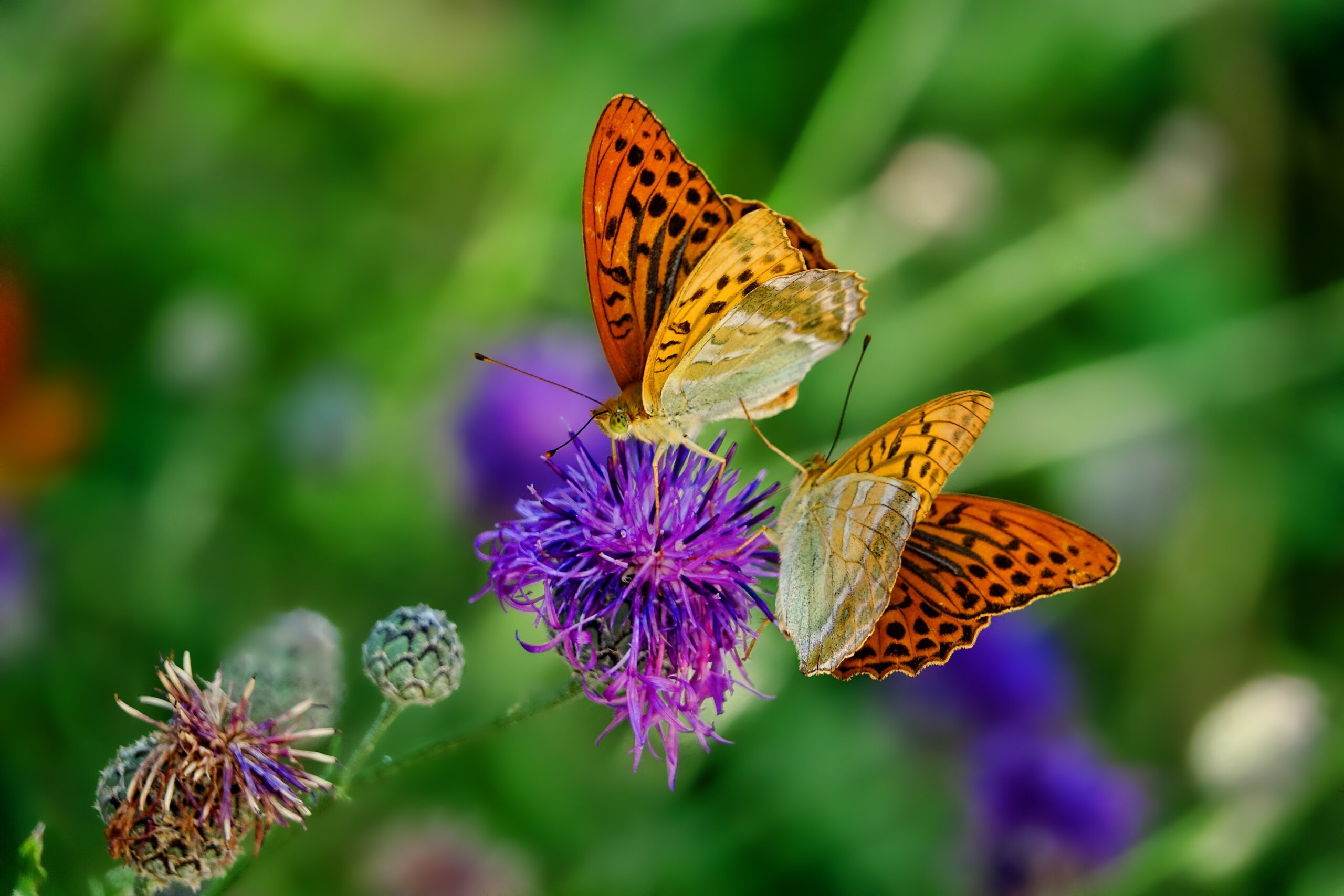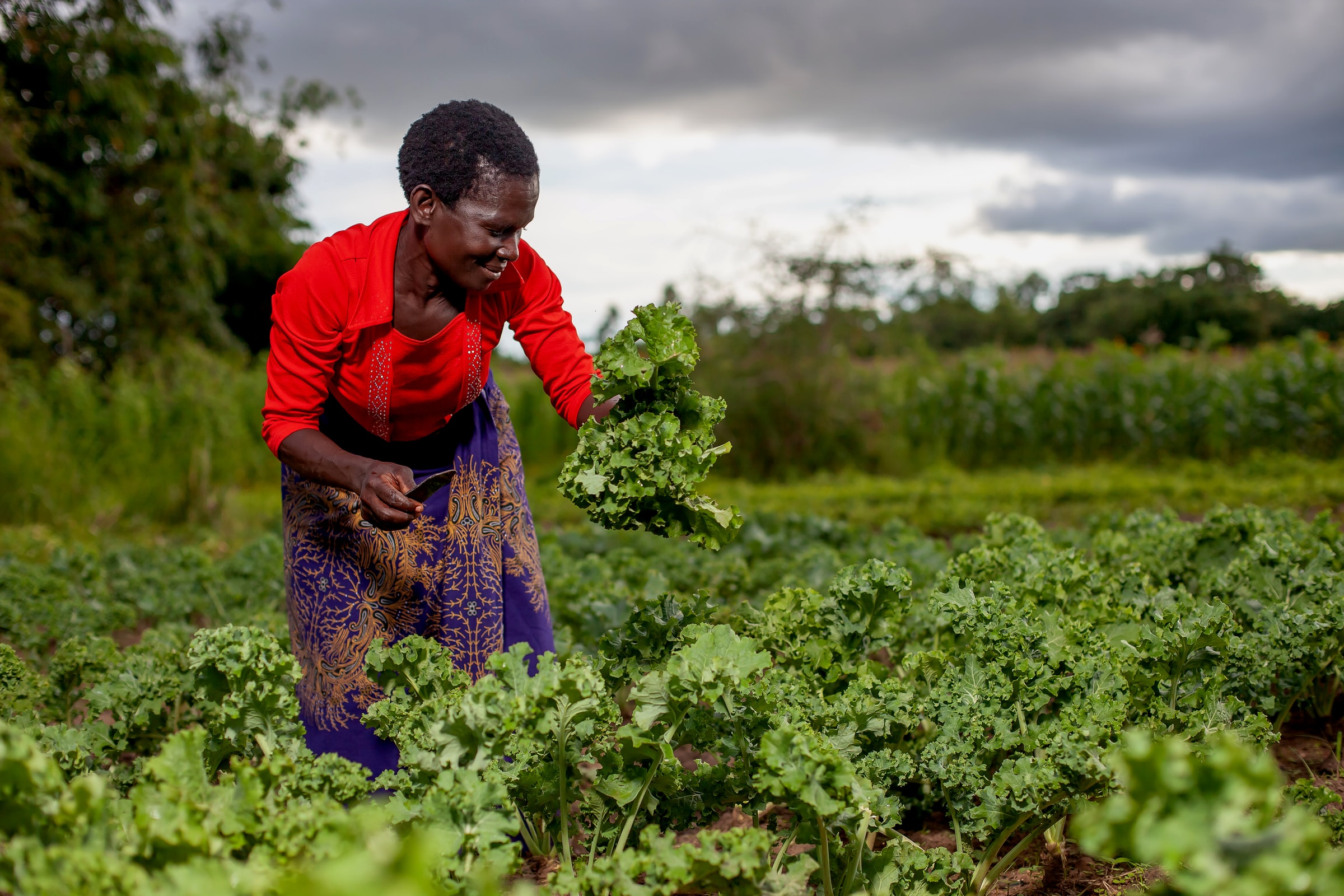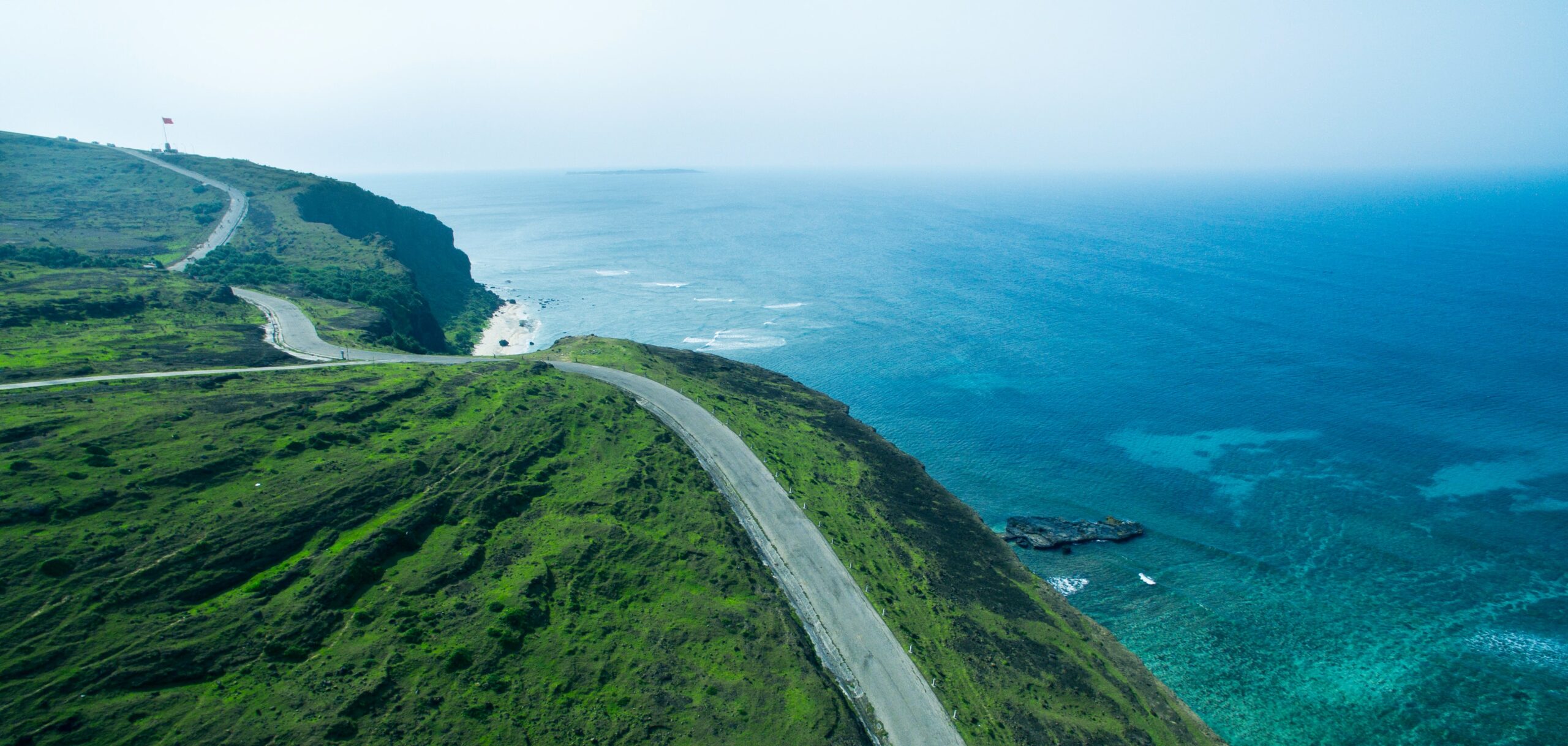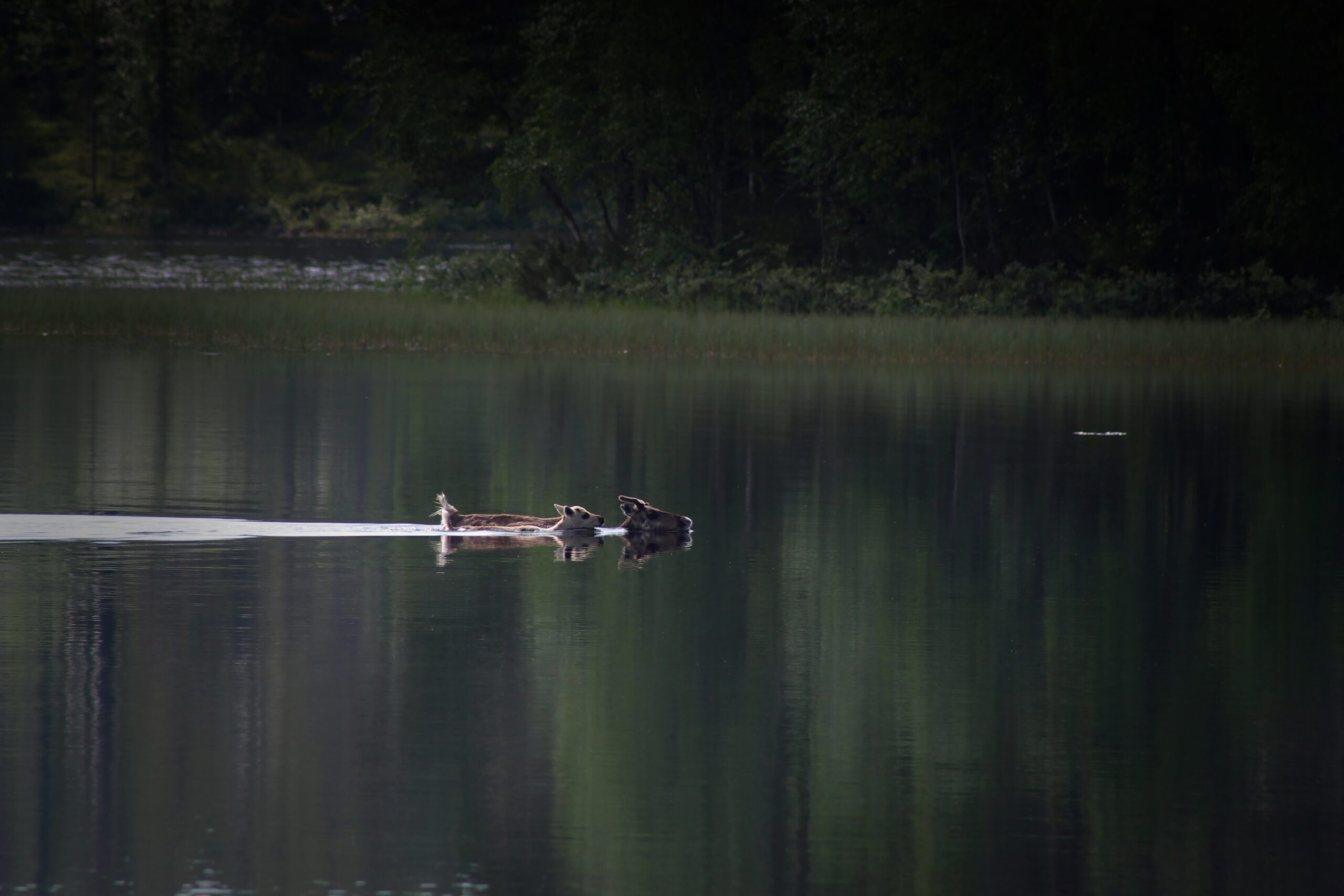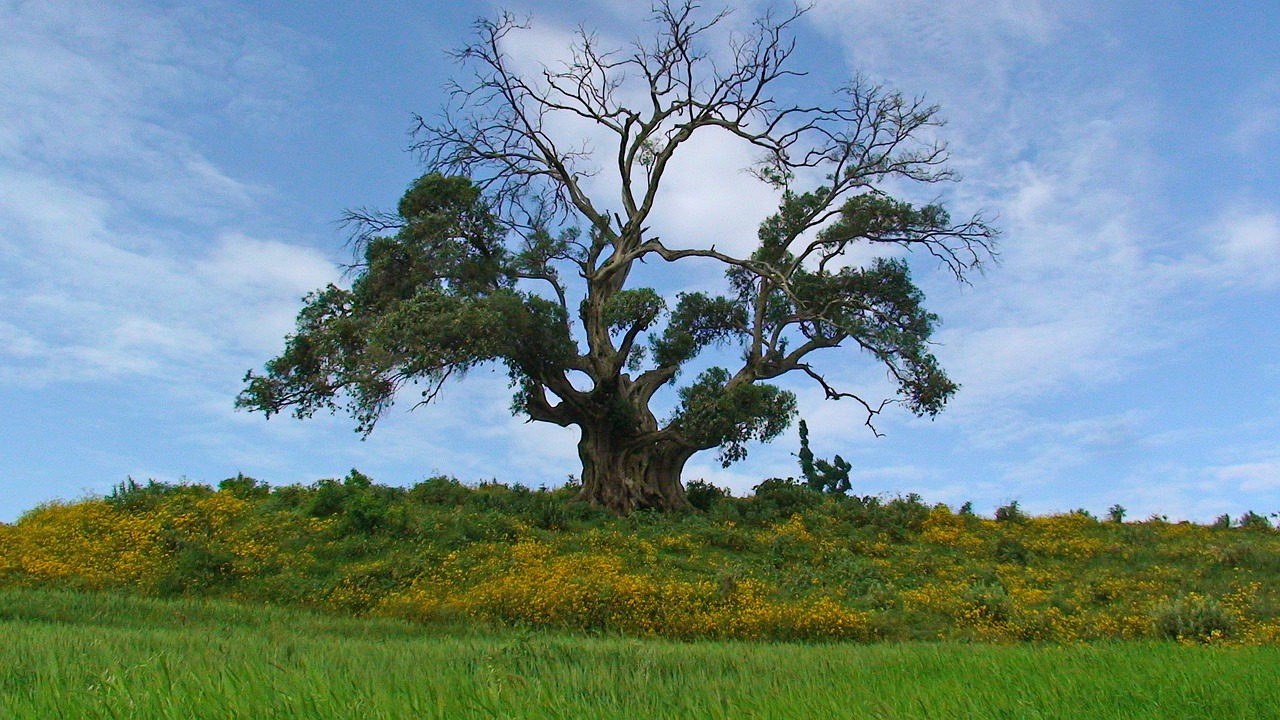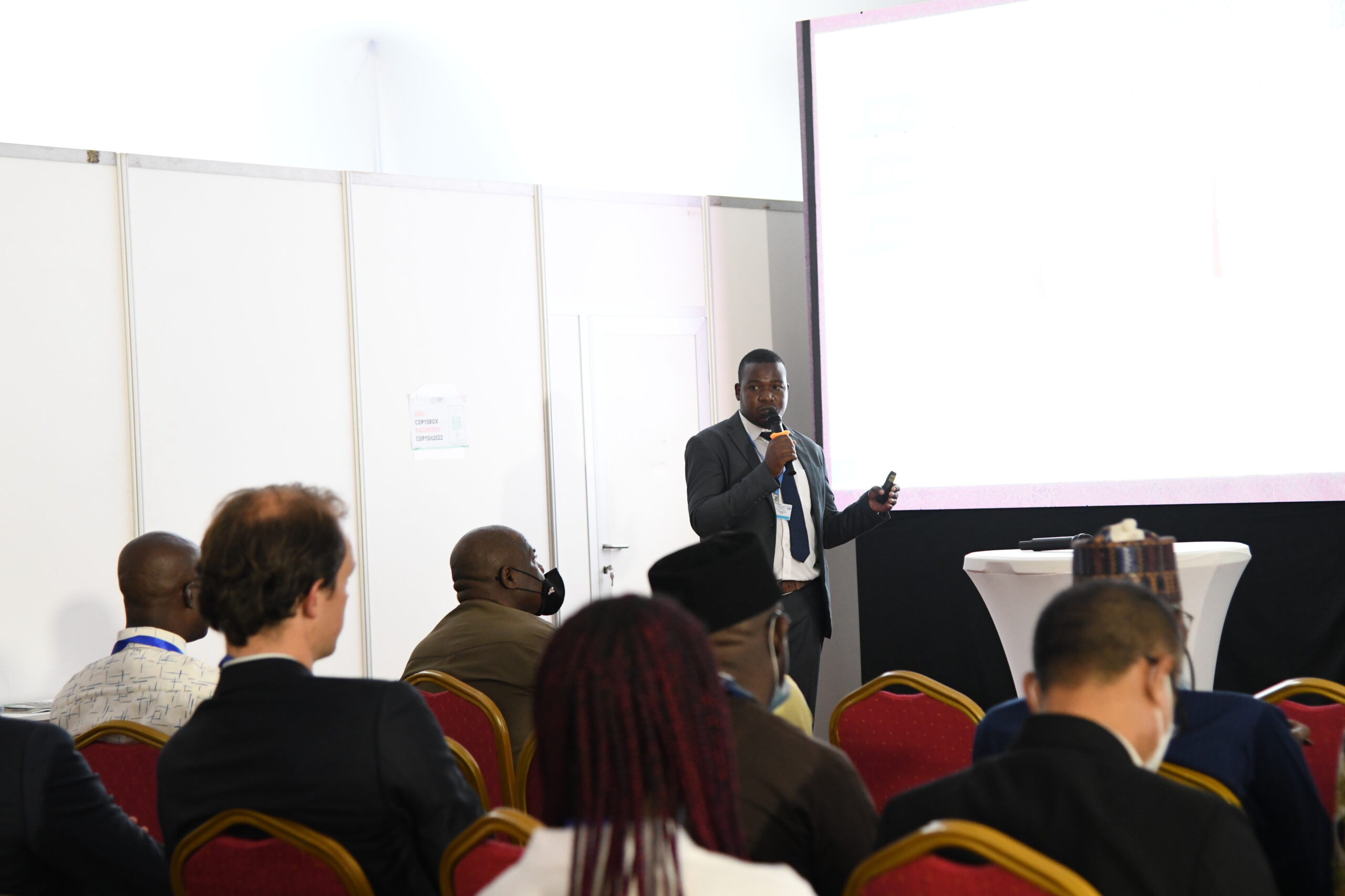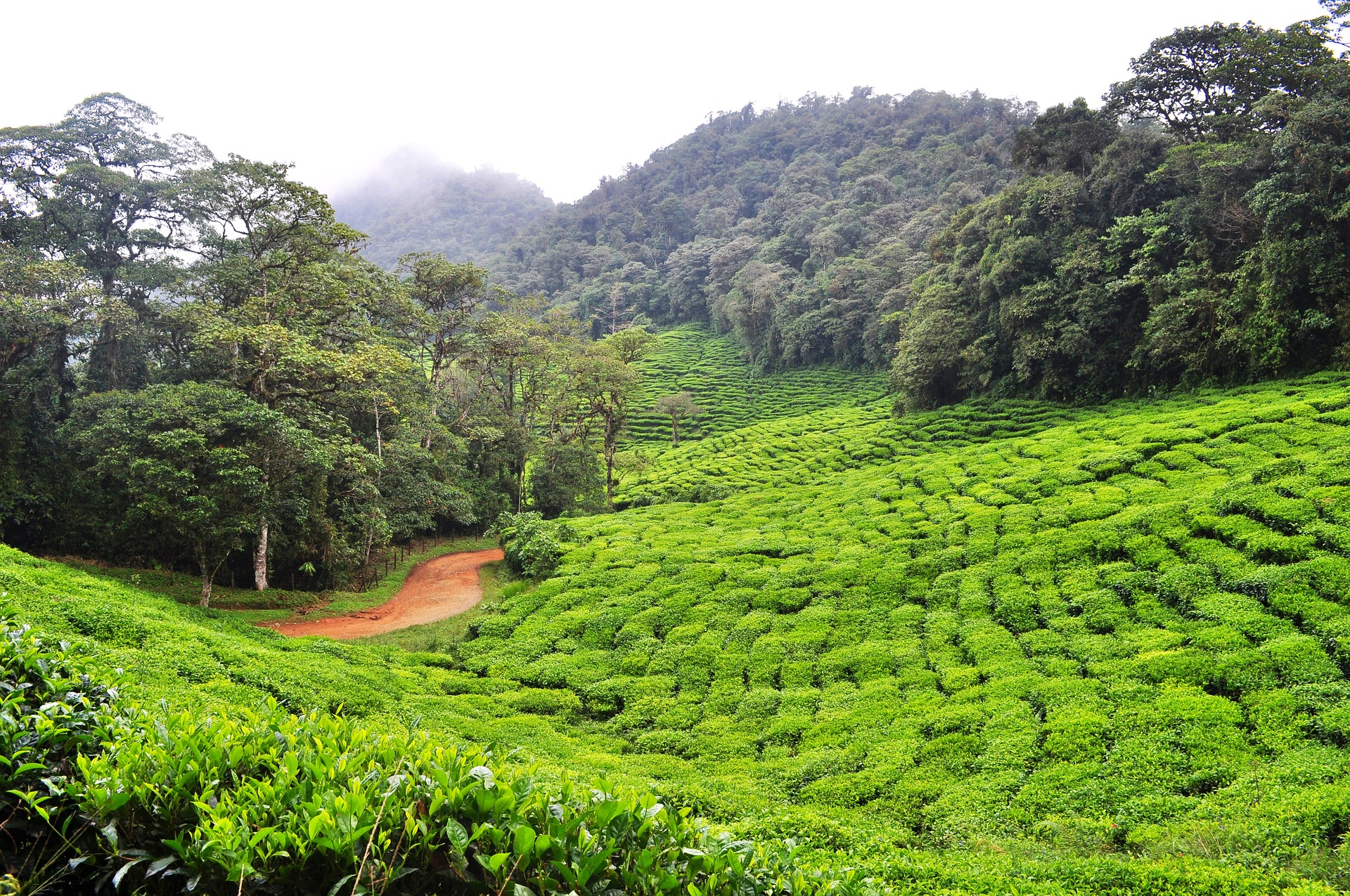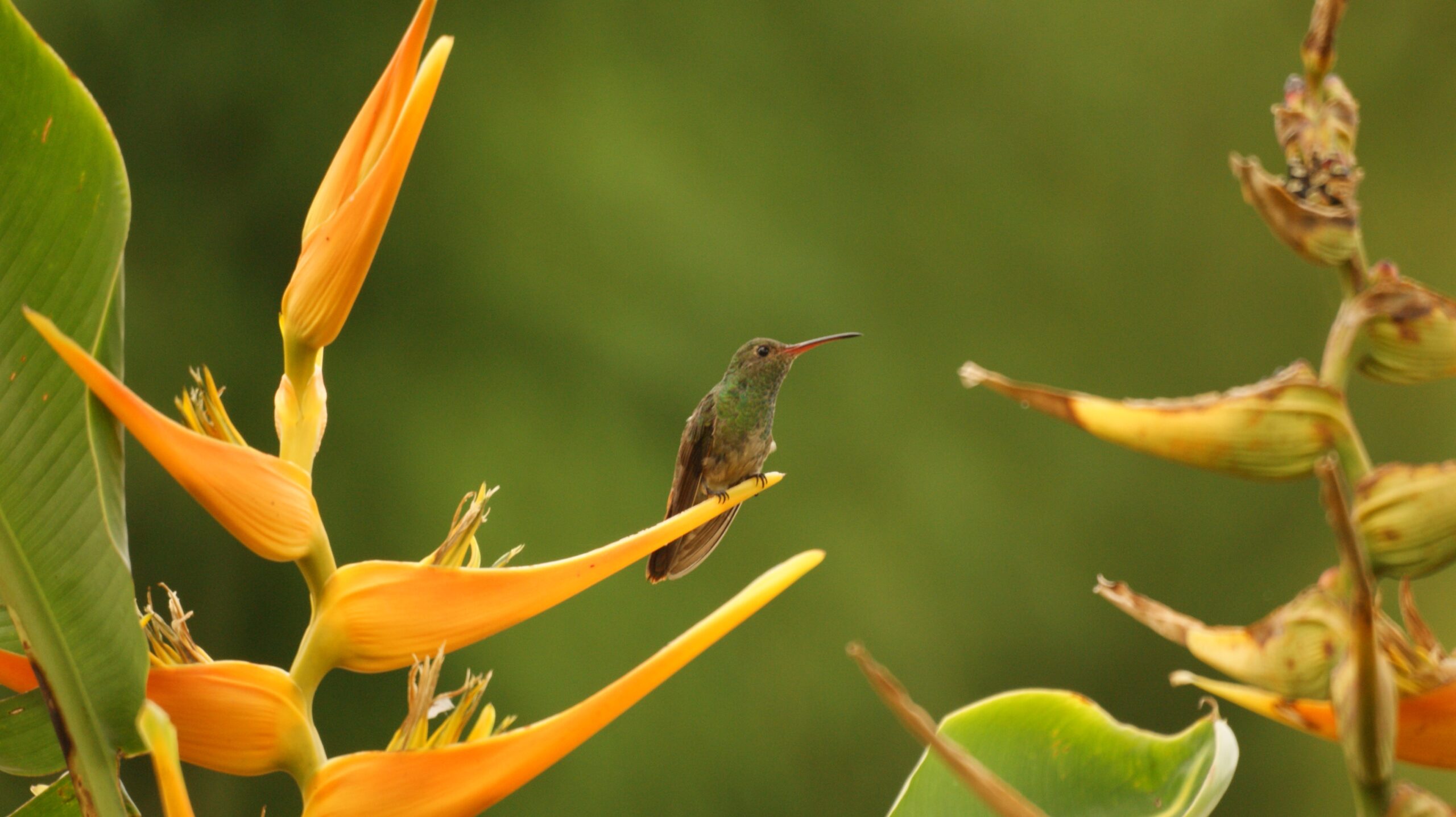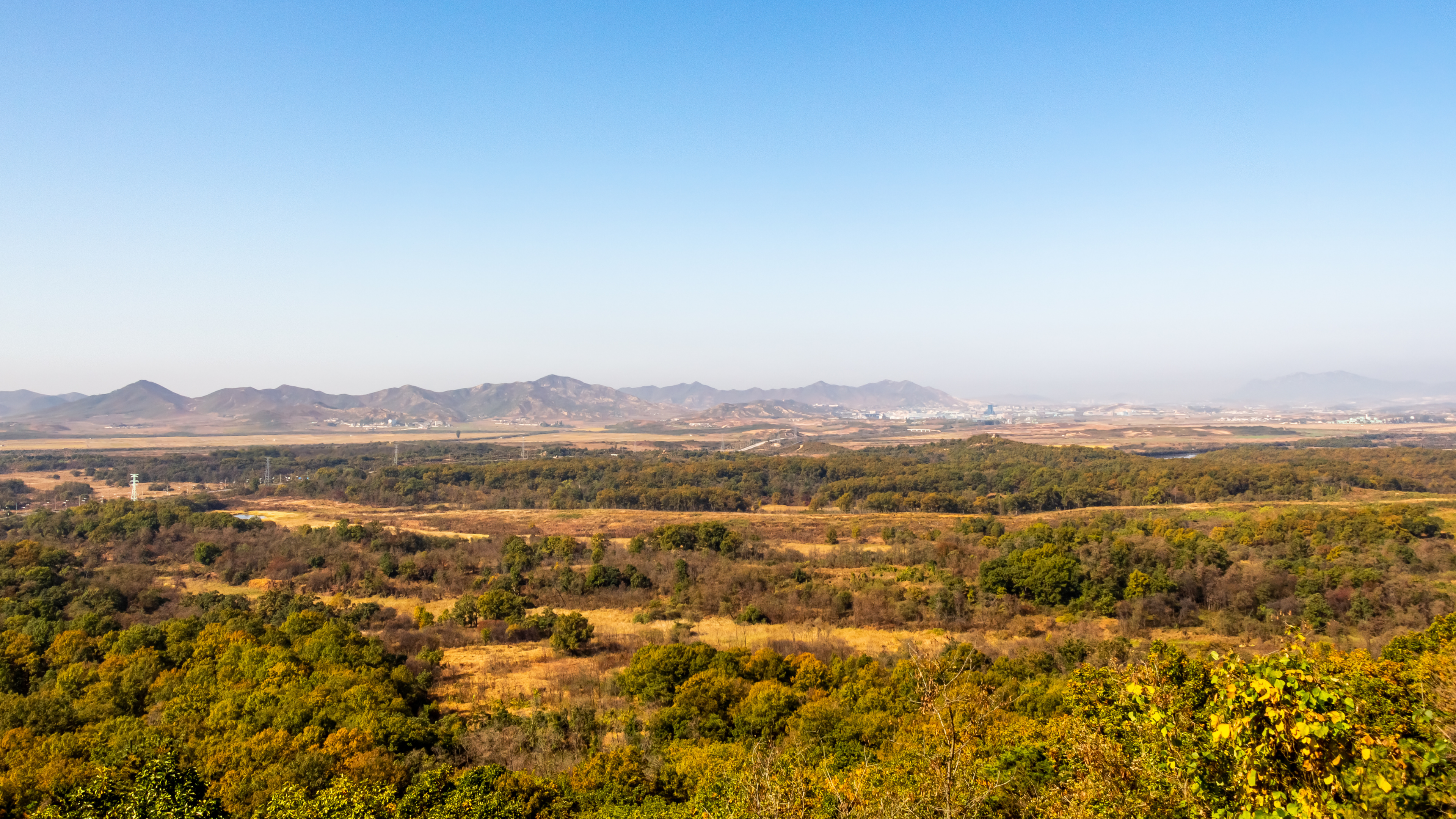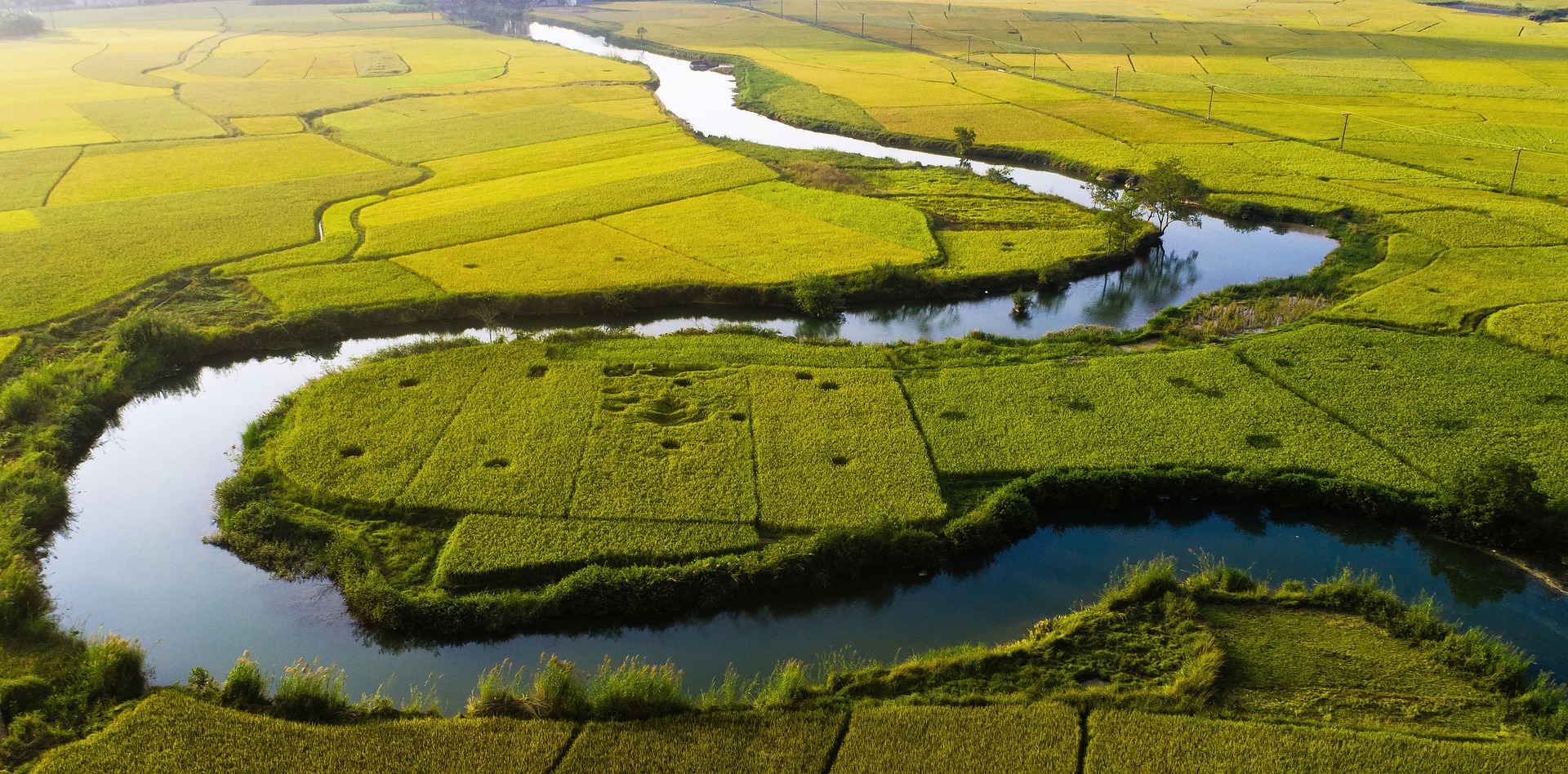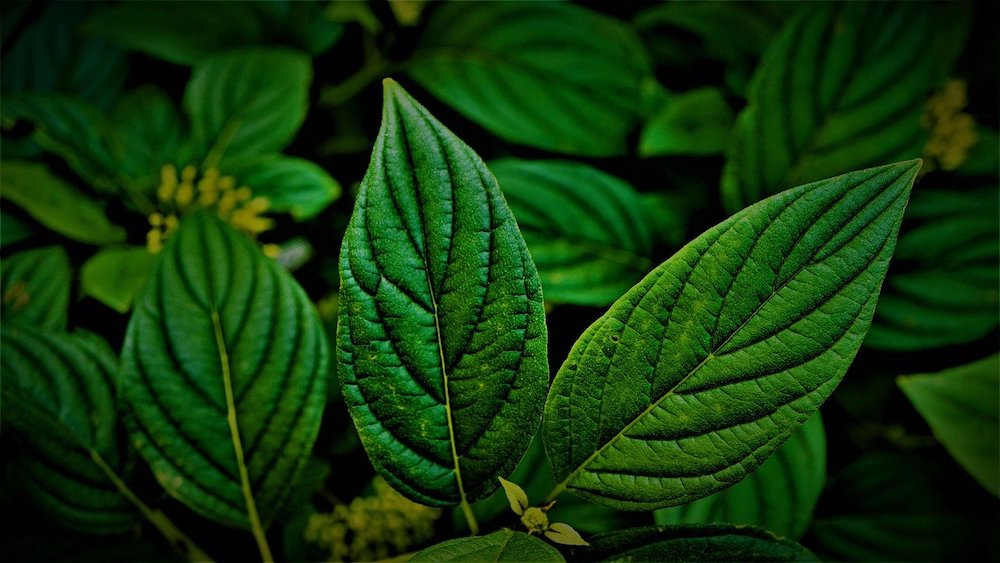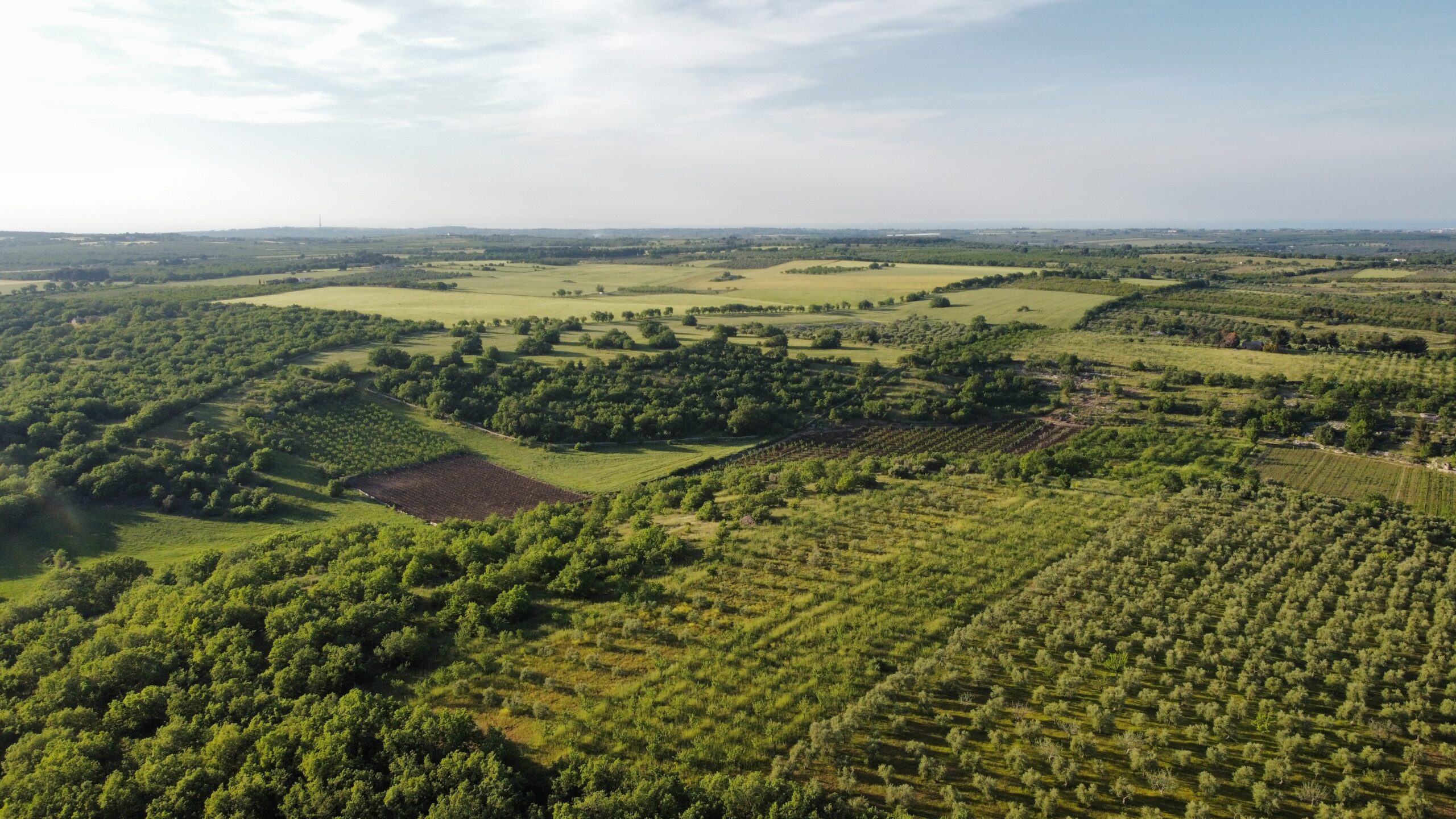GloFouling Partnerships: Strategic Efforts Against Marine Biofouling Invasion
A conversation with Lilia Khodjet El Khil, Project Technical Manager of GloFouling Partnerships
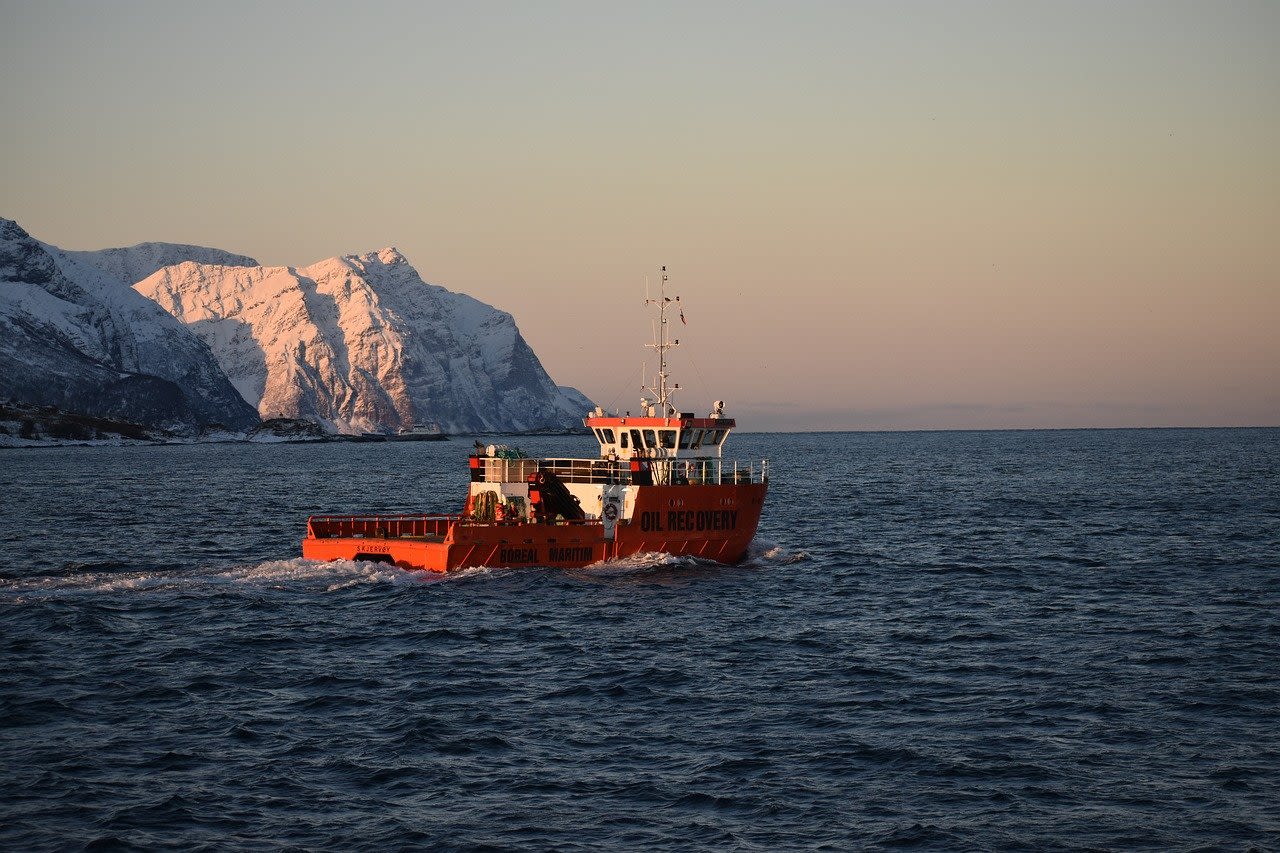
Photo by capdexai66 on Pixels
Photo by capdexai66 on Pixels

Image courtesy of Lilia Khodjet
Image courtesy of Lilia Khodjet
After obtaining her PhD in Maritime Law (Aix-Marseille, France), Dr Lilia Khodjet El Khil joined IMO at its regional office in the Mediterranean (REMPEC), where she spent nine years as a Programme Officer supporting Mediterranean coastal States to strengthen their capacity to implement regulations and good practices for marine environmental protection. Lilia was awarded the “Mérite Maritime” from the French Government in recognition of her work at REMPEC.
In 2010, Lilia relocated to Montreal, Canada, where she took the position of Interim Director, Environment, at the Shipping Federation of Canada, a trade association representing international shipping in Canada. She engaged with governments and guided members through complex regulatory and compliance issues. She later joined the CSL Group Inc., a major Canadian shipping company operating worldwide, where she held the position of Manager, Sustainability and Government Relations, to implement sustainable development standards in the company and advocate domestic shipping's interests at national and international levels.
Lilia launched her own consultancy business, Maritimis Consulting, in 2016. She provided services to the industry, governments and non-for-profit organizations on environment issues related to shipping. In June 2019, she joined IMO headquarters in London to lead one major IMO project dealing with marine biosafety, namely the GloFouling Partnerships project.

Image courtesy of Lilia Khodjet
Image courtesy of Lilia Khodjet
After obtaining her PhD in Maritime Law (Aix-Marseille, France), Dr Lilia Khodjet El Khil joined IMO at its regional office in the Mediterranean (REMPEC), where she spent nine years as a Programme Officer supporting Mediterranean coastal States to strengthen their capacity to implement regulations and good practices for marine environmental protection. Lilia was awarded the “Mérite Maritime” from the French Government in recognition of her work at REMPEC.
In 2010, Lilia relocated to Montreal, Canada, where she took the position of Interim Director, Environment, at the Shipping Federation of Canada, a trade association representing international shipping in Canada. She engaged with governments and guided members through complex regulatory and compliance issues. She later joined the CSL Group Inc., a major Canadian shipping company operating worldwide, where she held the position of Manager, Sustainability and Government Relations, to implement sustainable development standards in the company and advocate domestic shipping's interests at national and international levels.
Lilia launched her own consultancy business, Maritimis Consulting, in 2016. She provided services to the industry, governments and non-for-profit organizations on environment issues related to shipping. In June 2019, she joined IMO headquarters in London to lead one major IMO project dealing with marine biosafety, namely the GloFouling Partnerships project.
Imagine our oceans as bustling highways connecting continents and cultures.
But there's an unseen hitchhiker on this global journey: marine invasive alien species.
About 70% of these uninvited guests travel by clinging to ships, a process known as biofouling.1 These organisms have a profound negative impact on marine biodiversity, economy, food security and human health.
This startling fact comes from the Thematic Assessment of Invasive Alien Species (IAS) and Their Control (IAS report) by the Intergovernmental Science-Policy Platform on Biodiversity and Ecosystem Services (IPBES).
The IAS report emphasizes that the most effective – and often the only feasible – way to manage this issue is by preventing these species from hitching a ride in the first place.
In a world intricately linked by global trade and transport, what specific strategies are being employed to stop these covert travellers?
GloFouling Partnerships, led by the International Maritime Organization (IMO) in collaboration with the United Nations Development Programme (UNDP) and the Global Environment Facility (GEF), is at the forefront of the battle against the unseen invasion of species through biofouling.
Photo by Tone4751 on Wikimedia Commons
Photo by Tone4751 on Wikimedia Commons
Could you explain the main focus and strategy of the GloFouling Partnerships project?
The GloFouling Partnerships project, an evolution of the IMO's efforts initiated by the GloBallast Programme to address invasive aquatic species through ships’ ballast water, primarily focuses on biofouling on ships as a key vector for spreading invasive aquatic species. Our strategy revolves around raising awareness, increasing technical expertise and implementing policy and institutional reforms in developing countries. We target biofouling on ships, engaging stakeholders at local, national, regional and intergovernmental levels. We work closely with a diverse range of partners, including 12 lead partnering countries that receive technical support from the project to promote the IMO Biofouling Guidelines and best management practices.
How does the project align with and contribute to broader environmental and maritime goals?
By managing biofouling, we address two crucial environmental concerns: controlling the spread of IAS and reducing greenhouse gas (GHG) emissions from shipping. Biofouling increases ships' drag and fuel consumption, thus elevating GHG emissions. Our project intersects significantly with global efforts to combat climate change and biodiversity loss.
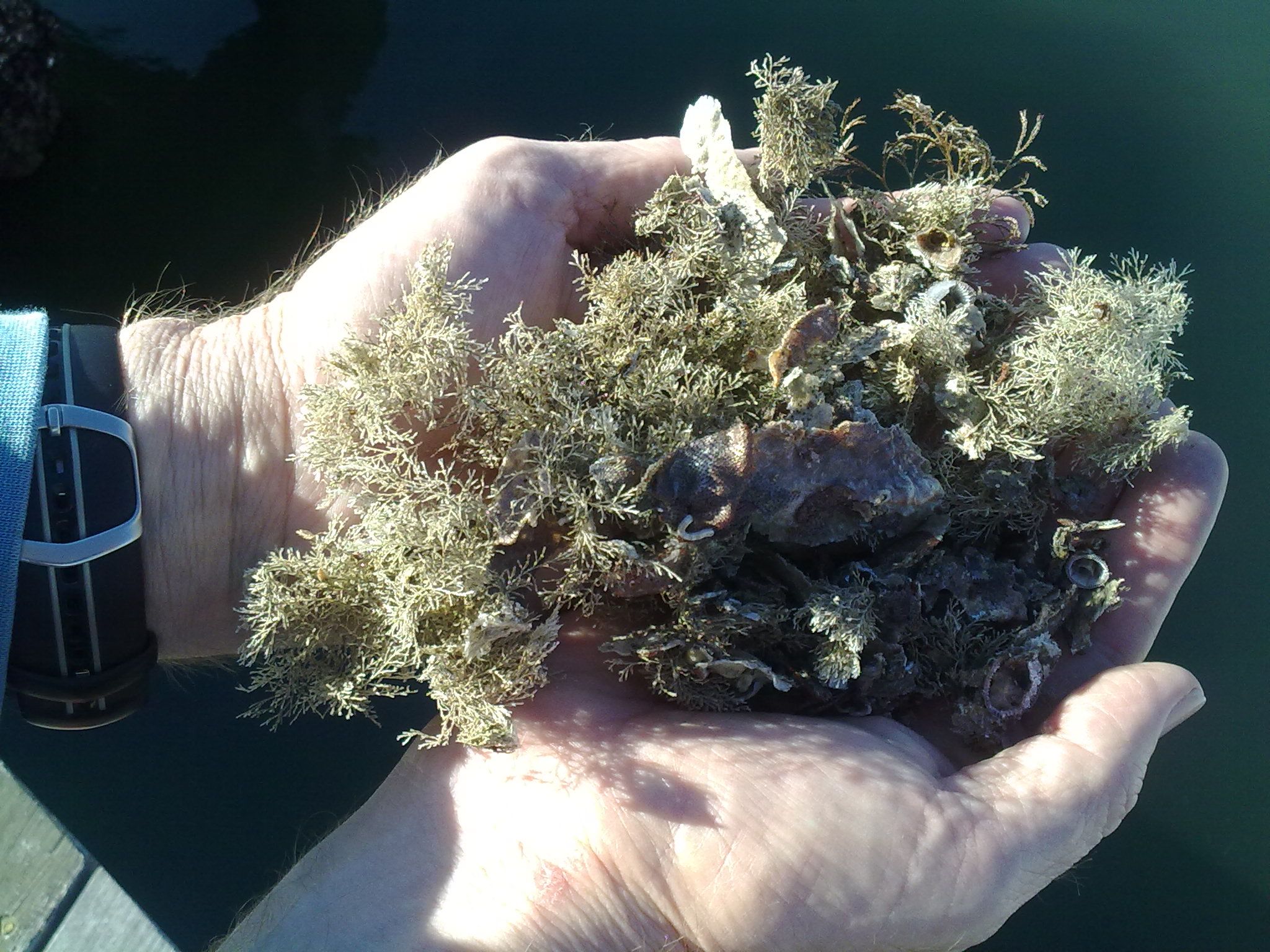
Photo by Doug Beckers on Wikimedia Commons
Photo by Doug Beckers on Wikimedia Commons
What are the key challenges in increasing awareness and expertise about biofouling among your partnering countries?
Initially, the biggest challenge was the lack of knowledge and awareness on the biofouling issue for marine biodiversity, even within the maritime community. Many confused biofouling with antifouling or biofueling.
One of our biggest efforts at the start was therefore raising awareness. The magnitude of the impact was also greatly underestimated. Thankfully, the work of IPBES – especially the latest IAS report – has helped highlight this problem and the need for action.
Another challenge is the diversity of countries and regions we work with. Each has unique needs and circumstances, requiring tailored approaches in policy development, training and technical support.
How does the project leverage industry collaboration to tackle the issue of biofouling?
Industry collaboration is pivotal to help solve the issue. Our Global Industry Alliance for Marine Biosafety brings together private companies that manage biofouling. This collaboration helps us understand the nuances of issues from a technology point of view, as well as the solutions available to prevent and clean biofouling on ships. We channel this knowledge to our partner countries through demonstration projects and shared best practices, showcasing available market technologies and the industry's role in addressing biofouling.
Can you share some insights into the project's impact and future directions?
Our impact has been multifaceted. We've significantly raised awareness and disseminated knowledge through the publication of best management practices. We increased understanding and expertise on biofouling management in the developing countries through training and supported the development of status assessments and policy formulation.
The economic aspects of managing invasions and the costs of inaction have also been a focus. We aim to solidify these achievements and ensure sustainable practices continue beyond the current phase of the project. Invasive species is an issue at the global level, and we believe there is a need to replicate and upscale efforts to address it. The groundwork we've laid in capacity-building, policy development and international collaboration should not be lost; it should guide future and increased efforts in managing biofouling and protecting marine ecosystems from invasive species.
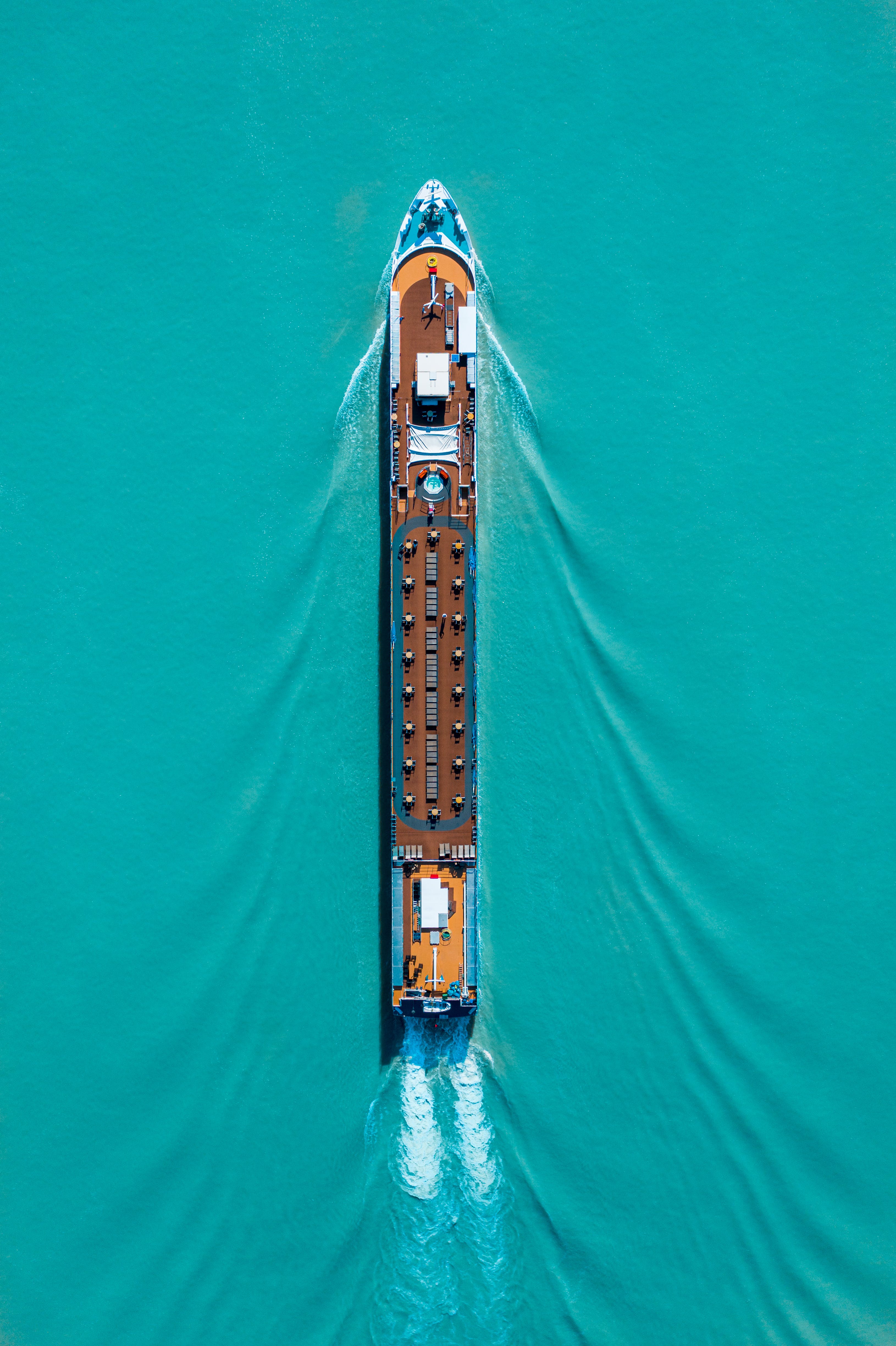
Photo by Dominik Reiter on Pexels
Photo by Dominik Reiter on Pexels
In a world intricately linked by global trade and transport, what specific strategies are being employed to stop these covert travellers?
GloFouling Partnerships, led by the International Maritime Organization (IMO) in collaboration with the United Nations Development Programme (UNDP) and the Global Environment Facility (GEF), is at the forefront of the battle against the unseen invasion of species through biofouling.
Could you explain the main focus and strategy of the GloFouling Partnerships project?
The GloFouling Partnerships project, an evolution of the IMO's efforts initiated by the GloBallast Programme to address invasive aquatic species through ships’ ballast water, primarily focuses on biofouling on ships as a key vector for spreading invasive aquatic species. Our strategy revolves around raising awareness, increasing technical expertise and implementing policy and institutional reforms in developing countries. We target biofouling on ships, engaging stakeholders at local, national, regional and intergovernmental levels. We work closely with a diverse range of partners, including 12 lead partnering countries that receive technical support from the project to promote the IMO Biofouling Guidelines and best management practices.
How does the project align with and contribute to broader environmental and maritime goals?
By managing biofouling, we address two crucial environmental concerns: controlling the spread of IAS and reducing greenhouse gas (GHG) emissions from shipping. Biofouling increases ships' drag and fuel consumption, thus elevating GHG emissions. Our project intersects significantly with global efforts to combat climate change and biodiversity loss.

Photo by Doug Beckers on Wikimedia Commons
Photo by Doug Beckers on Wikimedia Commons
What are the key challenges in increasing awareness and expertise about biofouling among your partnering countries?
Initially, the biggest challenge was the lack of knowledge and awareness on the biofouling issue for marine biodiversity, even within the maritime community. Many confused biofouling with antifouling or biofueling.
One of our biggest efforts at the start was therefore raising awareness. The magnitude of the impact was also greatly underestimated. Thankfully, the work of IPBES – especially the latest IAS report – has helped highlight this problem and the need for action.
Another challenge is the diversity of countries and regions we work with. Each has unique needs and circumstances, requiring tailored approaches in policy development, training and technical support.
How does the project leverage industry collaboration to tackle the issue of biofouling?
Industry collaboration is pivotal to help solve the issue. Our Global Industry Alliance for Marine Biosafety brings together private companies that manage biofouling. This collaboration helps us understand the nuances of issues from a technology point of view, as well as the solutions available to prevent and clean biofouling on ships. We channel this knowledge to our partner countries through demonstration projects and shared best practices, showcasing available market technologies and the industry's role in addressing biofouling.
Can you share some insights into the project's impact and future directions?
Our impact has been multifaceted. We've significantly raised awareness and disseminated knowledge through the publication of best management practices. We increased understanding and expertise on biofouling management in the developing countries through training and supported the development of status assessments and policy formulation.
The economic aspects of managing invasions and the costs of inaction have also been a focus. We aim to solidify these achievements and ensure sustainable practices continue beyond the current phase of the project. Invasive species is an issue at the global level, and we believe there is a need to replicate and upscale efforts to address it. The groundwork we've laid in capacity-building, policy development and international collaboration should not be lost; it should guide future and increased efforts in managing biofouling and protecting marine ecosystems from invasive species.

Photo by Dominik Reiter on Pexels
Photo by Dominik Reiter on Pexels
Do you want to dive deeper into the world of invasive alien species? Start your exploration with the comprehensive IPBES IAS report, where you'll find detailed factsheets and in-depth insights into these ecological invaders.
Are you interested in the work of GloFouling Partnerships? Please visit the website https://www.glofouling.imo.org/ and check their knowledge hub, which includes rich databases and research on marine IAS.



